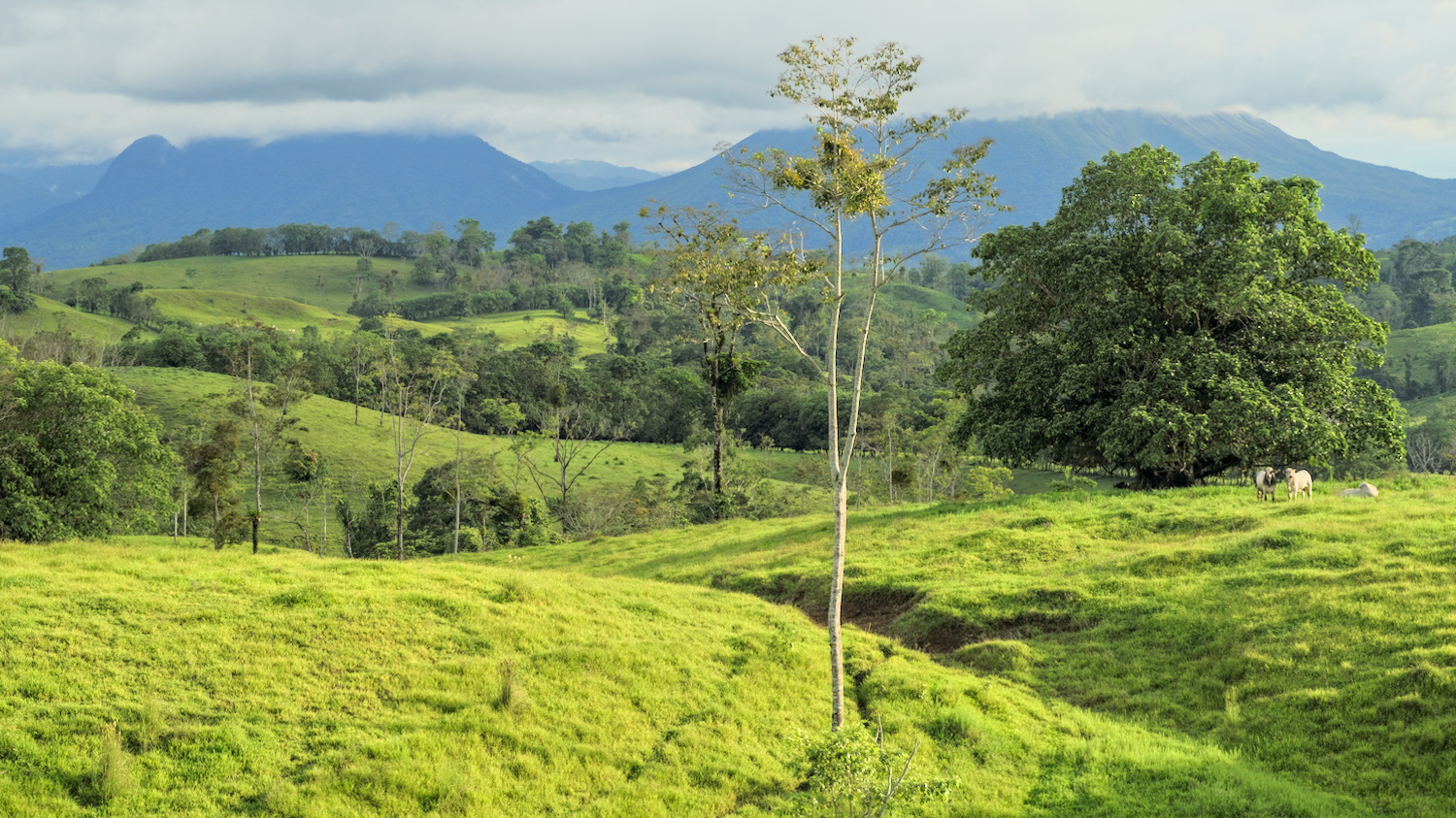
The volcanoes are keeping a low profile.
Expensive and bursting with Western culture – that was my image of the small country between Nicaragua and Panama. A country that is best travelled through quickly as a budget traveller on a bike. Of course, I hadn’t done any research, these ‘facts’ were just what I had picked up from other cycle travellers. Although this picture was not entirely based on false facts, in the end I was quite enthusiastic about Costa Rica because there were a few surprises.
First of all: Yes, you need a little more travelling budget for Costa Rica. Food prices were sometimes higher than in the United States, but fortunately accommodation was not on a US level. In the tourist regions, there were hostels with reasonable prices for a bed in a dormitory, but in the non-touristy areas there were only hotels at higher prices.
But how do these prices, which are quite high for Central America, come up? One crucial factor is Costa Rica’s education system. The country began developing a school system shortly after declaring independence in 1824 and still invests around 7% of its national budget in education today. Secondly, Costa Rica is the most stable country in the region, with a presidential democracy that has existed since 1948 and regular, organised elections. These two factors have contributed significantly to the prosperity of the country, whose economic performance today is mainly based on the service sector, some industry, tourism and only five per cent on agriculture. [1] Although 20% of the country’s population still lives below the poverty line, this is a significantly smaller proportion than in El Salvador, Honduras or Nicaragua. Due to the country’s prosperity, prices have risen to US or even Western European levels.
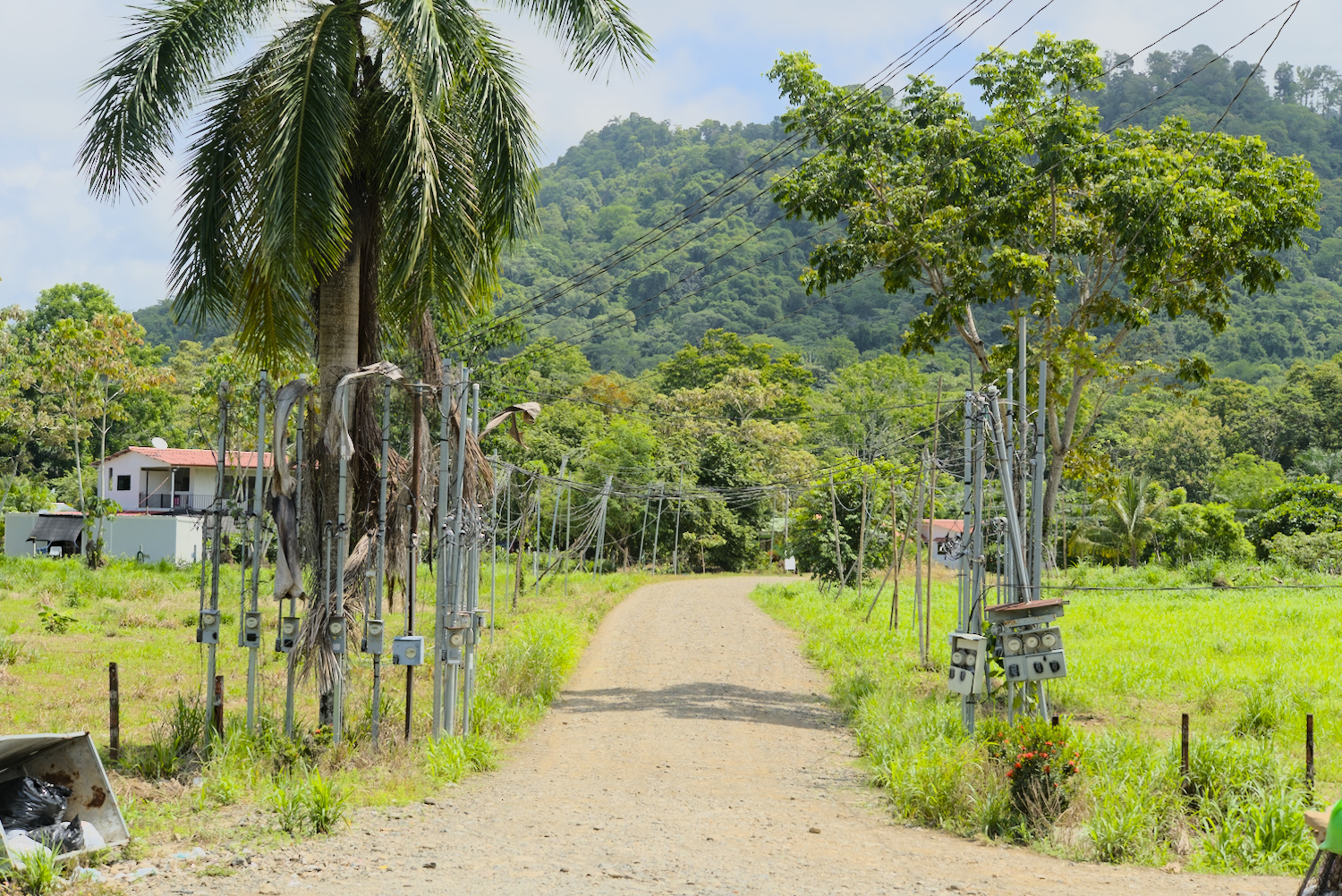
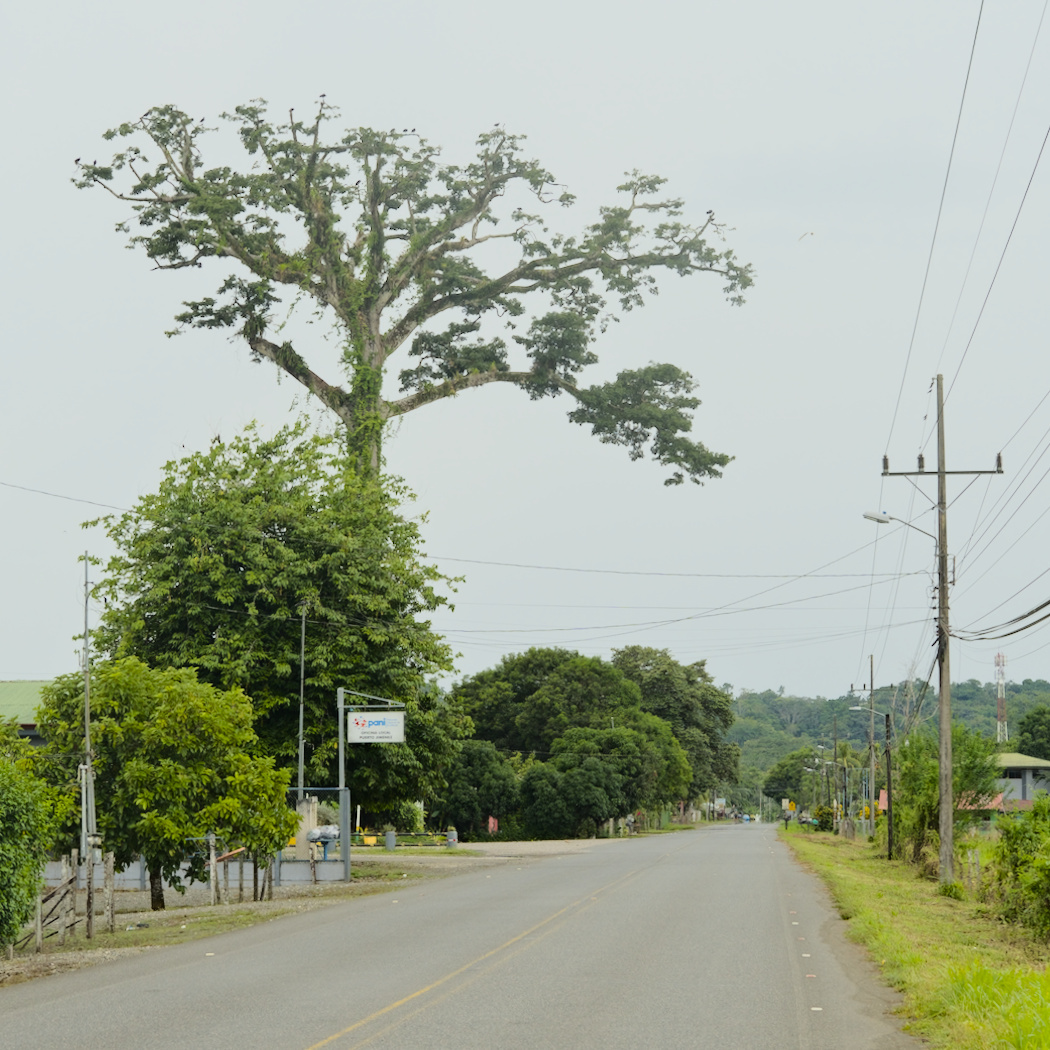
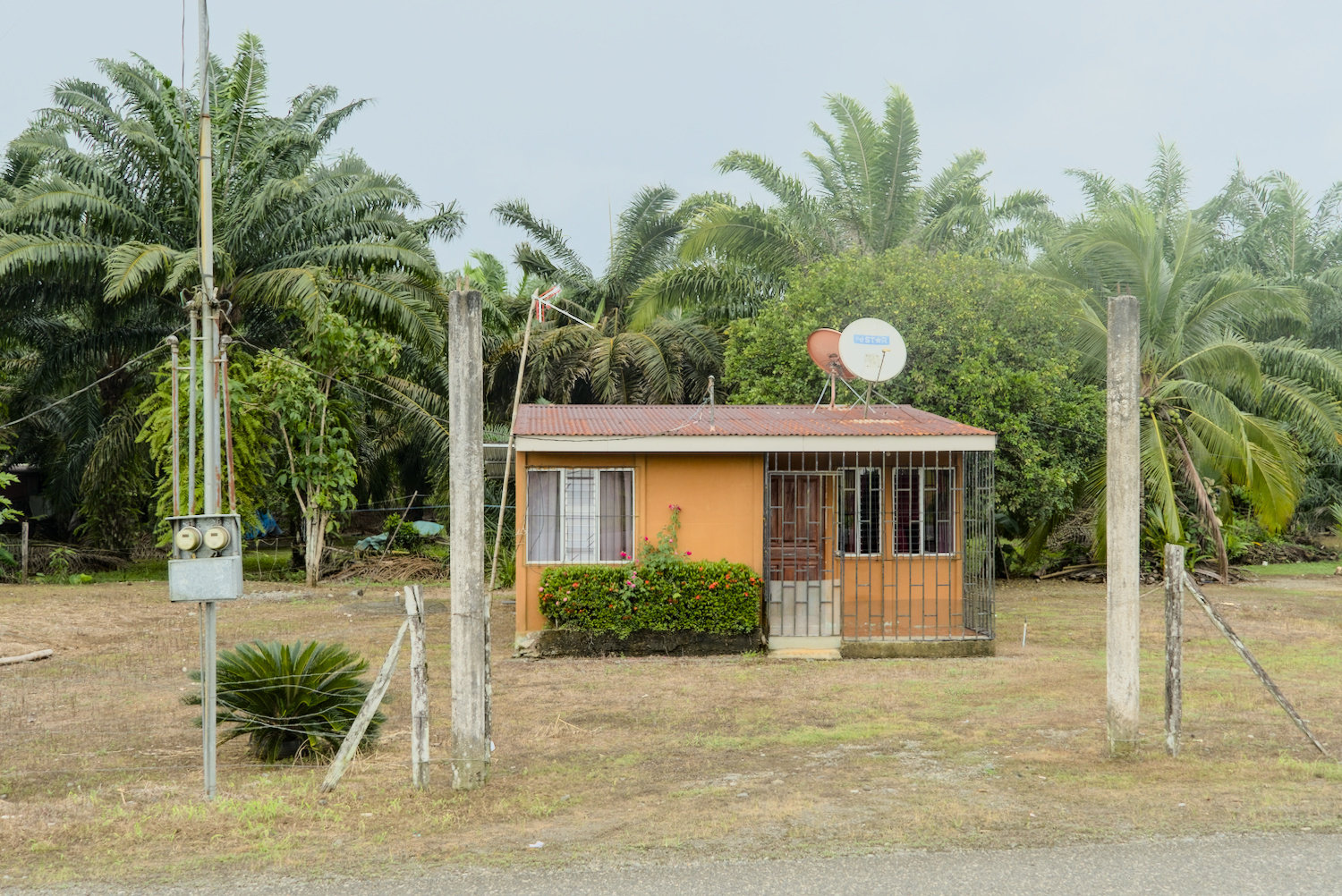
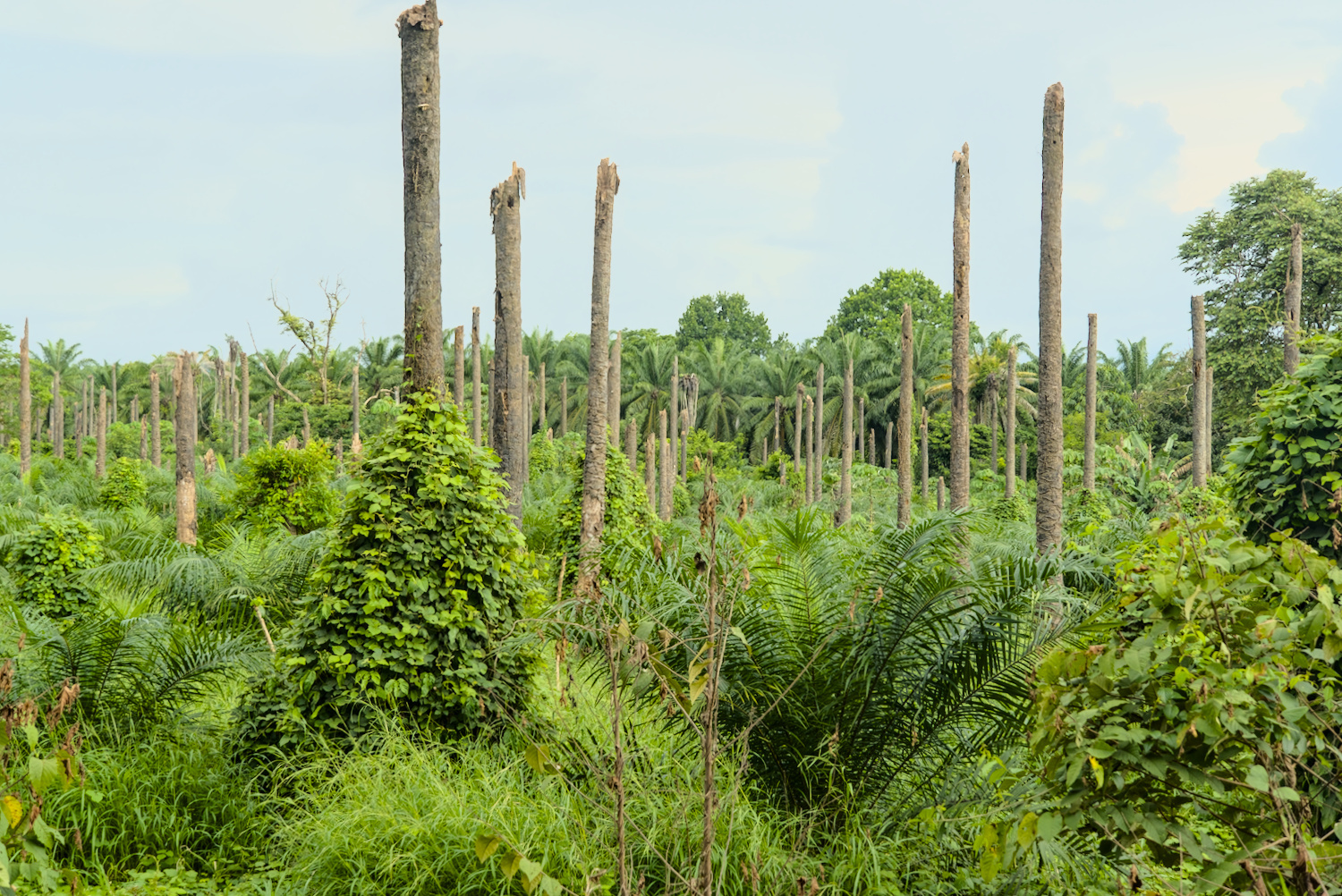
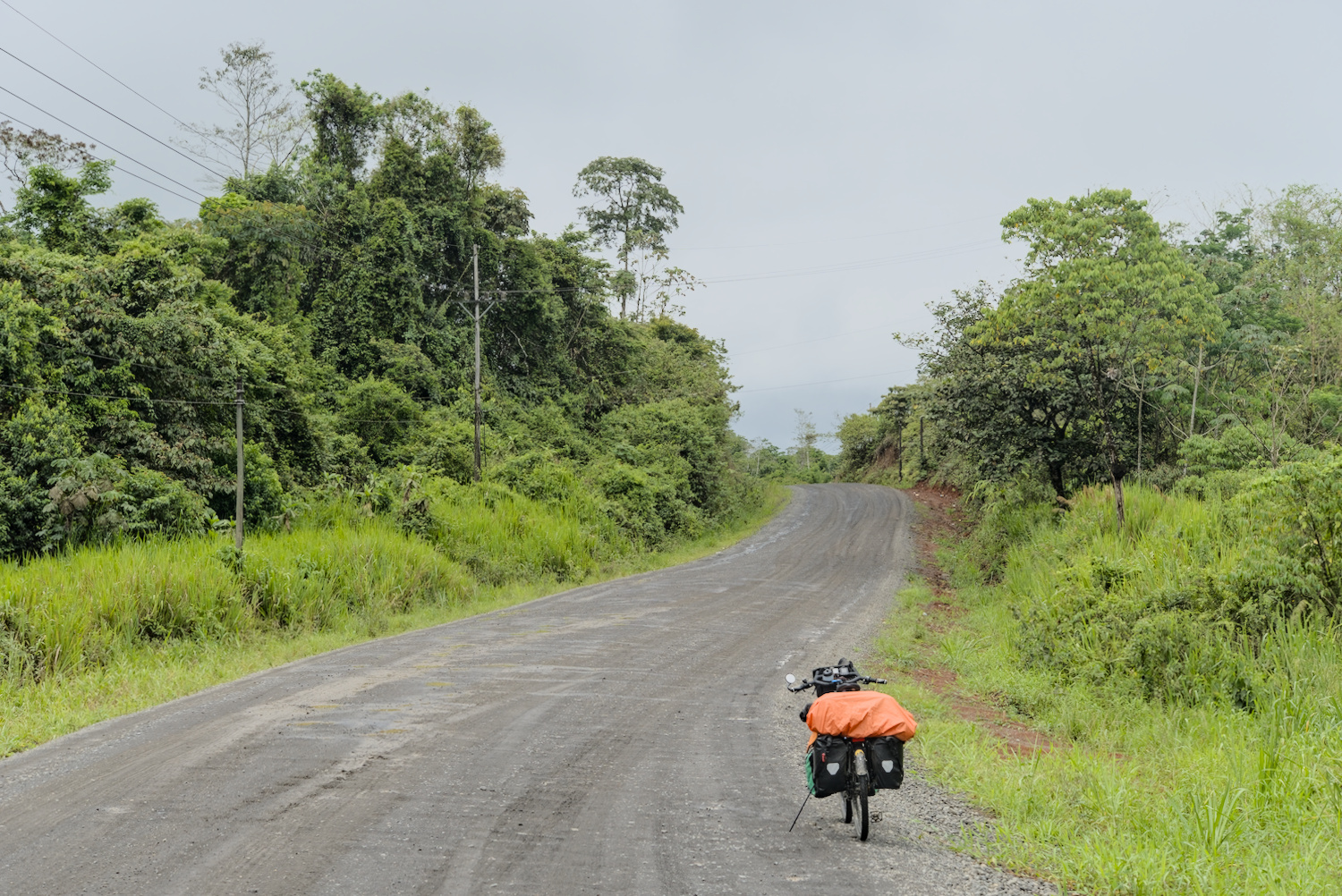
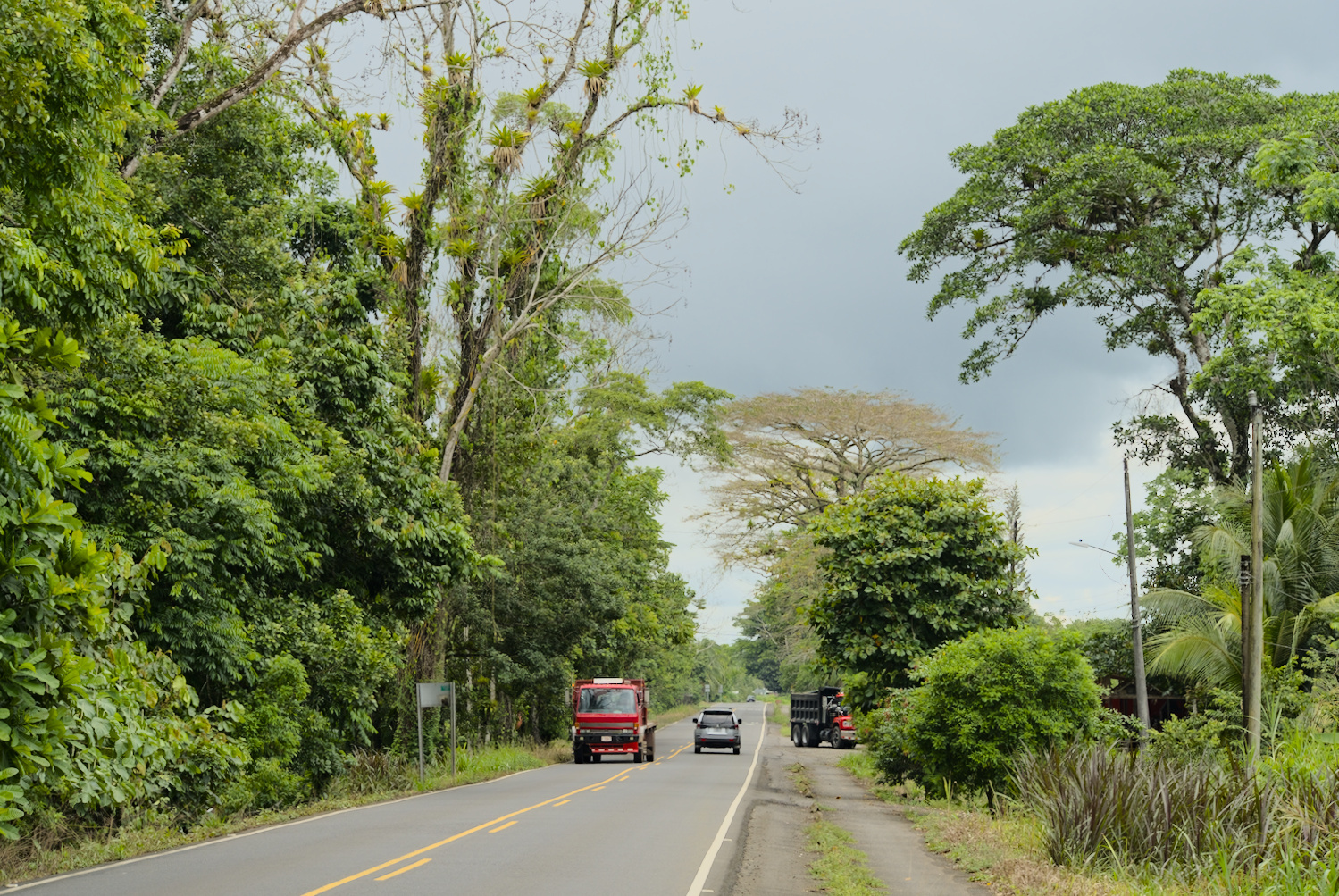
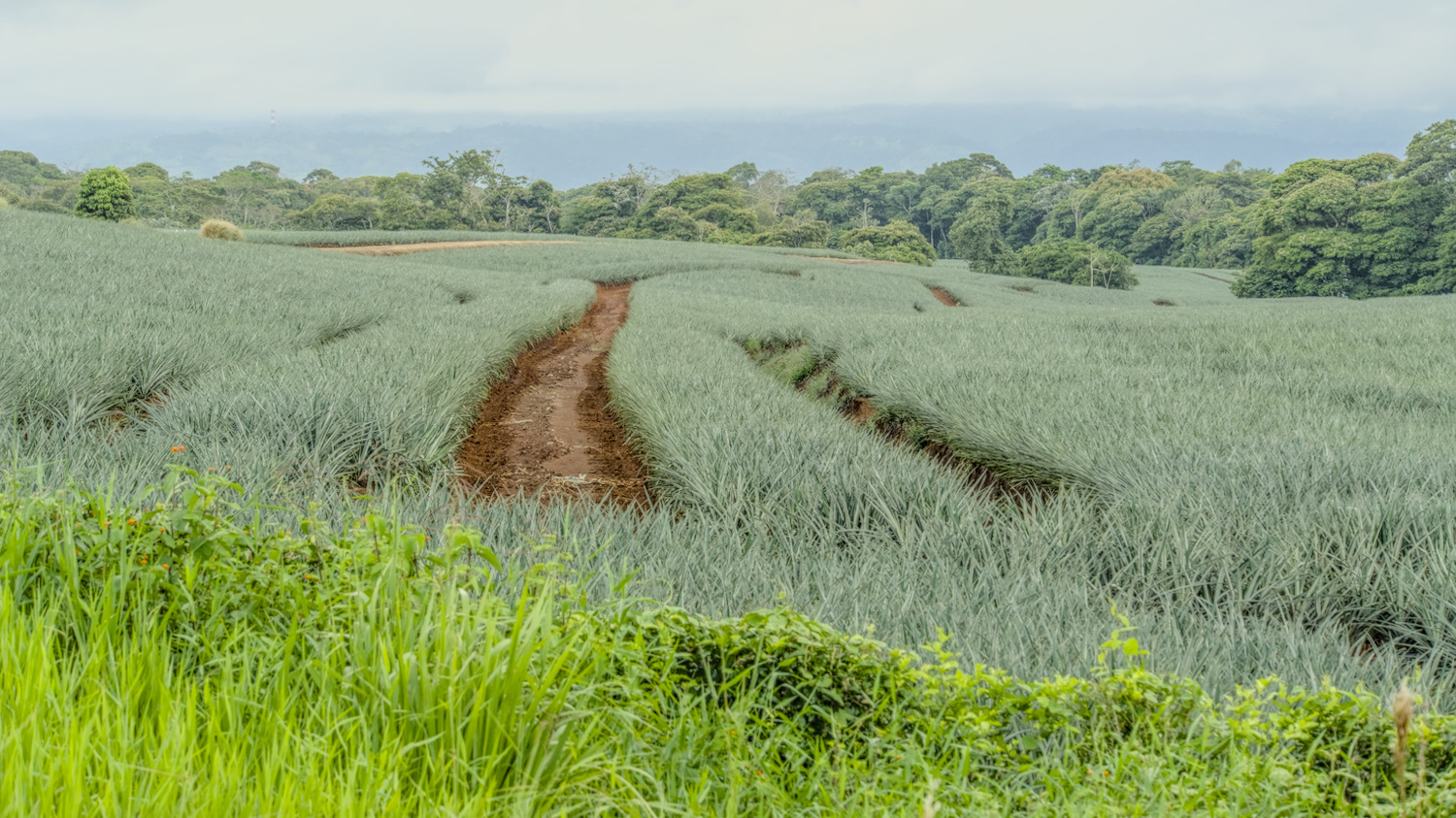
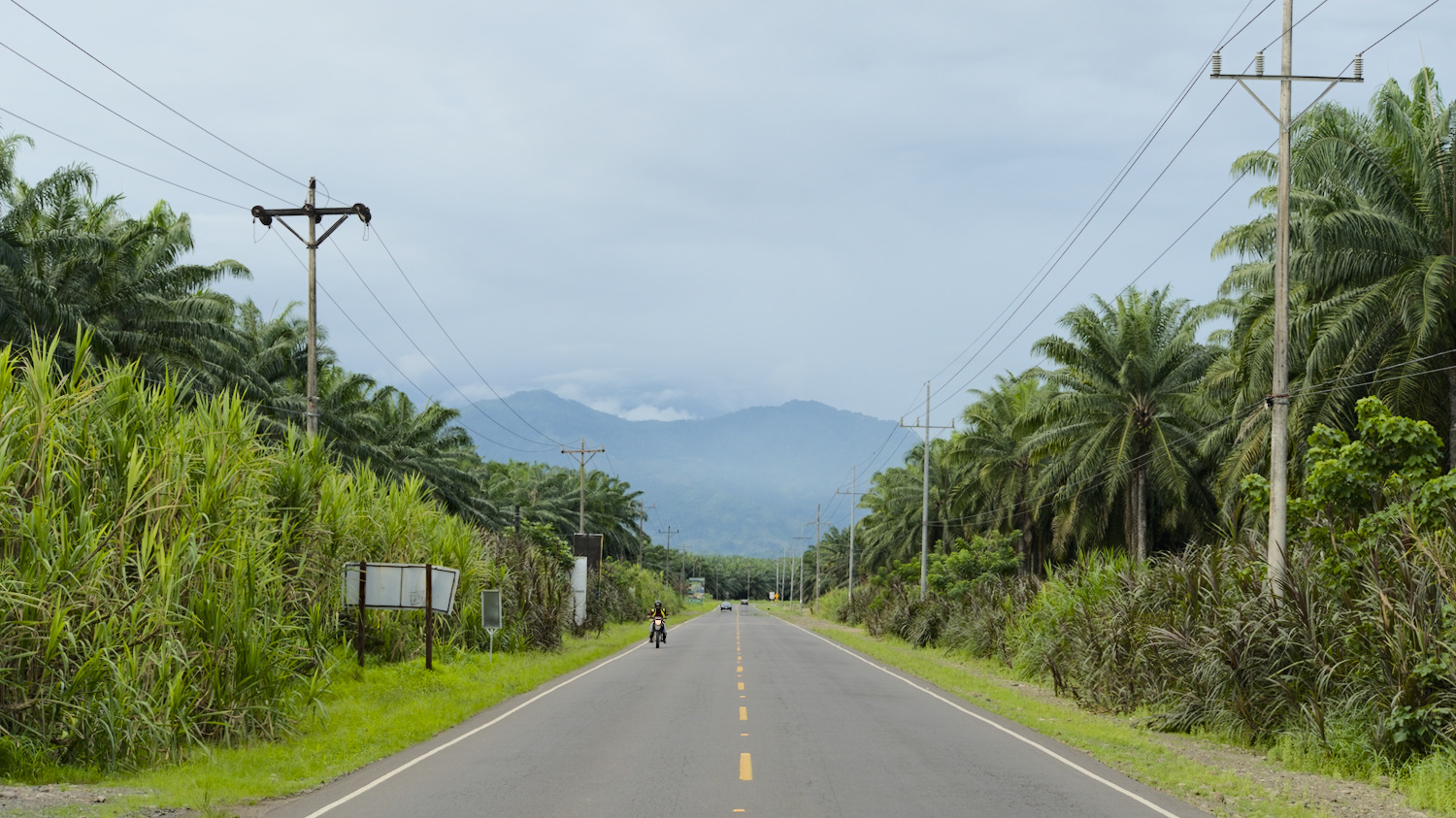
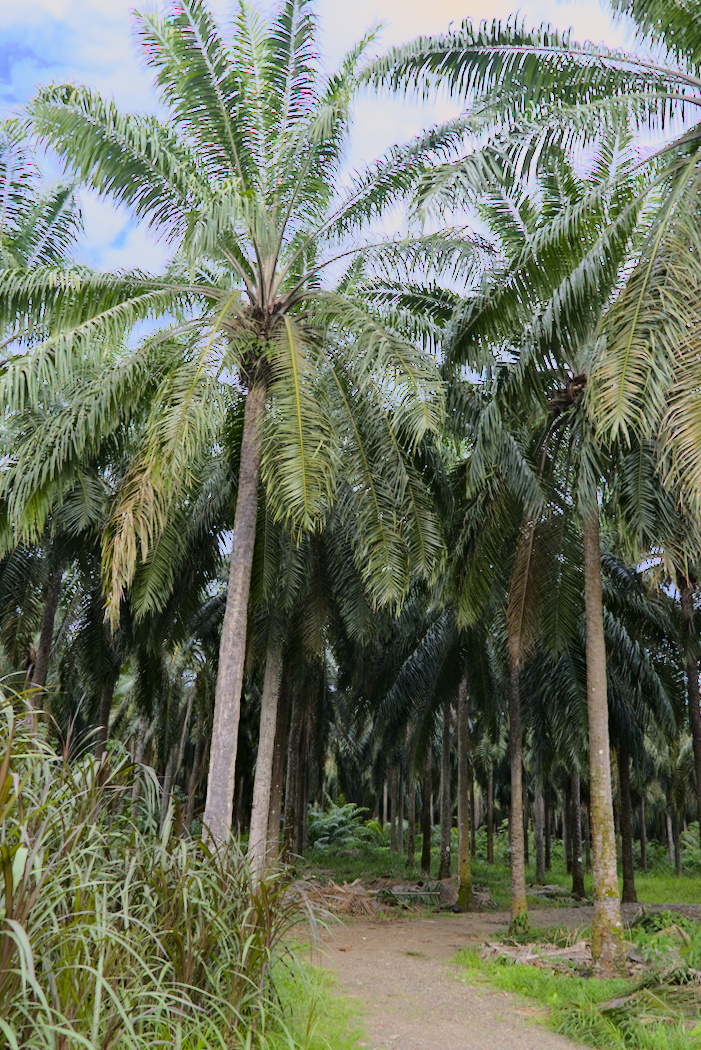
So I was cycling through a fairly wealthy country, and this was not only evident from the prices, but also from the extremely diverse range of products on offer in the grocery shops, for example. Costa Rica seemed pretty clean to me – the rubbish on the roadside was limited and I don’t think I saw any wild rubbish dumps. And as sad as that may sound, it’s a different story in poorer countries. In general, it looked quite tidy and well-kept everywhere. There were lots of modern vehicles on the roads, and every now and then I even spotted charging points for electric vehicles. However, there were still simple huts and some rather makeshift-looking installations, albeit not to the same extent as in neighbouring countries. As already mentioned, a significant proportion of the population in Costa Rica lives below the poverty line – the gap between rich and poor is quite wide. When I think of food prices alone, it is completely unclear to me how these people manage. But the infrastructure is also not yet at the same level throughout the country; for example, there are still countless kilometres of extremely bumpy, unpaved roads.
The princess and the pea
Costa Rica greeted me with thick rain clouds right from the beginning. For the first two days at least I was able to cycle in the dry, but after that even that wasn’t always possible. For the sake of my travel budget, I didn’t want to afford the hotels, the bomberos didn’t take in any cyclists and so there were a few rainy nights in the tent – at least there were places to pitch it again. And not to give the impression of a fair-weather cyclist (although I prefer it without rain), a tropical downpour is a completely different matter. When it starts pelting down, it’s really like a fully turned-on, well-functioning shower with masses of water that have to run off first – a job that German drains wouldn’t be able to do. So a tropical downpour makes you really wet.
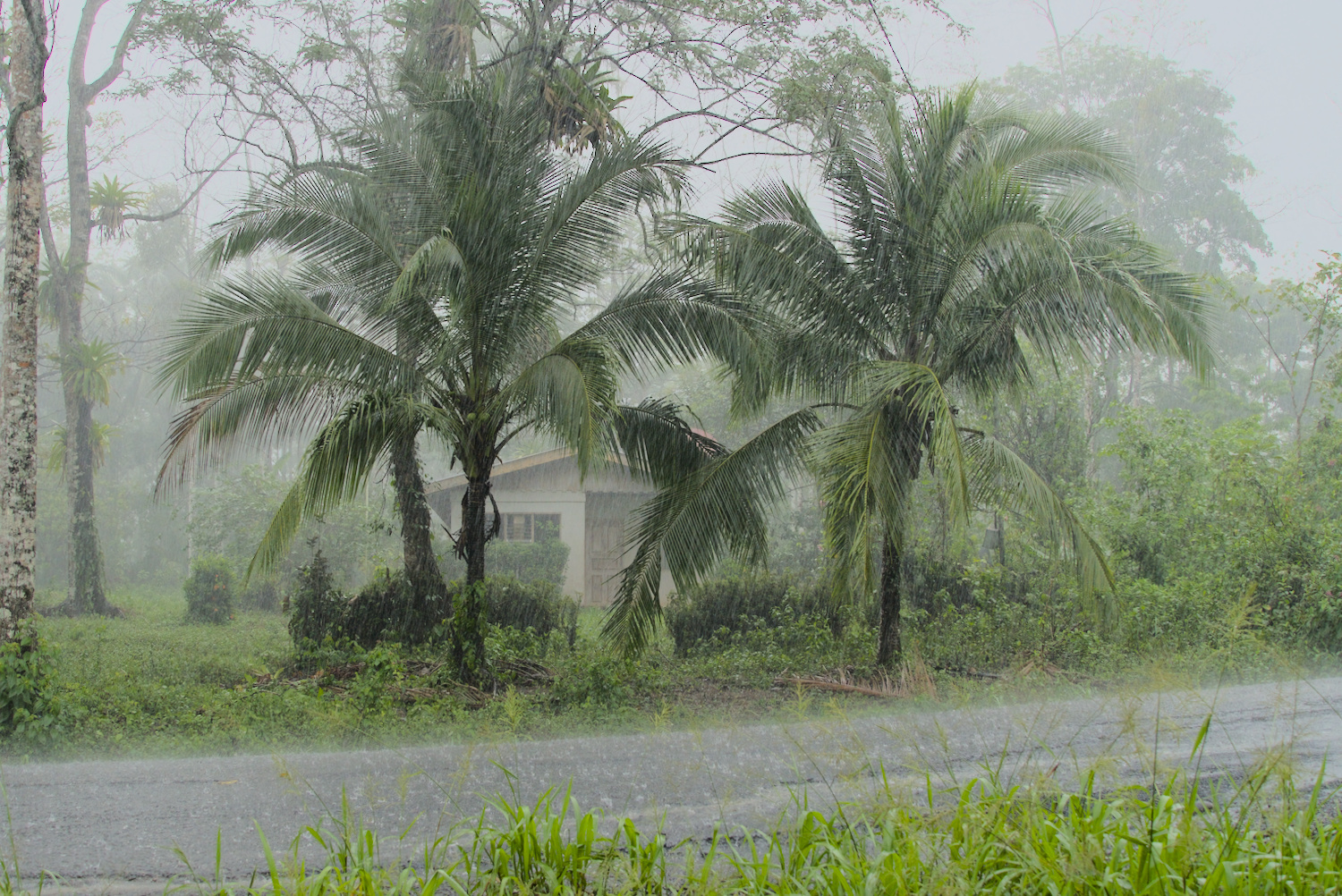
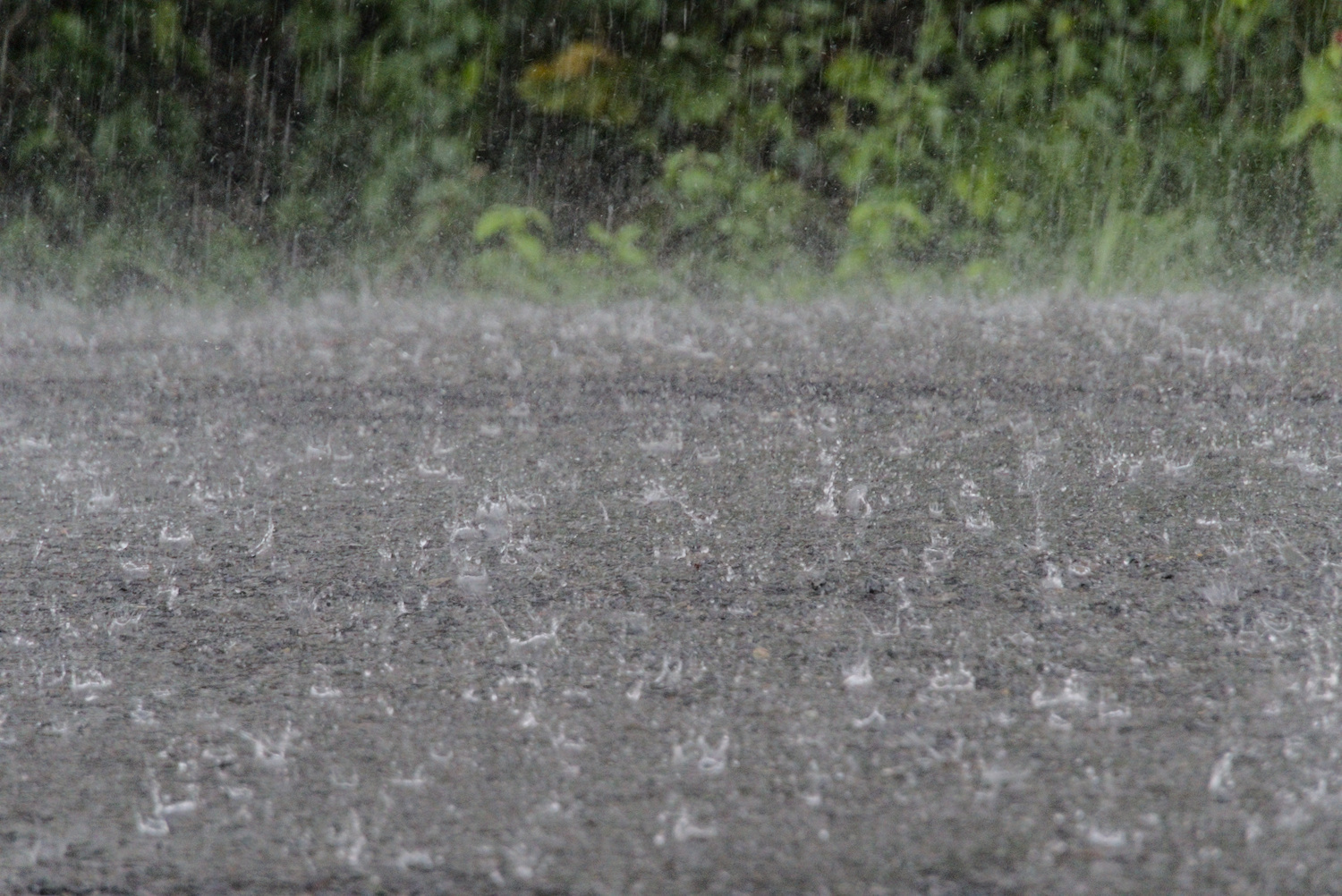
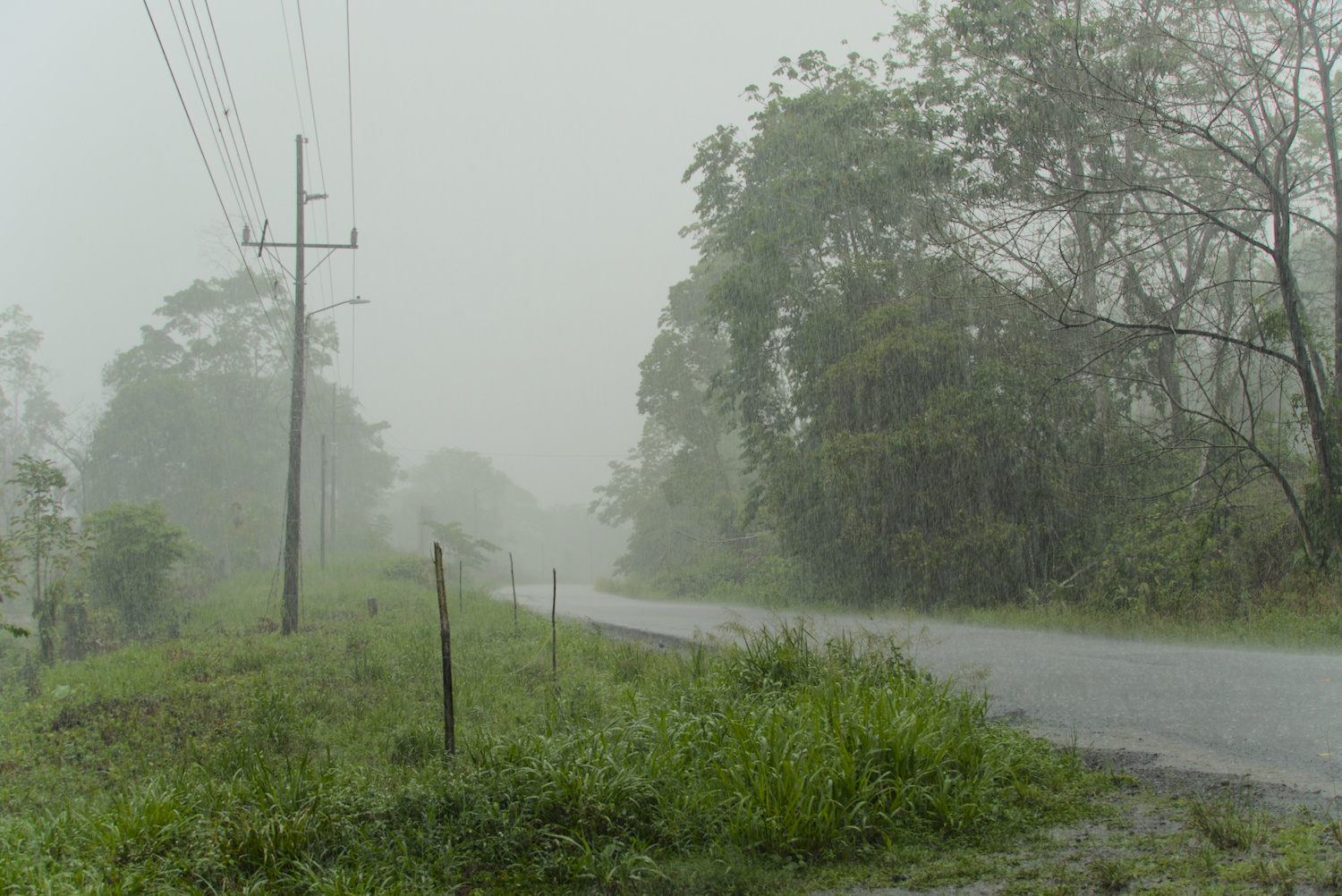
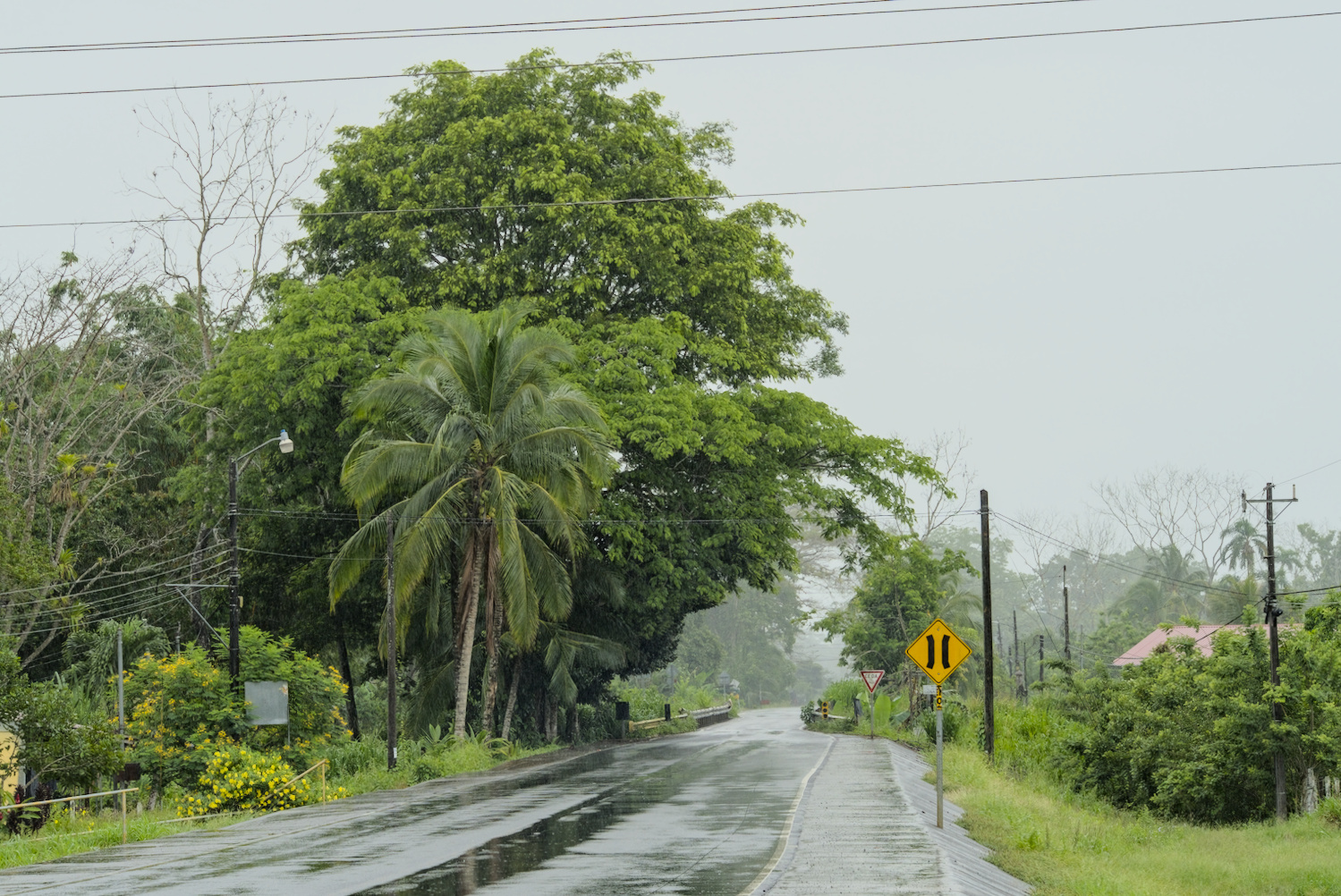
With an already soaking wet tent in my luggage and a full day of rain on the bike, I simply had to find somewhere to stay on day three. The rain was pouring down and it was already dark when I finally arrived in Upala. All I wanted was a dry place to sleep. But the most basic hotel rooms were starting at 40 euros, a price that was definitely outrageous for the standard on offer and probably included a gringo fee. I was already quite frustrated and at a loss when there seemed to be an affordable option in a rather shabby-looking hotel. I got the most basic ‘room’ for just under 20 euros and had finally found a dry place. But apart from the fact that it was dry, it was an awful place to stay – without the rain, I would have preferred to pitch my tent on the edge of a rubbish dump rather than spend the night in this room. The ‘bed’ consisted of a pile of several old mattresses, the top one of which was covered. If it had been a pile of mattresses like in a school gym, okay – but these weren’t rubberised gym mats, they were rotten old bed mattresses whose insides I didn’t want to think about. If the tent had been dry, I would have pitched it on the pile, but it was still dripping from the morning. Sleeping on my sleeping mat next to the pile of mattresses wasn’t an option either, there was simply no room for it. So I ended up adding my sleeping mat to the pile to create a separating layer between me and the rather dodgy mite hotel and ended up lying extremely uncomfortably in a hollow that felt like a volcanic crater. I tried not to move too much so as not to accidentally leave my mattress. But I fell asleep, the day in the rain had left its mark.
The next morning, my back was of the opinion that a pea must have been hidden under one of the mattresses. As compensation, at least the sun was shining outside, if only for a few hours.
Green, green, green!
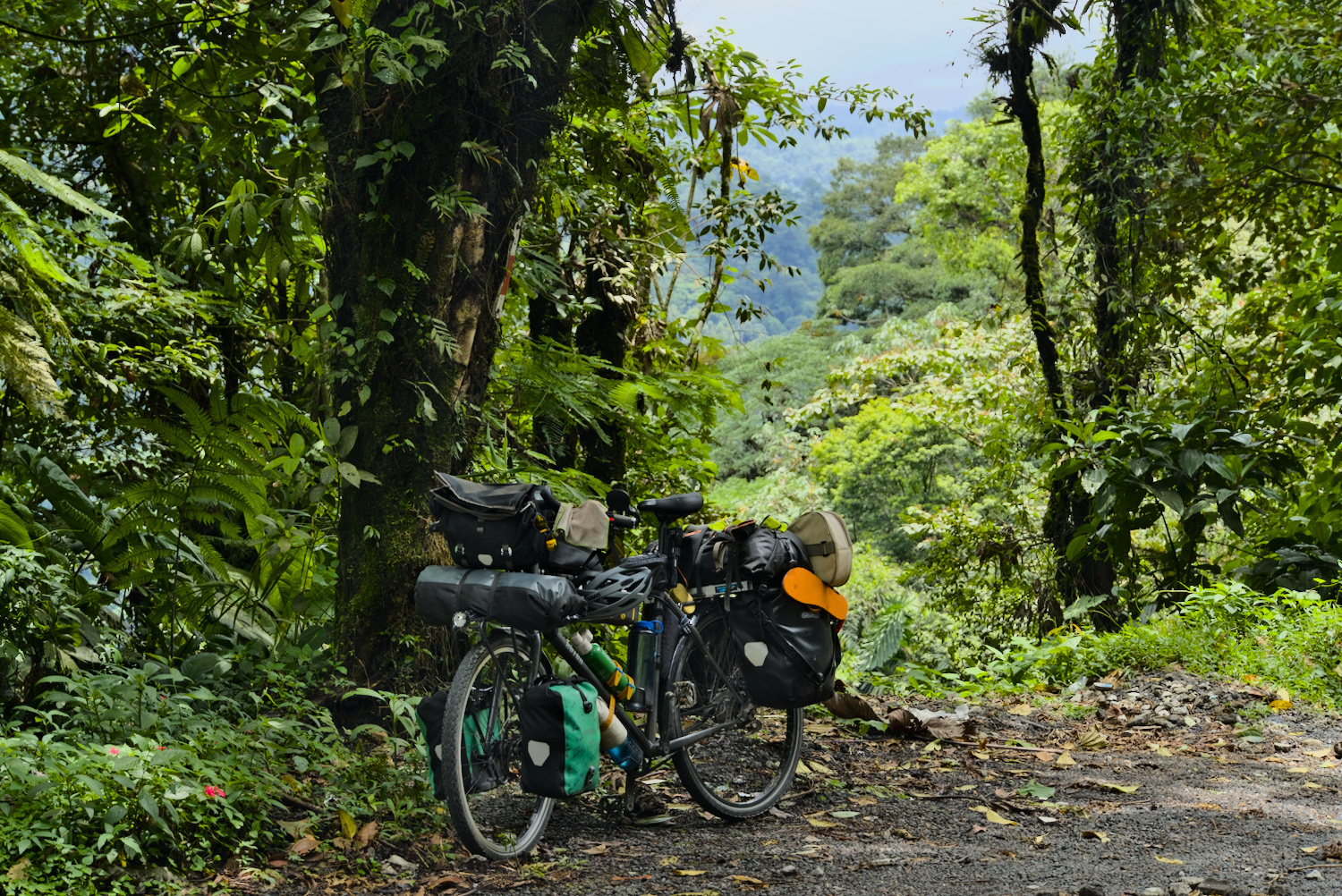
However, all the rain meant that there was plenty of green. So much intensely lush green, the kind I hadn’t seen for a few weeks. And when I think back to the country six months after visiting Costa Rica, the first thing that comes to mind is this ubiquitous, extremely green landscape. It basically looked like what I had previously imagined the tropics to look like. And unlike Nicaragua or El Salvador, I didn’t see any sun-scorched, eternally wide pastures in Costa Rica. This may be partly due to the progression of the rainy season, but also perhaps to the country’s commitment to nature.
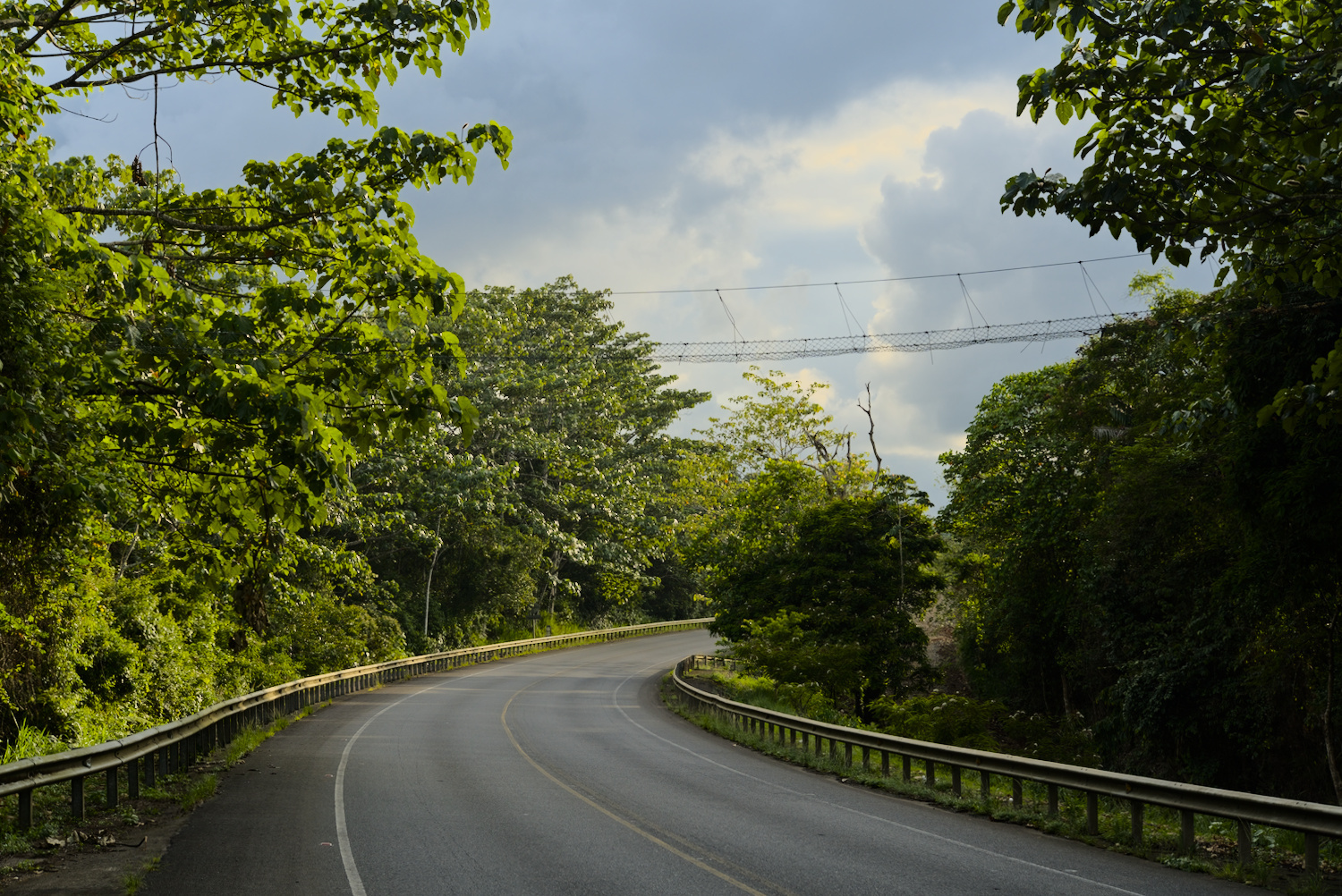
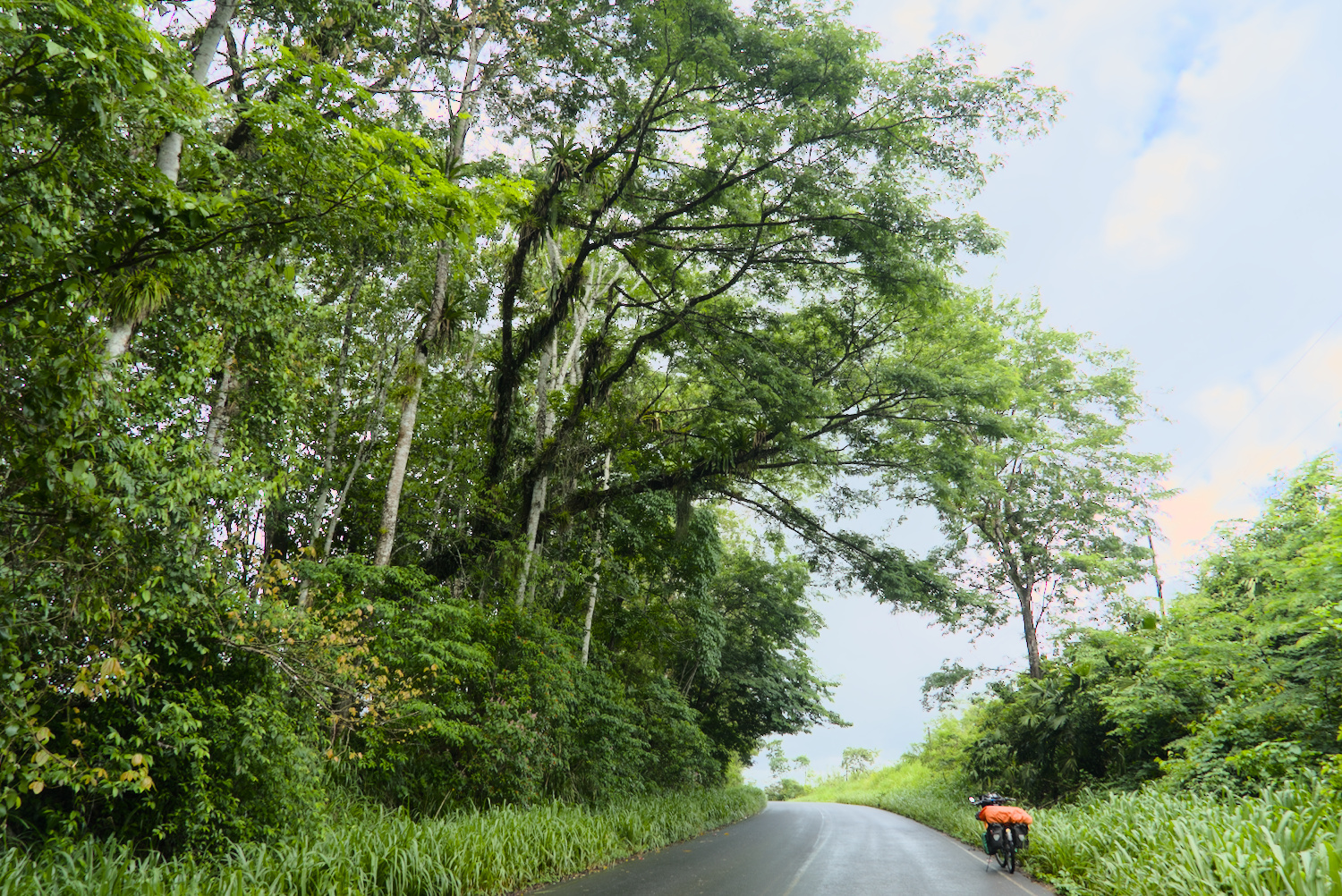
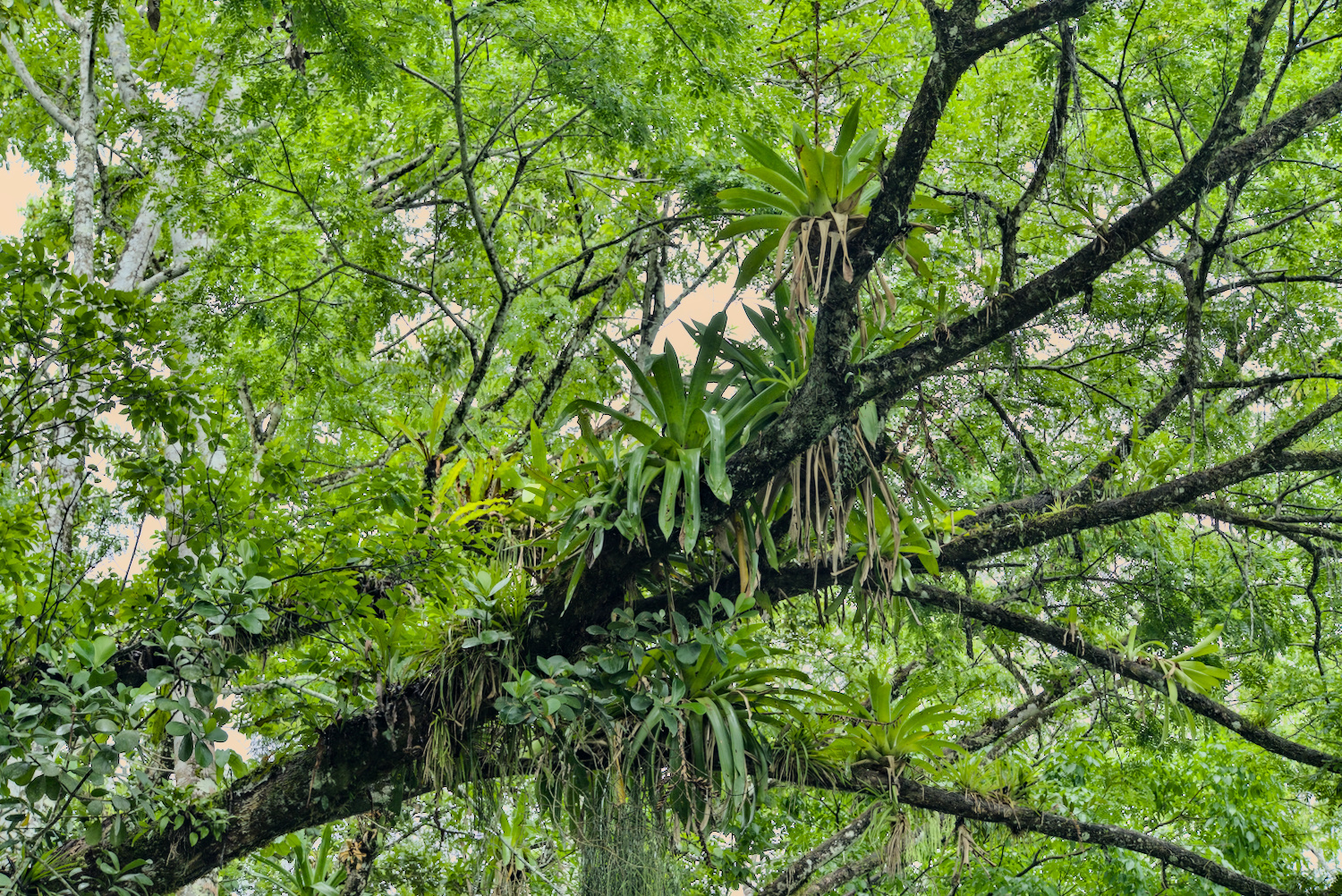
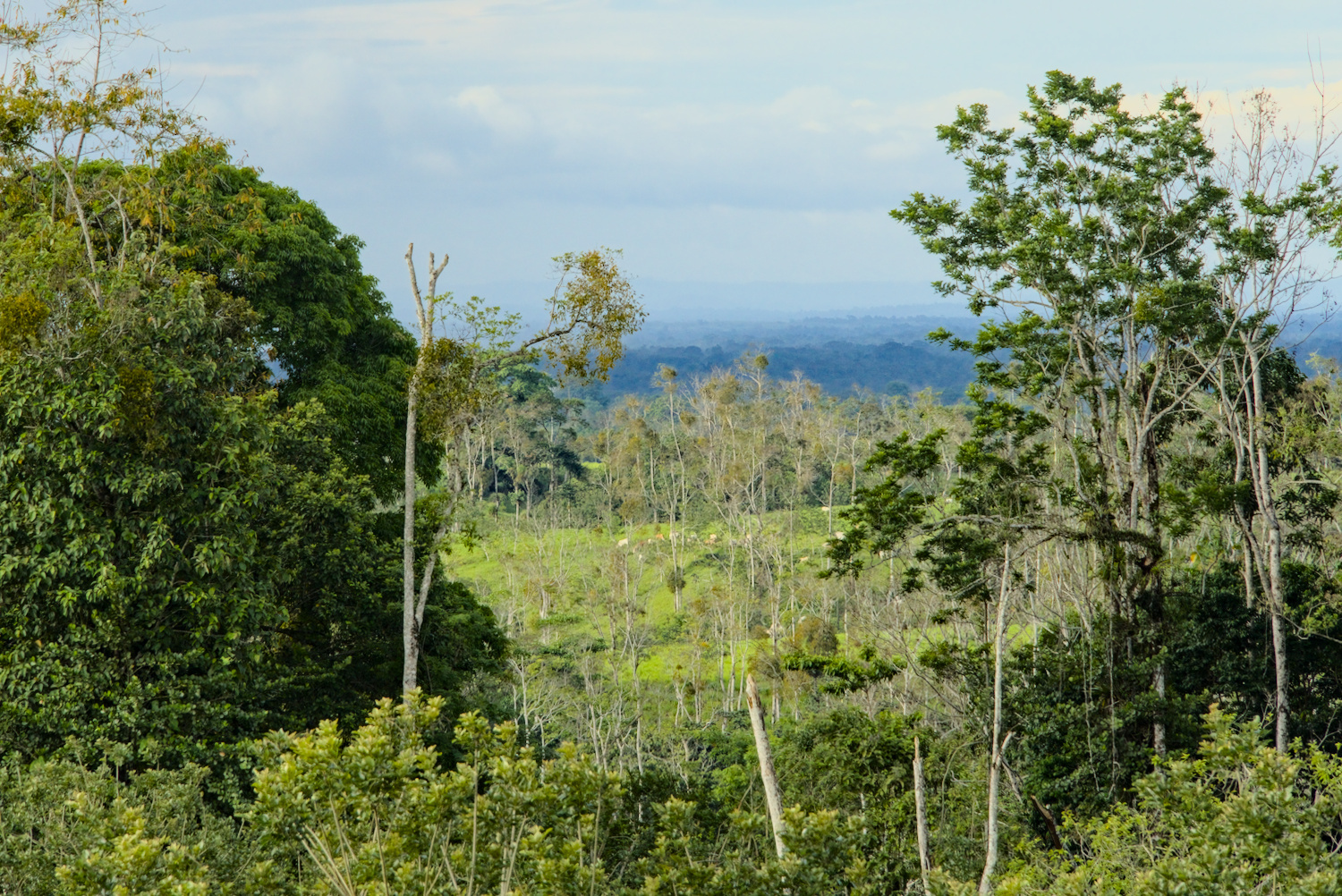
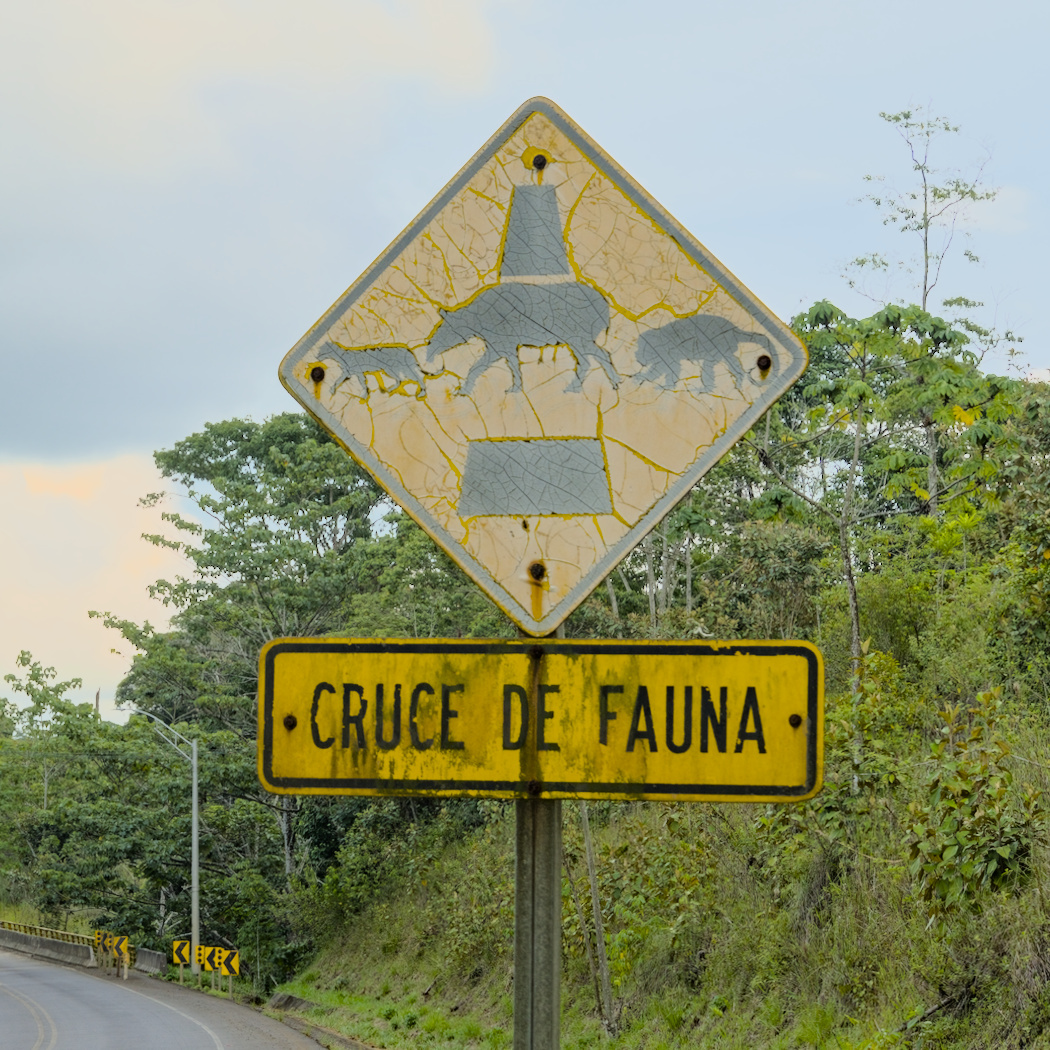
For example, there is a programme that financially encourages landowners to reforest, with success: whereas in 1983 only 23% of the country’s land area was forested, today it is over 52%.[2] Due to its many forests, the country offers a great habitat for a wide variety of animals and plants and has an incredibly high level of biodiversity. A total of 28% of the country’s surface area is protected by national parks, reserves and similar structures.[3] To visit the national parks, foreign tourists have to pay a higher entrance fee – money that is in turn invested in the protection of nature. And the national parks are definitely the tourist highlight of the country, as you can really observe nature undisturbed there. In addition to all the greenery, I was absolutely thrilled by the countless animals that I got to see and, in some cases, photograph quite well.
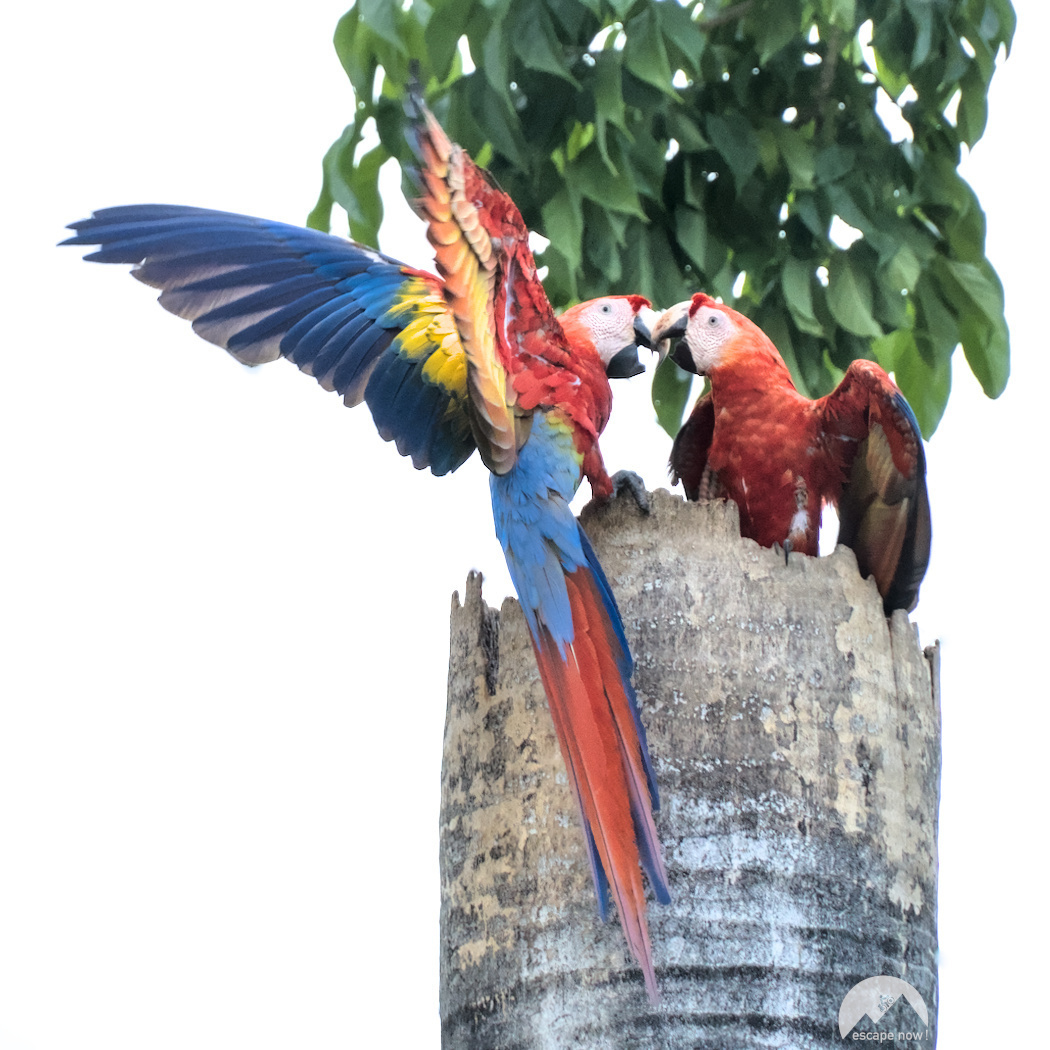
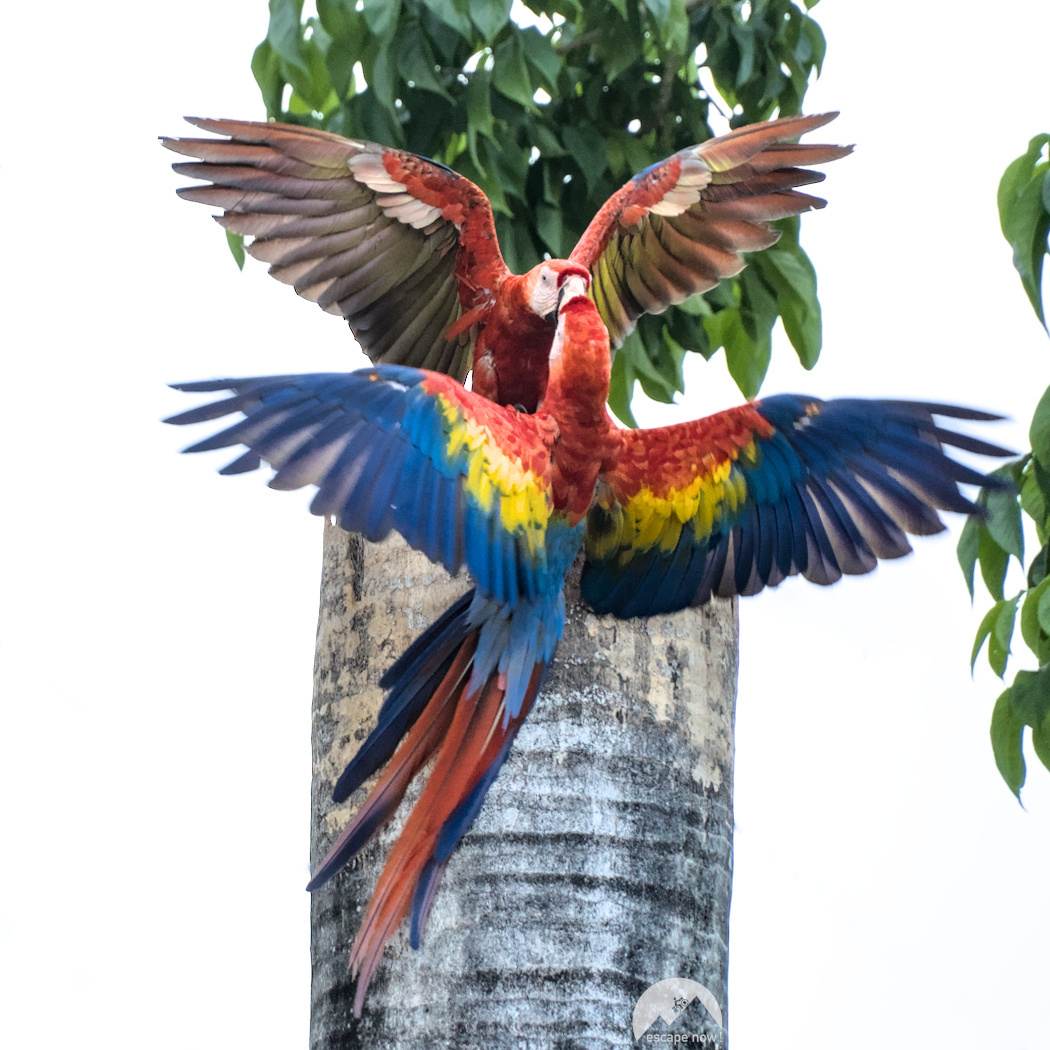
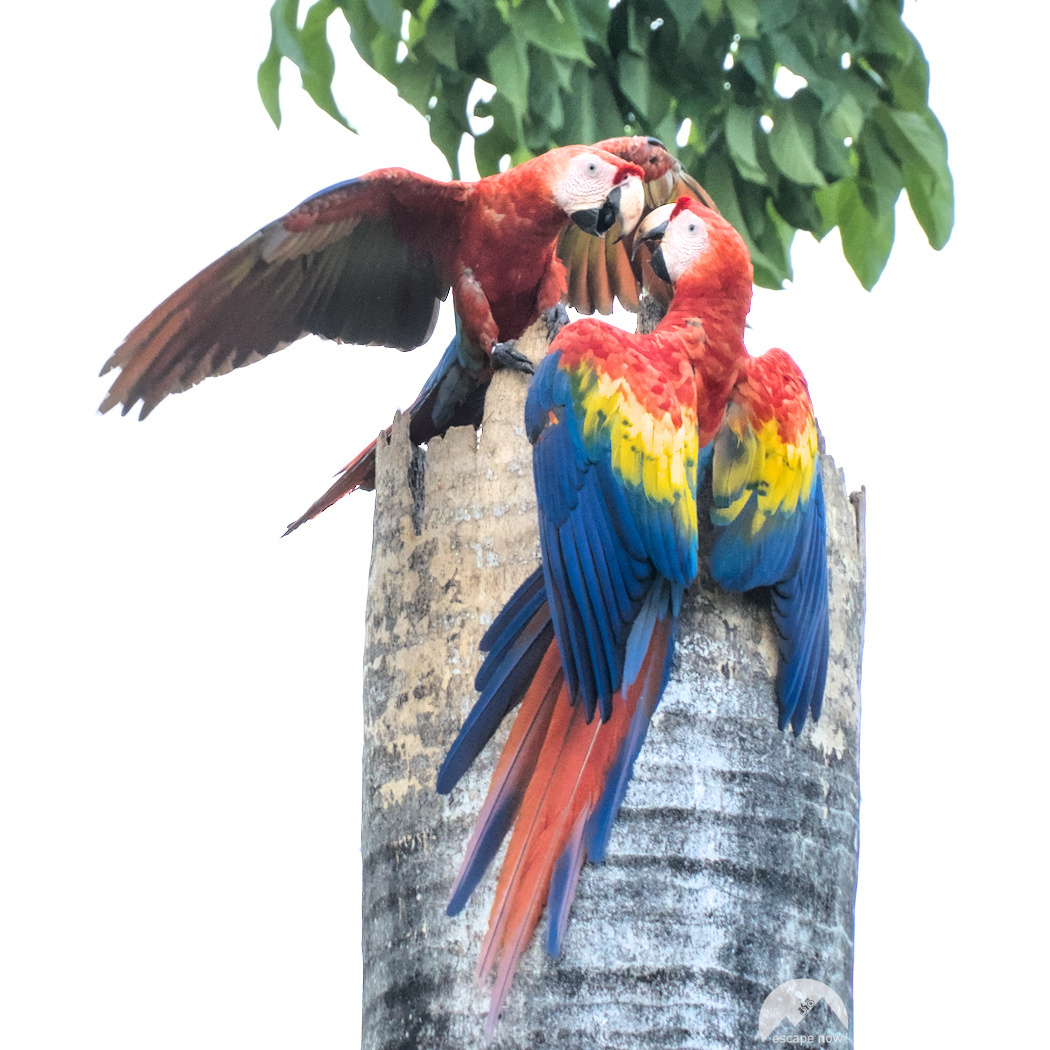
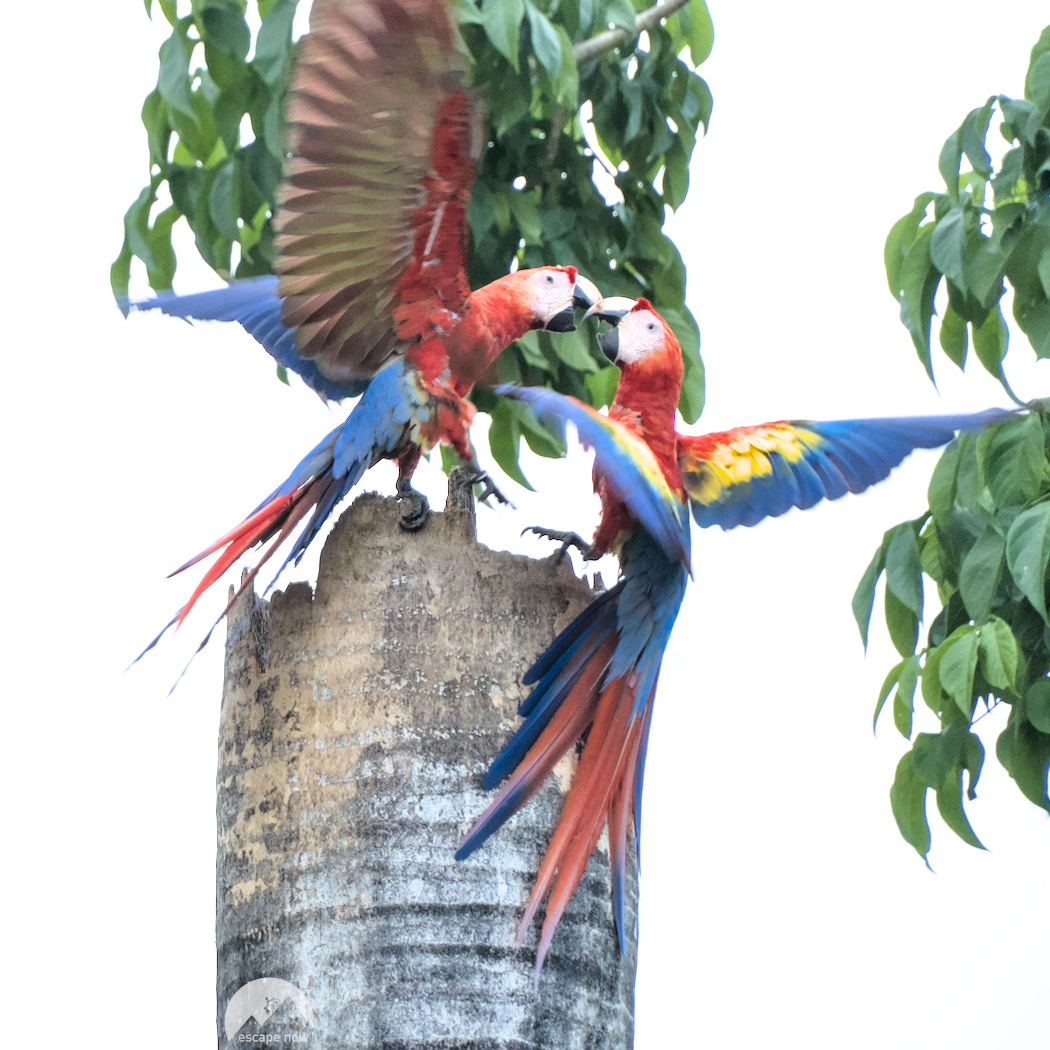
Another example of the country’s commitment to nature conservation is the expansion of renewable energy. Costa Rica already set a world record in 2017 when it used exclusively renewable energy for 300 days of the year. A total of 98% of the energy used currently comes from renewables, the full 100% is planned for 2030 and the target for zero CO2 emissions is 2050.[4] With regard to the figures on renewable energy, I’m pretty sure that this currently only refers to energy from the power socket, as I saw almost exclusively stinky cars driving around on the roads. However, the country at least has plans to switch to electric transport. Compared to German industry, Costa Rica’s is of course tiny, but this should not be completely overlooked. The country has created several free trade zones in which foreign investors have settled, enjoying enormous tax advantages, but in return offering the locals secure and well-paid jobs. And there is some industry there, which is already largely powered by renewable energies – so it is possible if you only want to.
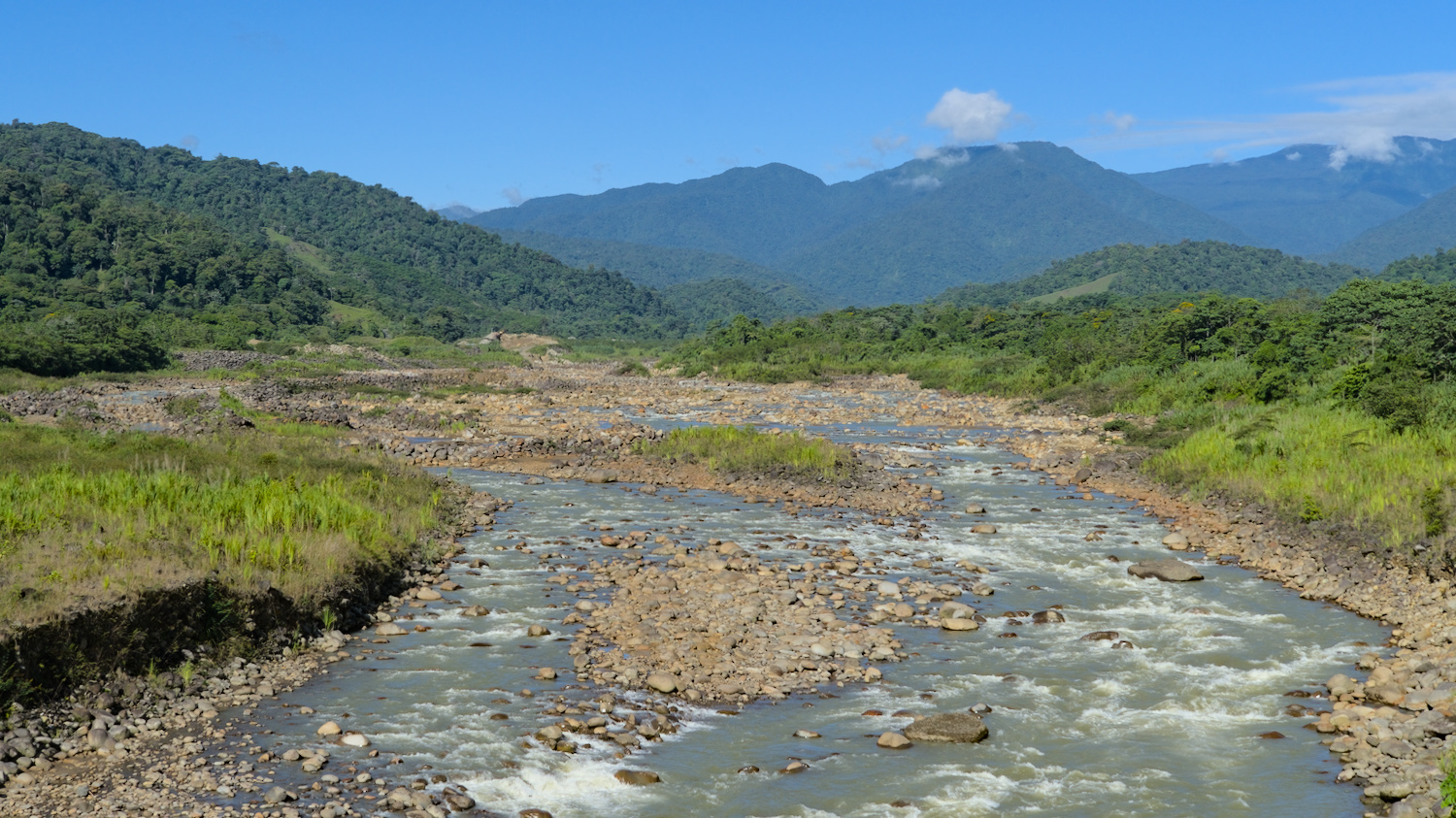
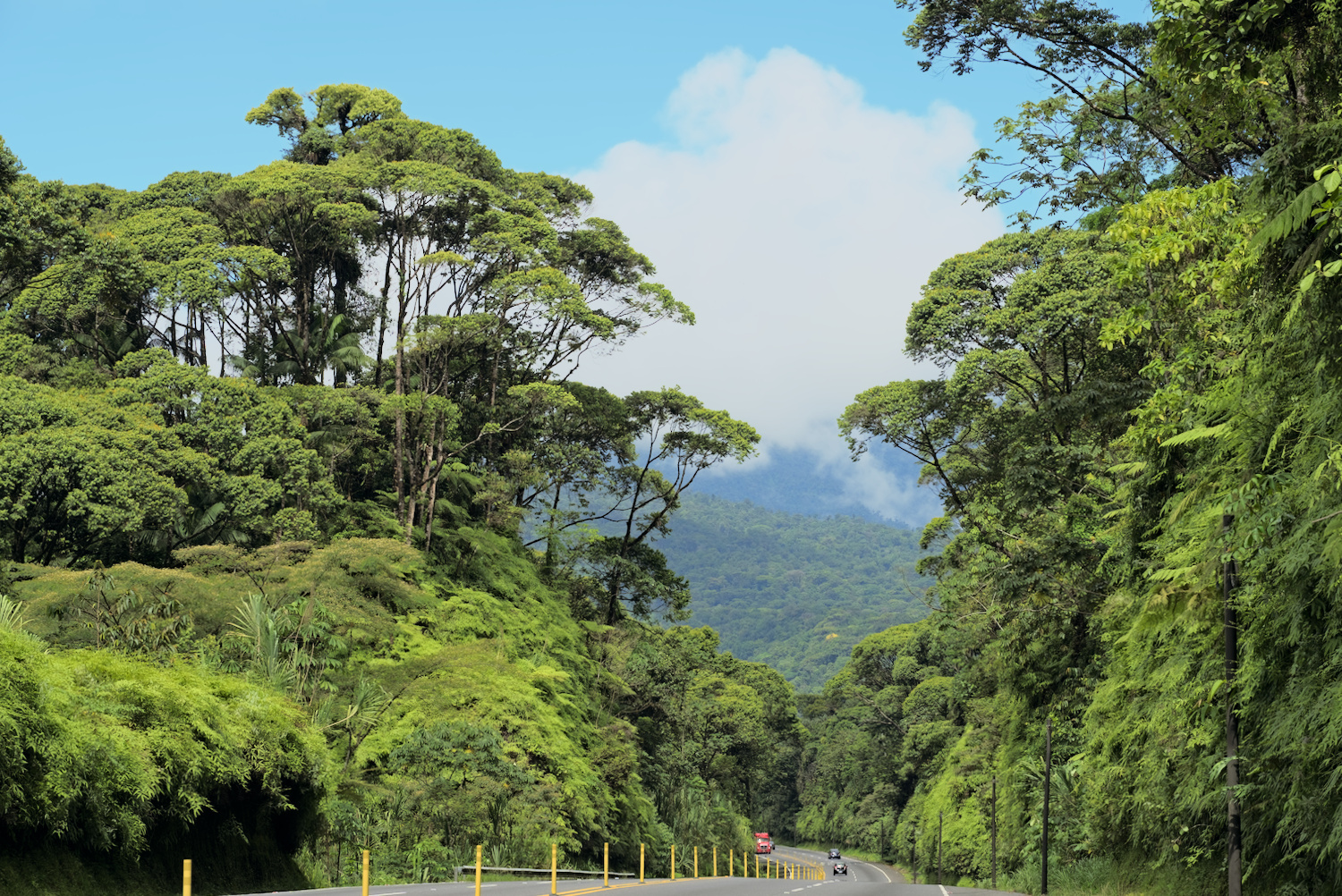
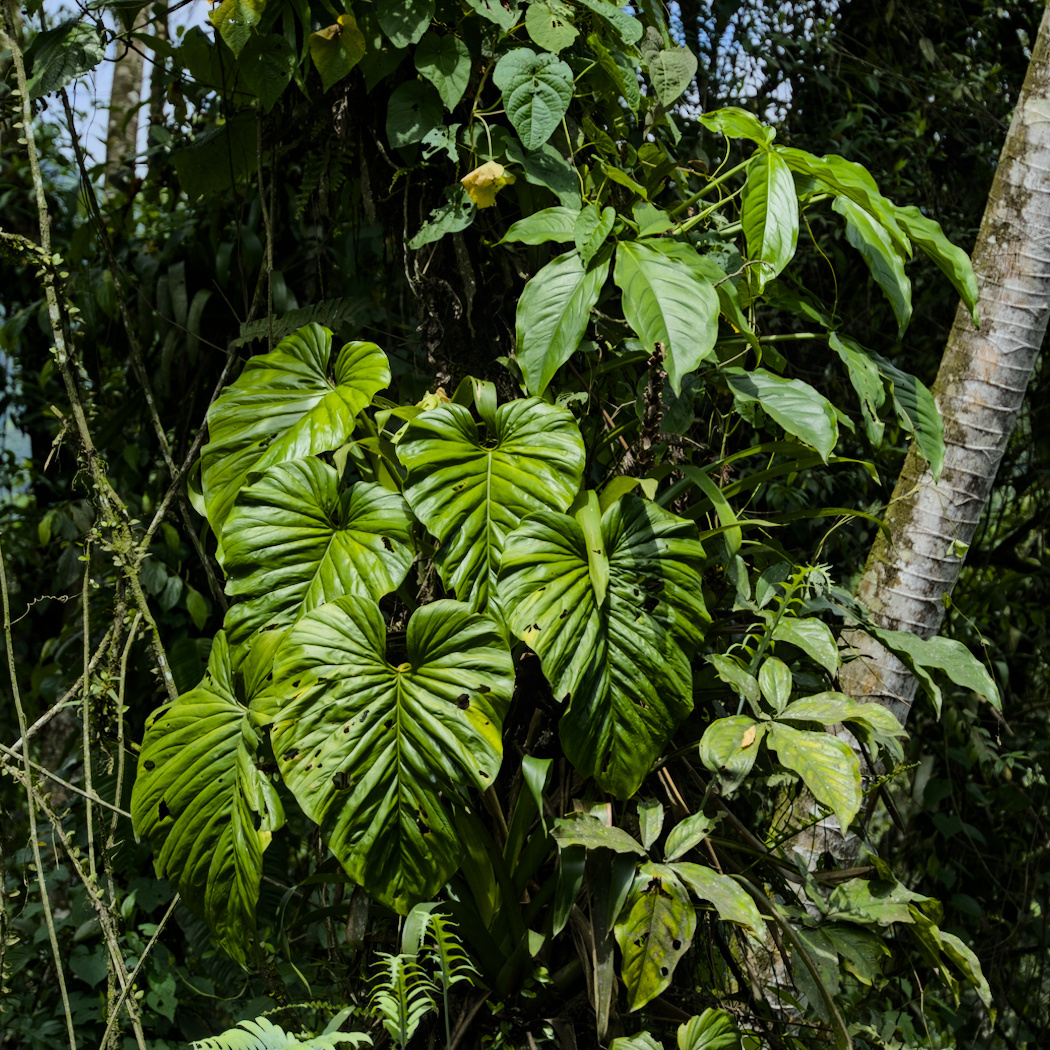
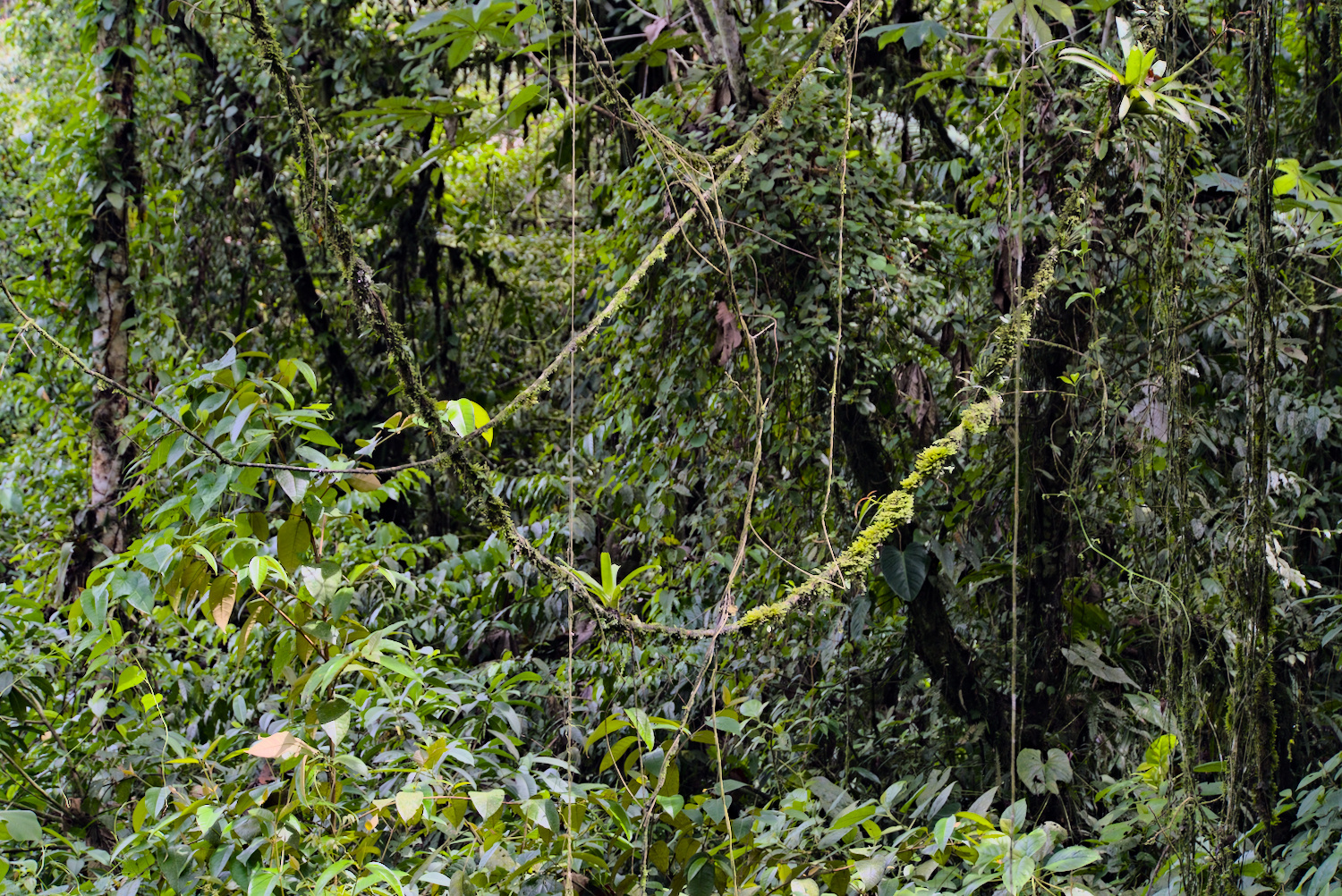
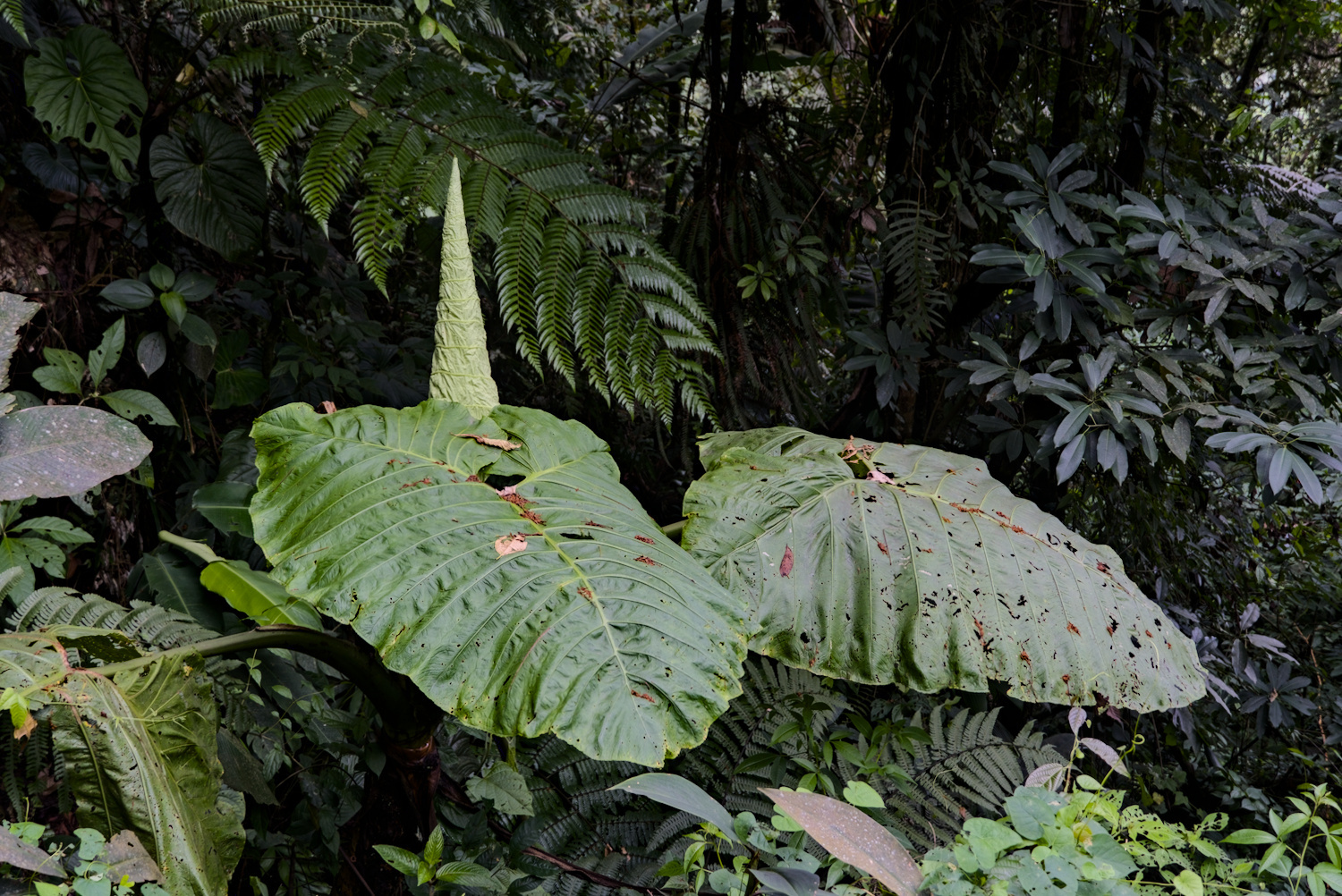
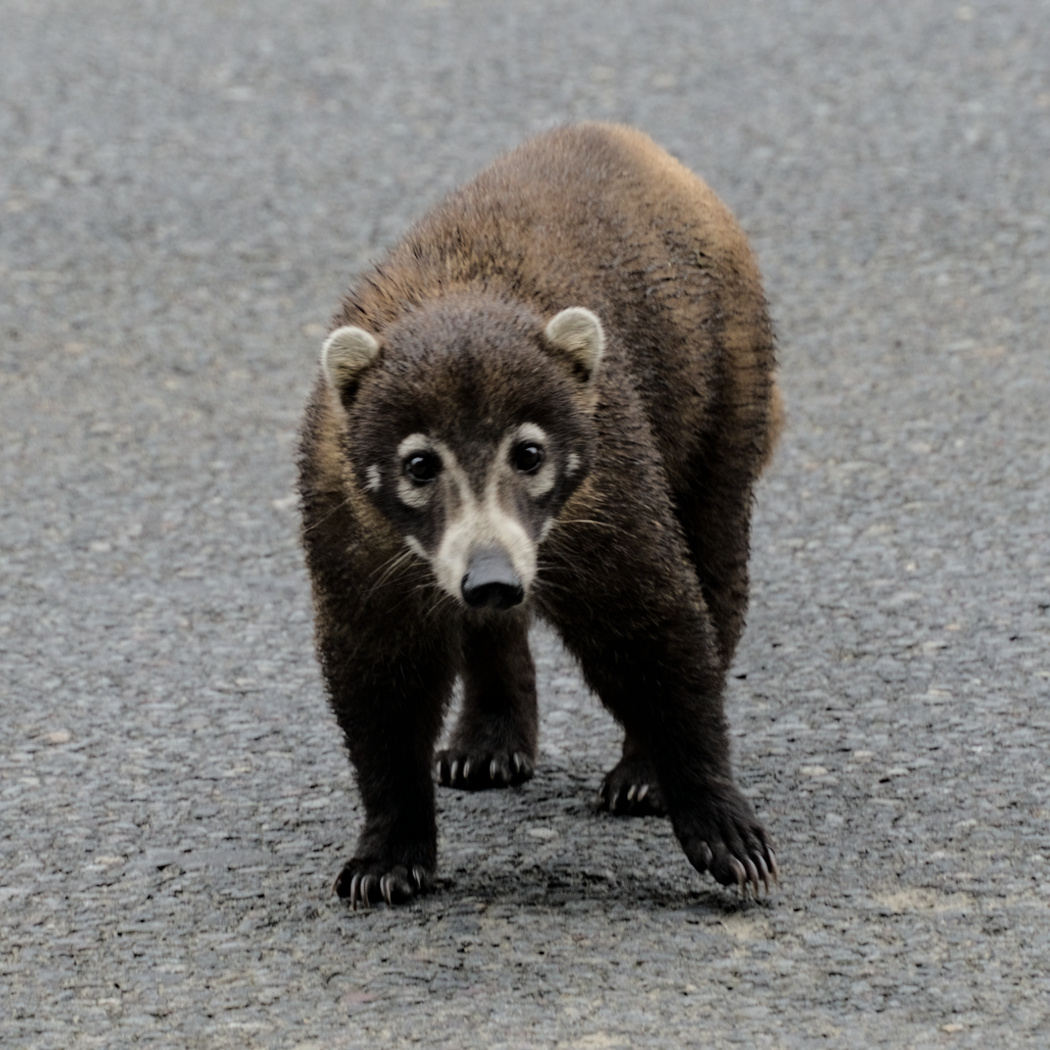
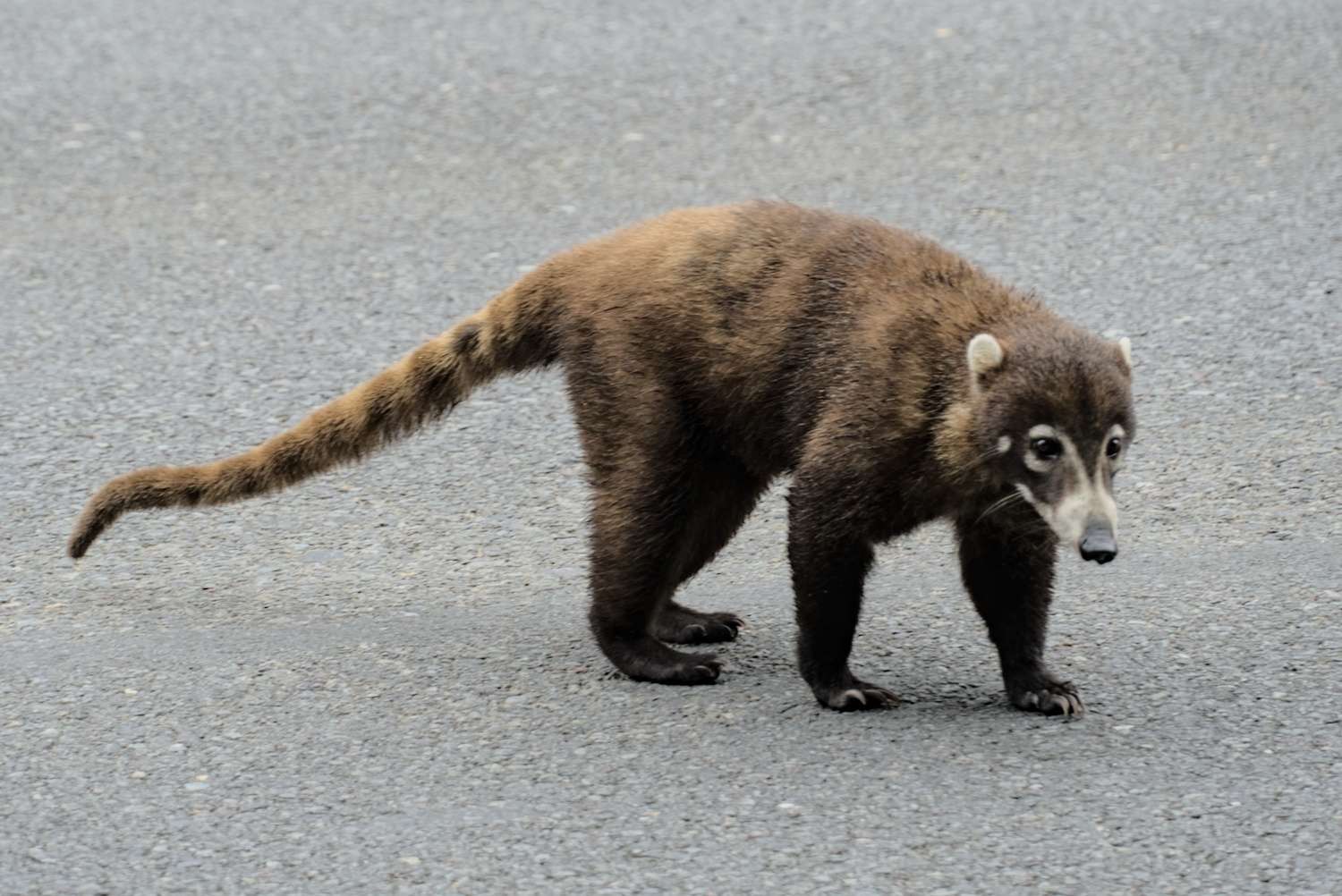
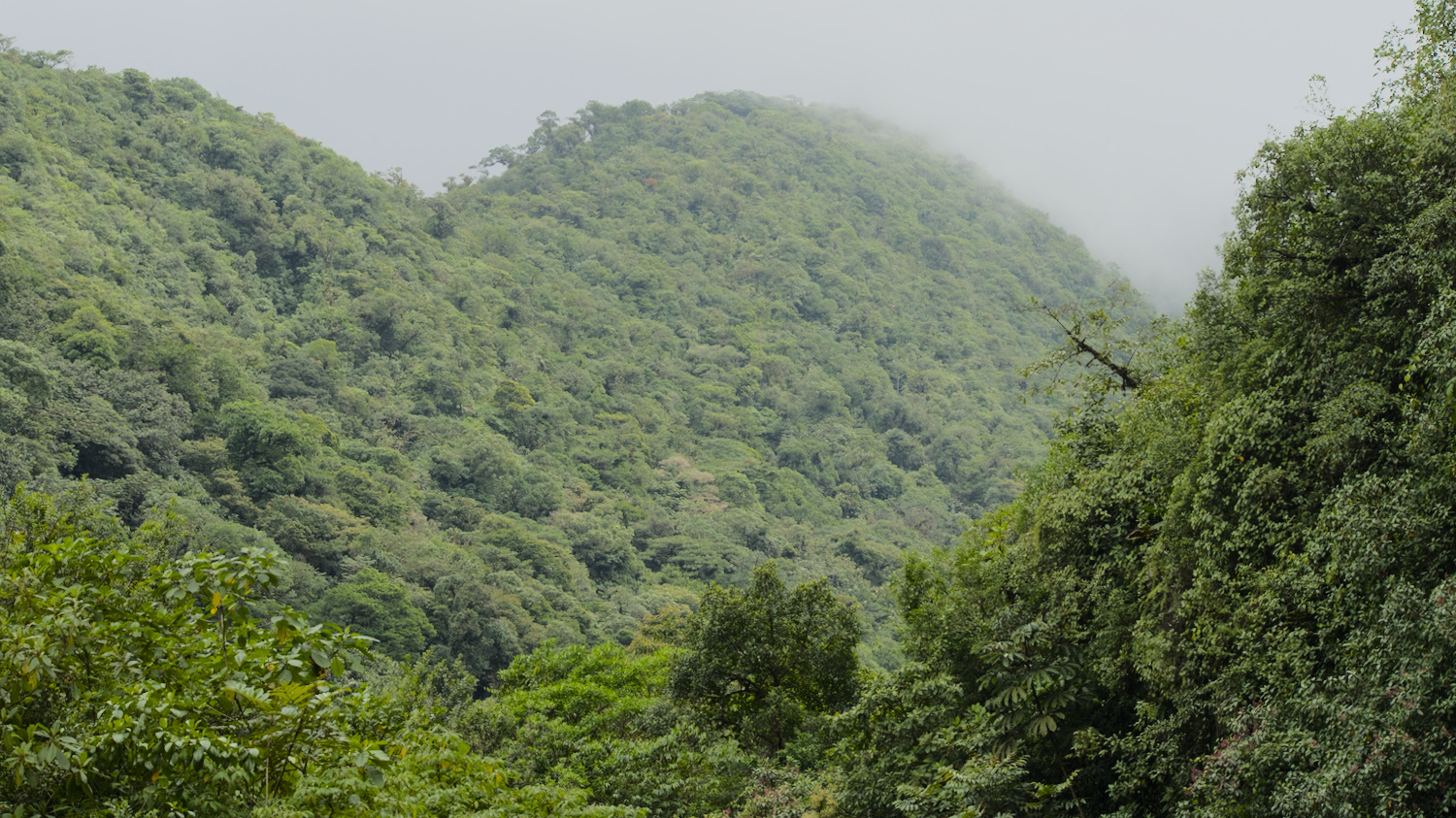
Initially, I had seen little of this industry, only a large amount of forest or agricultural land. Pastures for cattle, pineapple plantations, a few fields and huge palm plantations for oil production. And even though I travelled high up on the way to the capital San José, I didn’t get to see any coffee plantations. But my route to the big city was absolutely brilliant: Highway 32 was not too busy and led right through the Braulio Carrillo National Park. To the left and right of the road, there was the densest greenery to marvel at, and just before the pass, a cute coati even appeared, which I even had to shoo off the road to avoid becoming a victim of the traffic. When I left San José a few days later and headed down the Autopista 27 towards the Pacific, I missed the greenery of the national park, as everything along this busy stretch of road was quite densely built up.
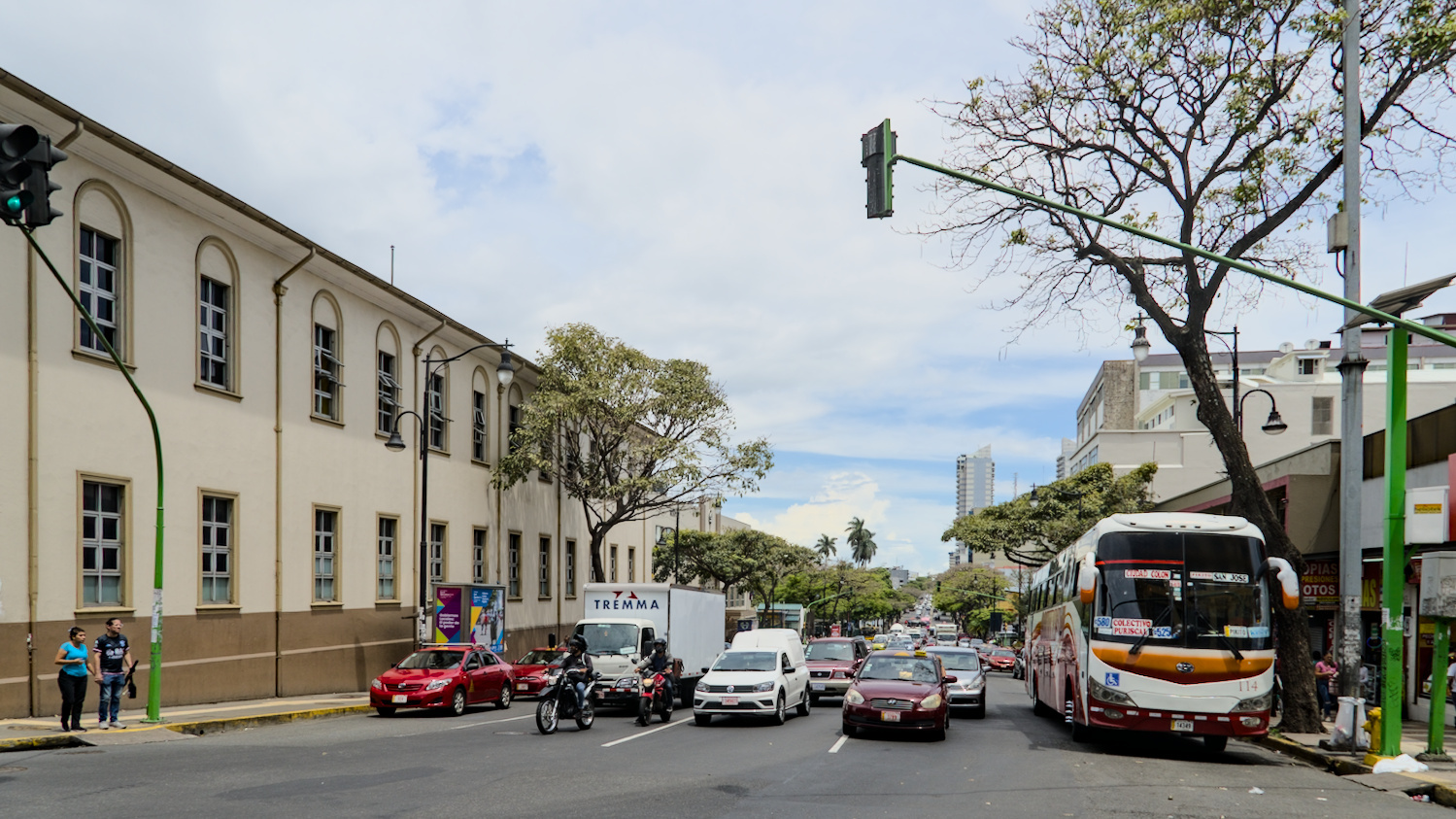
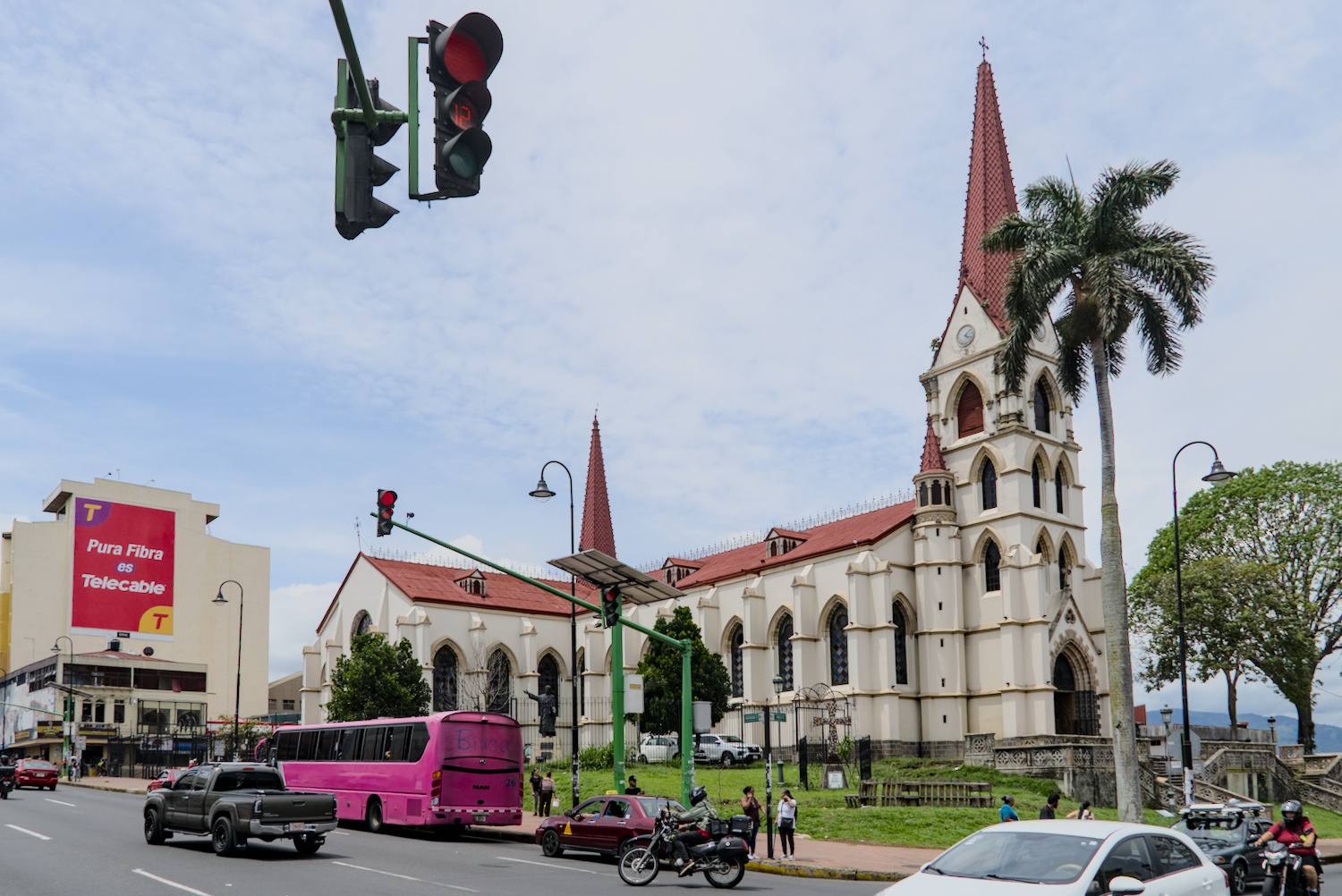
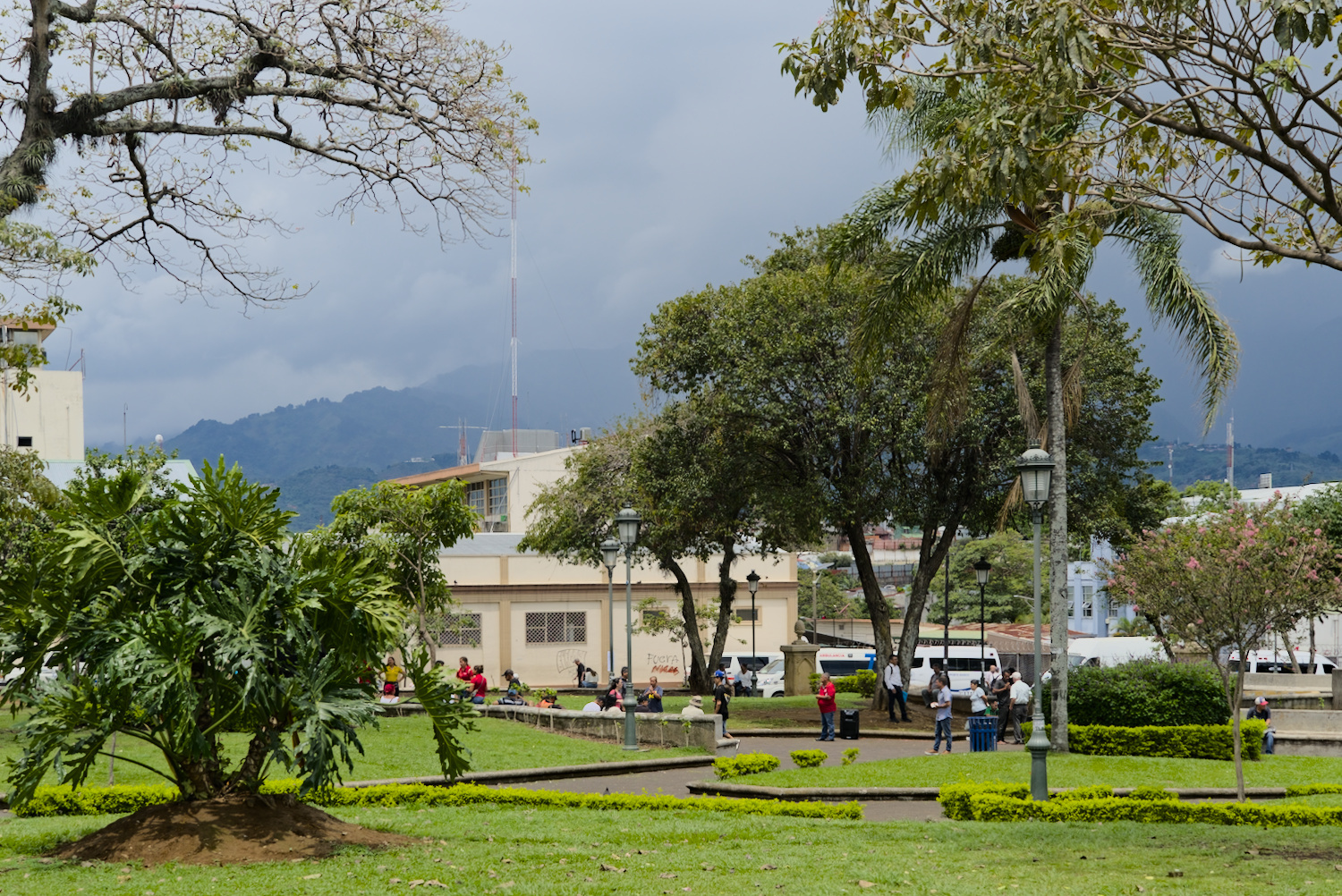
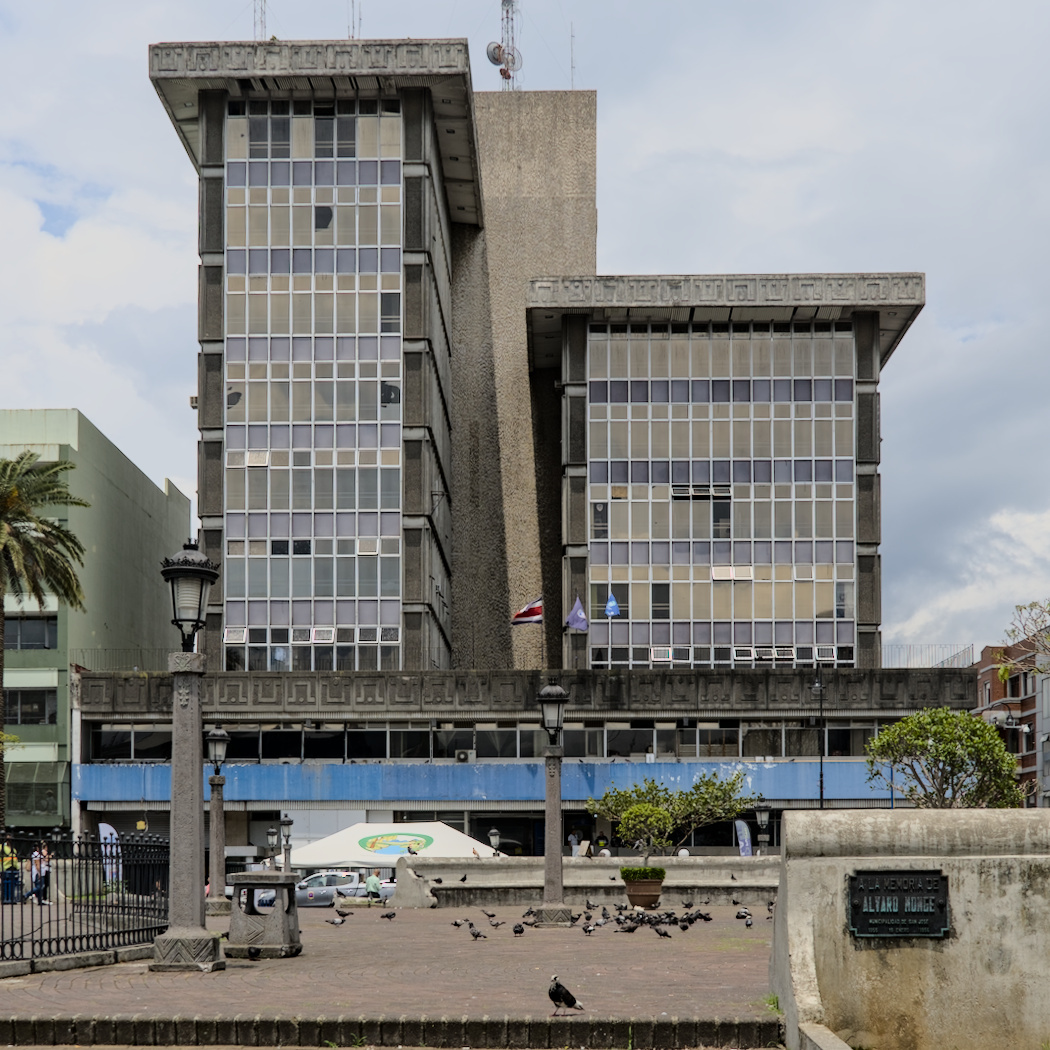
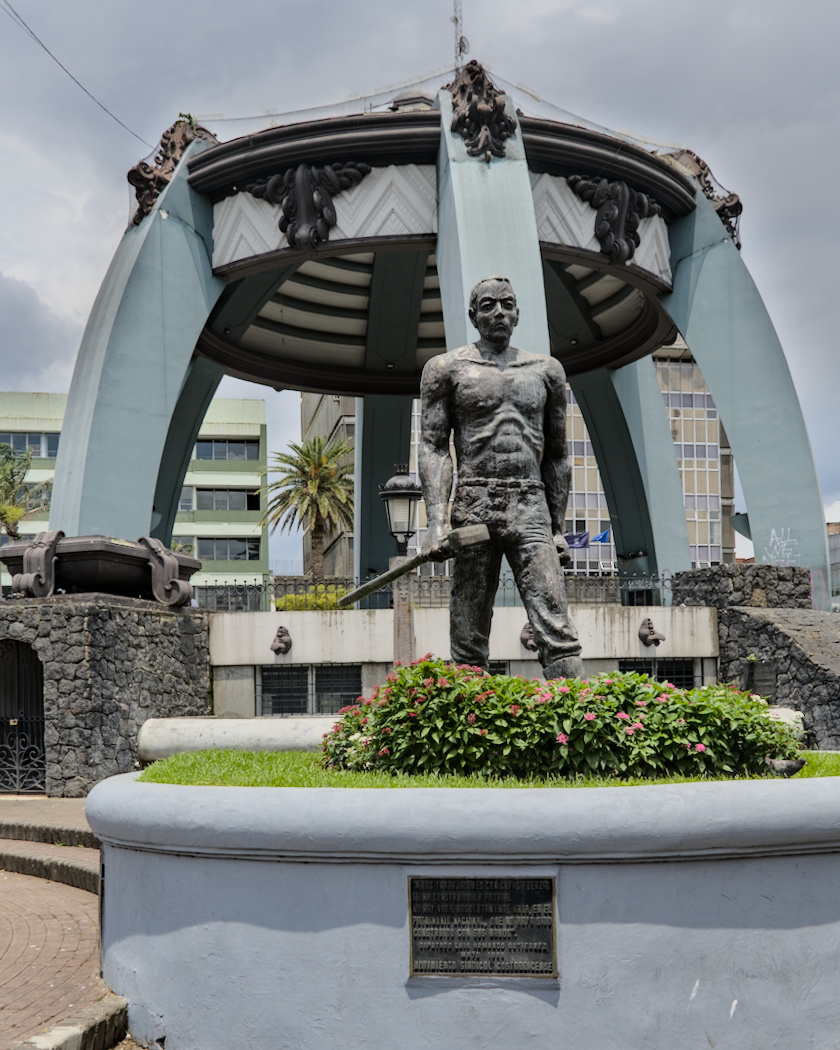
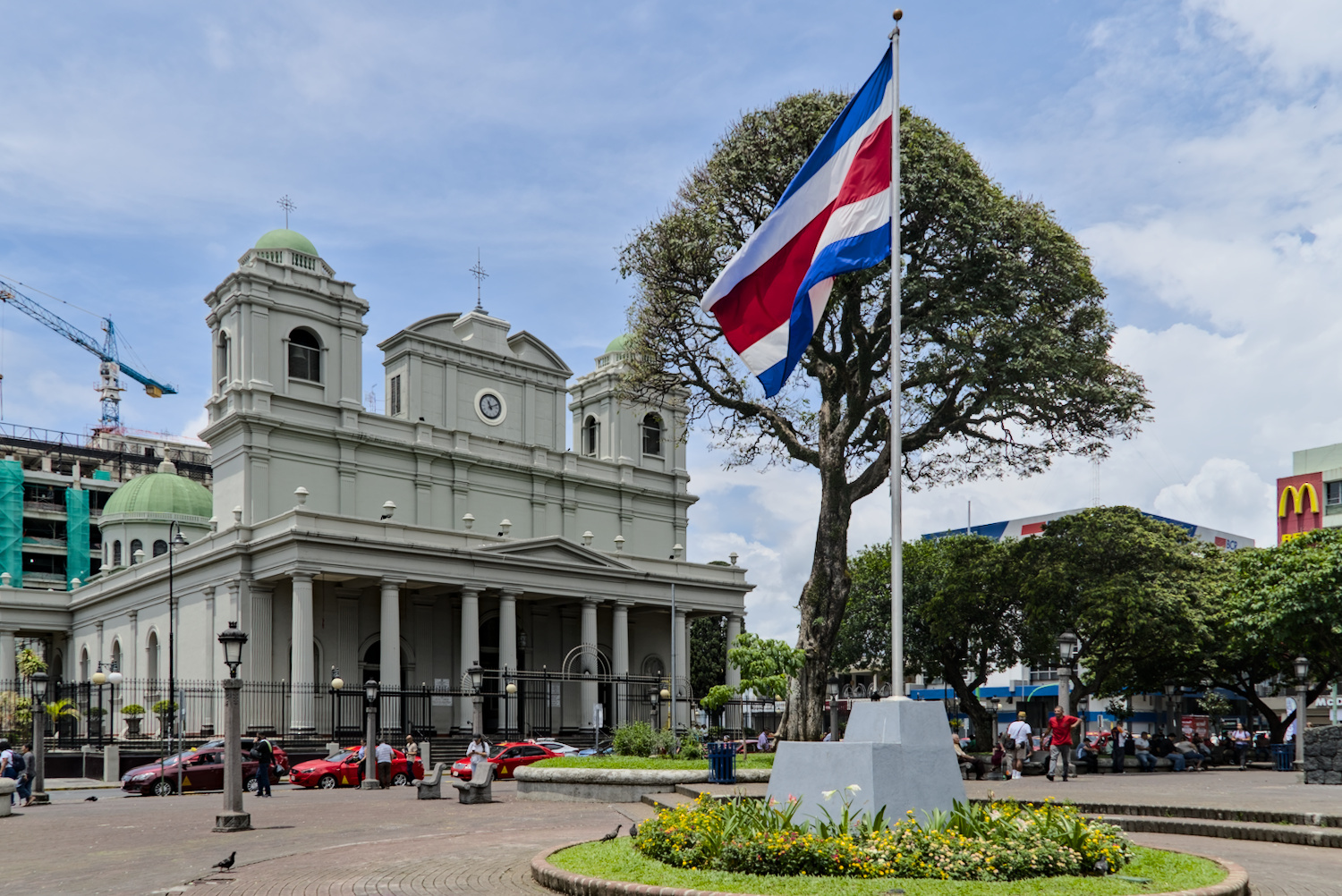
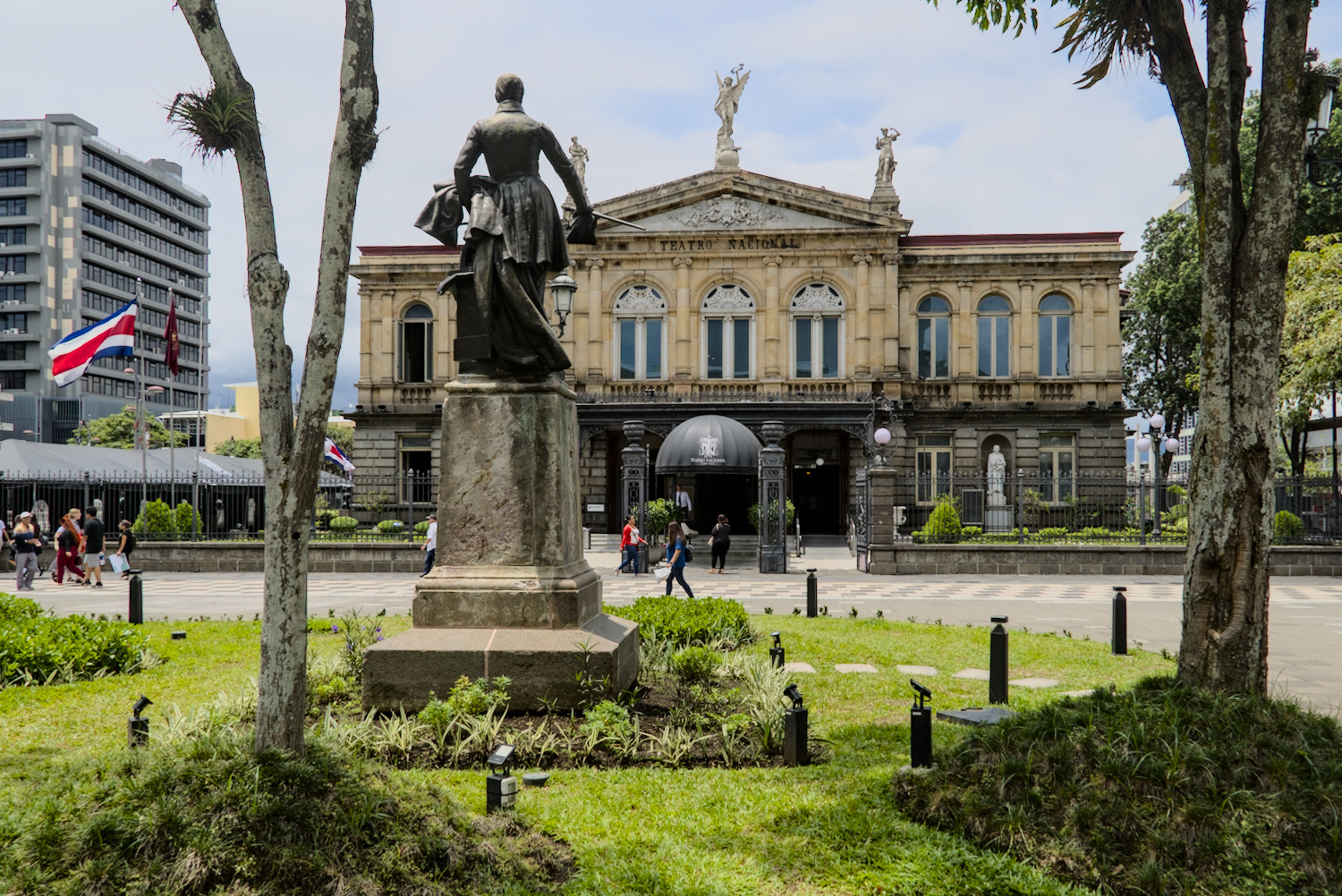
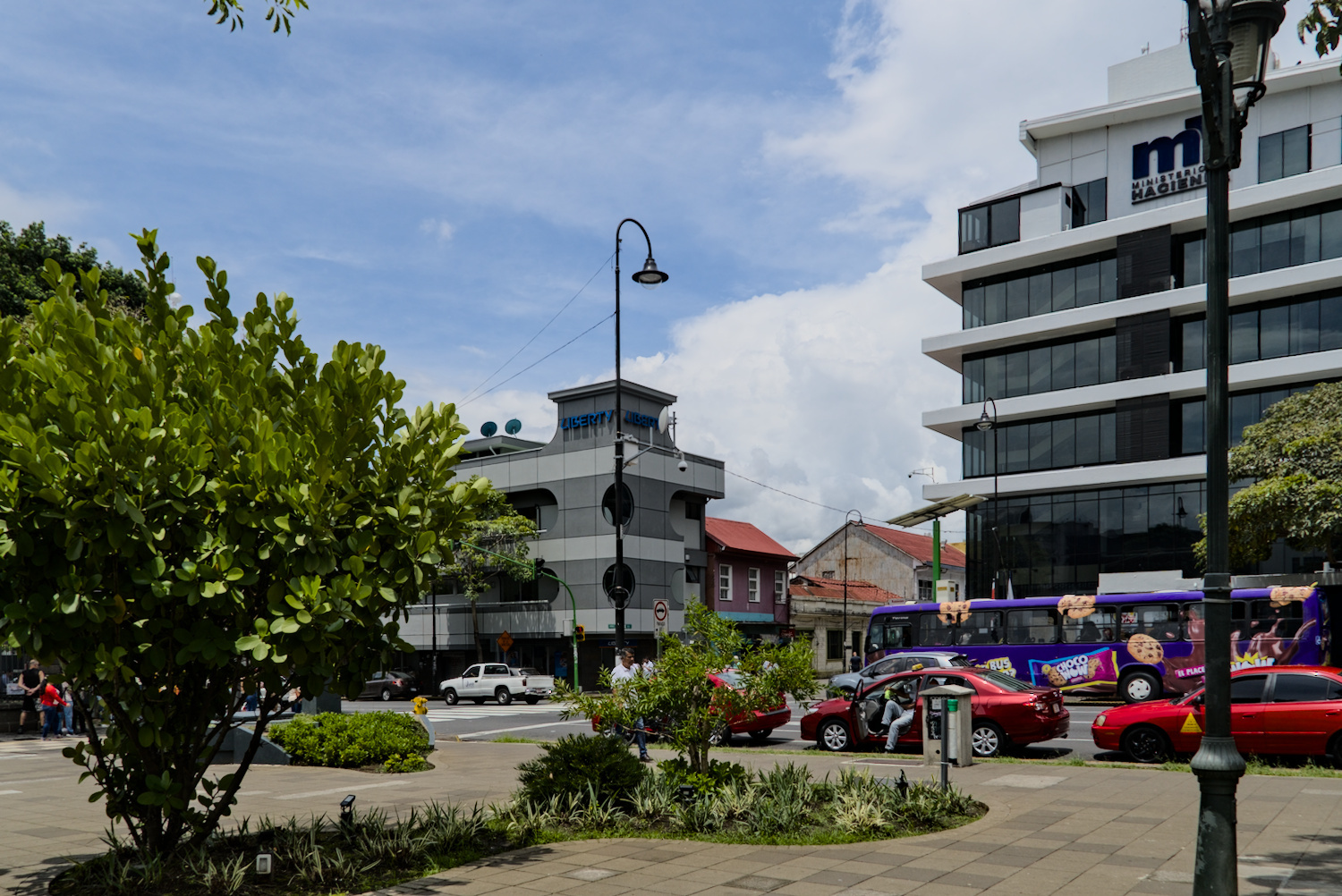
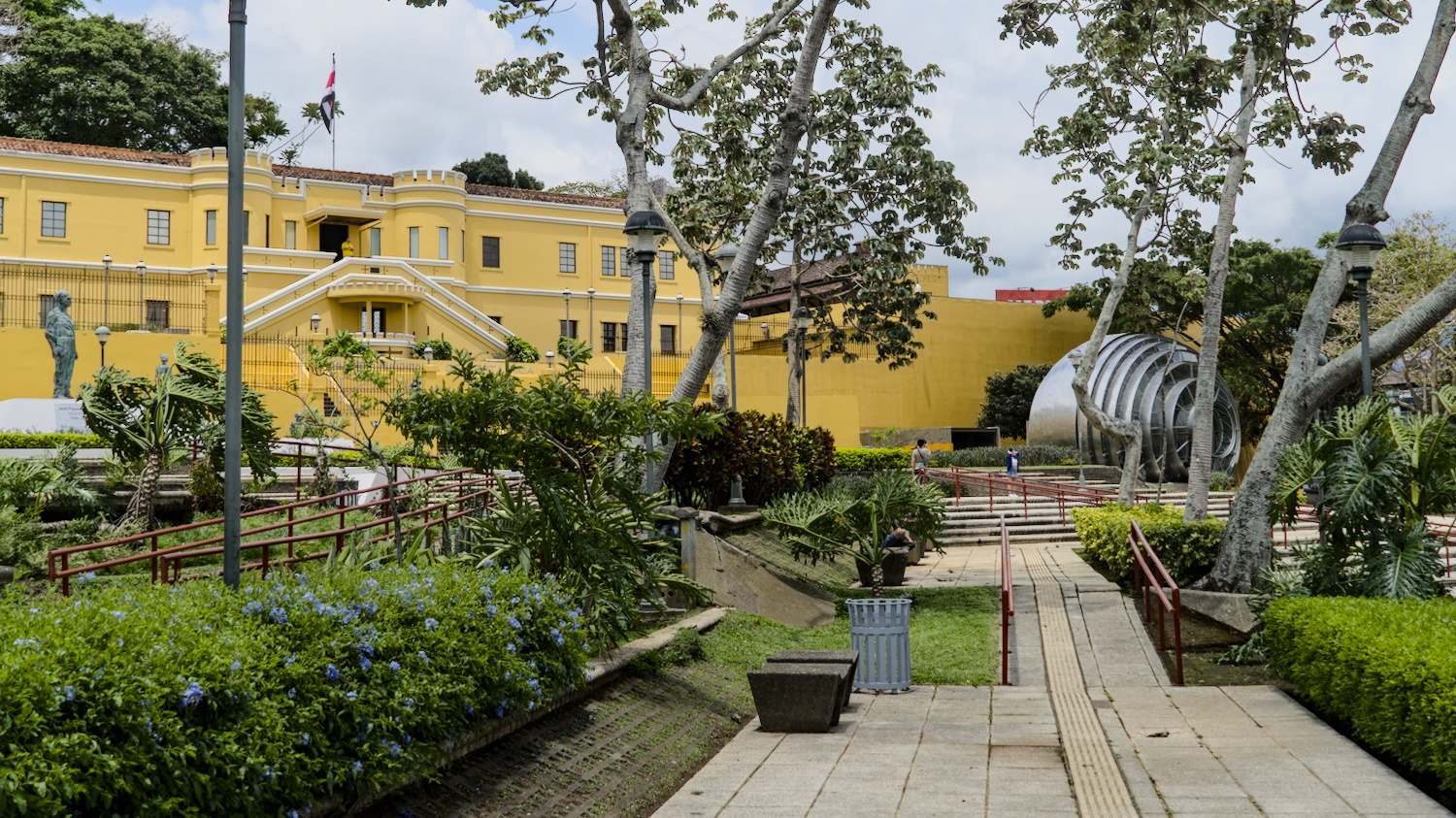
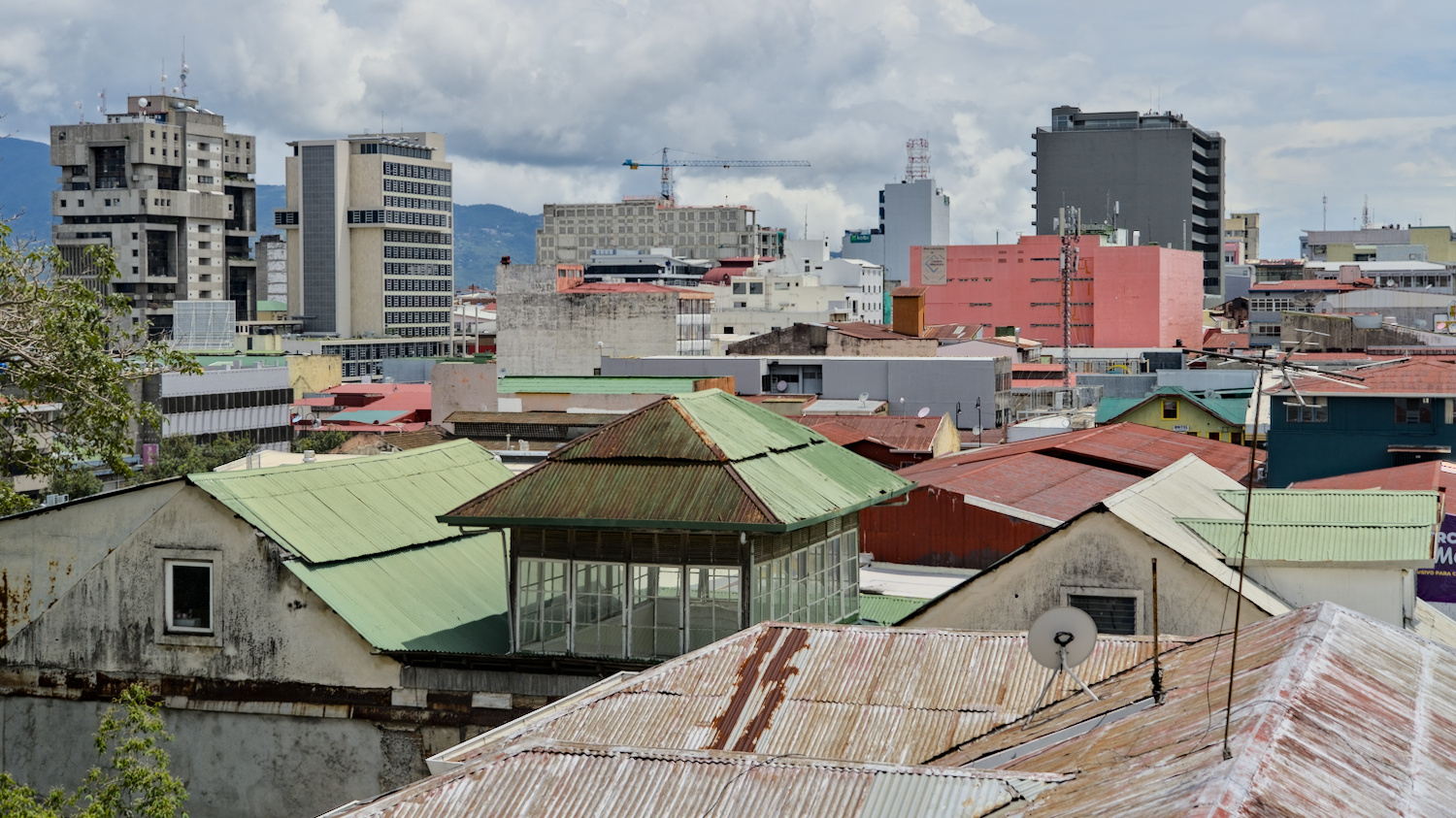
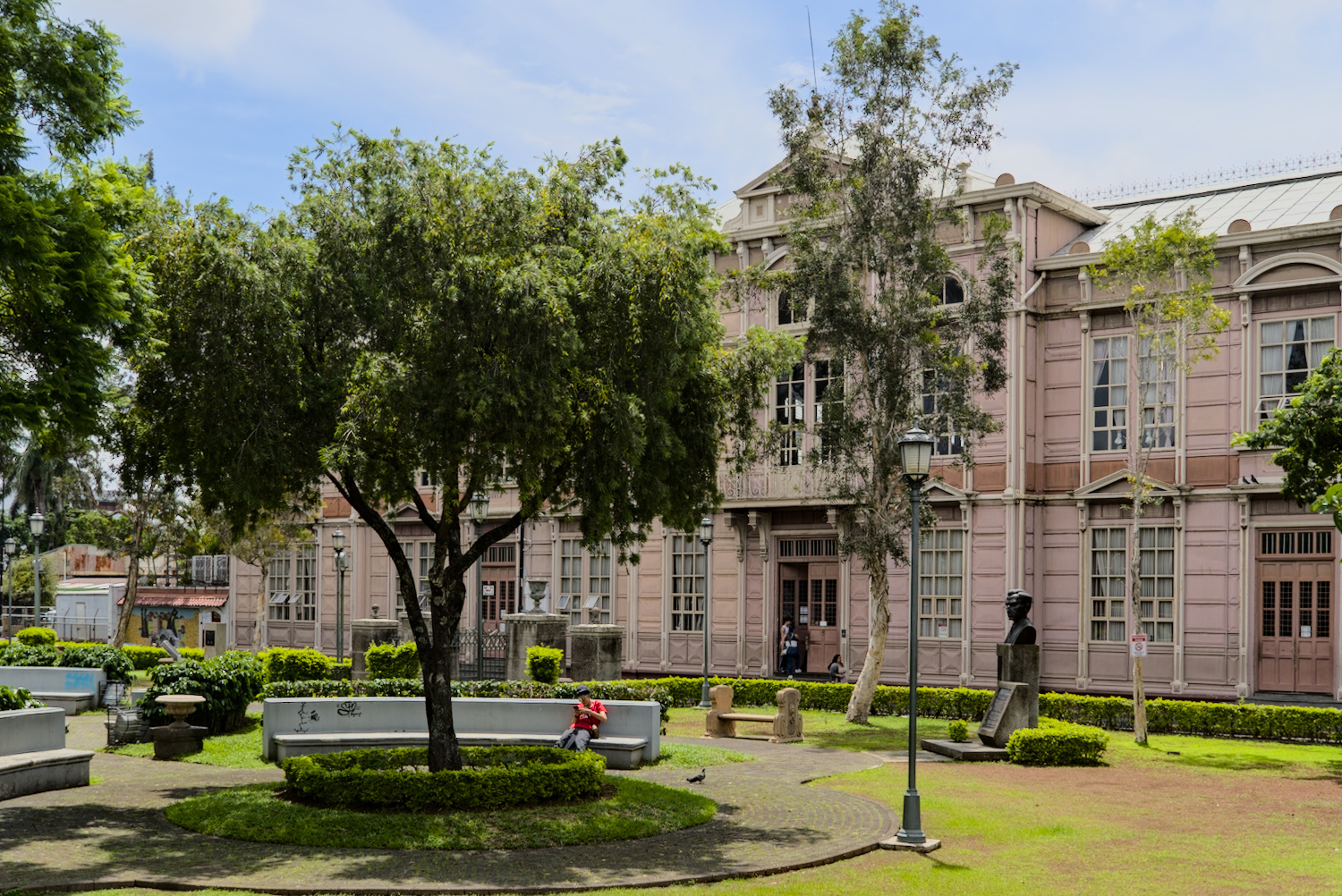
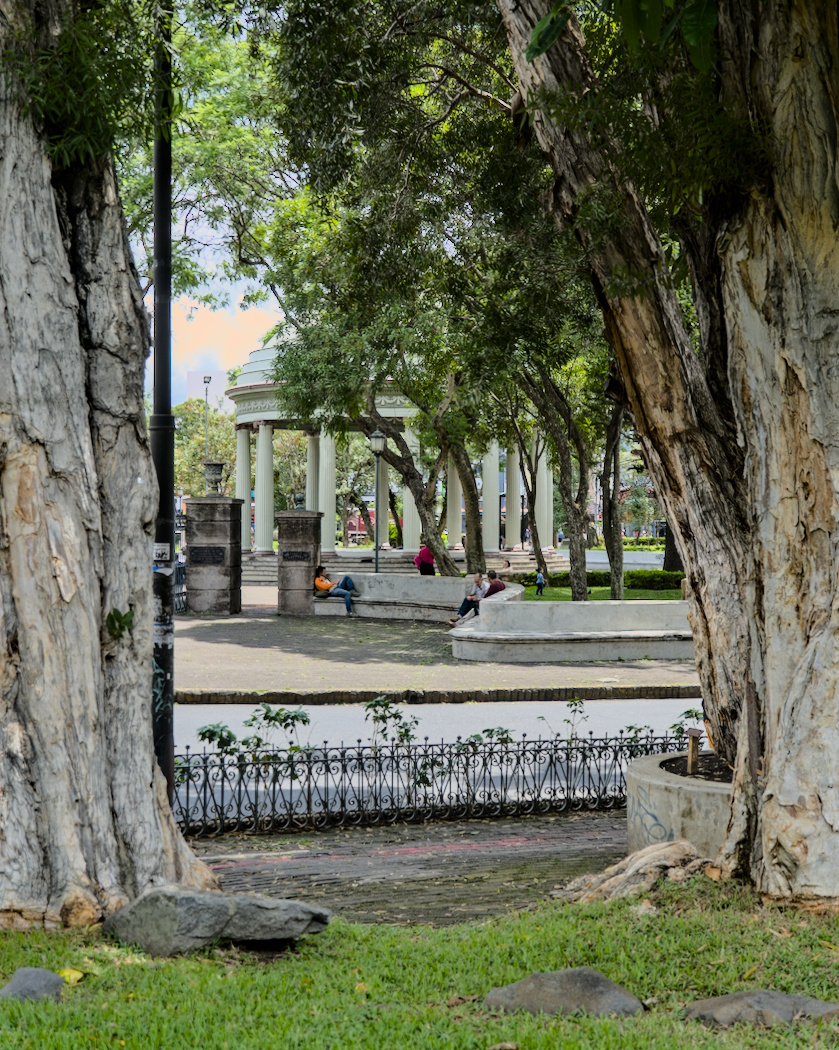
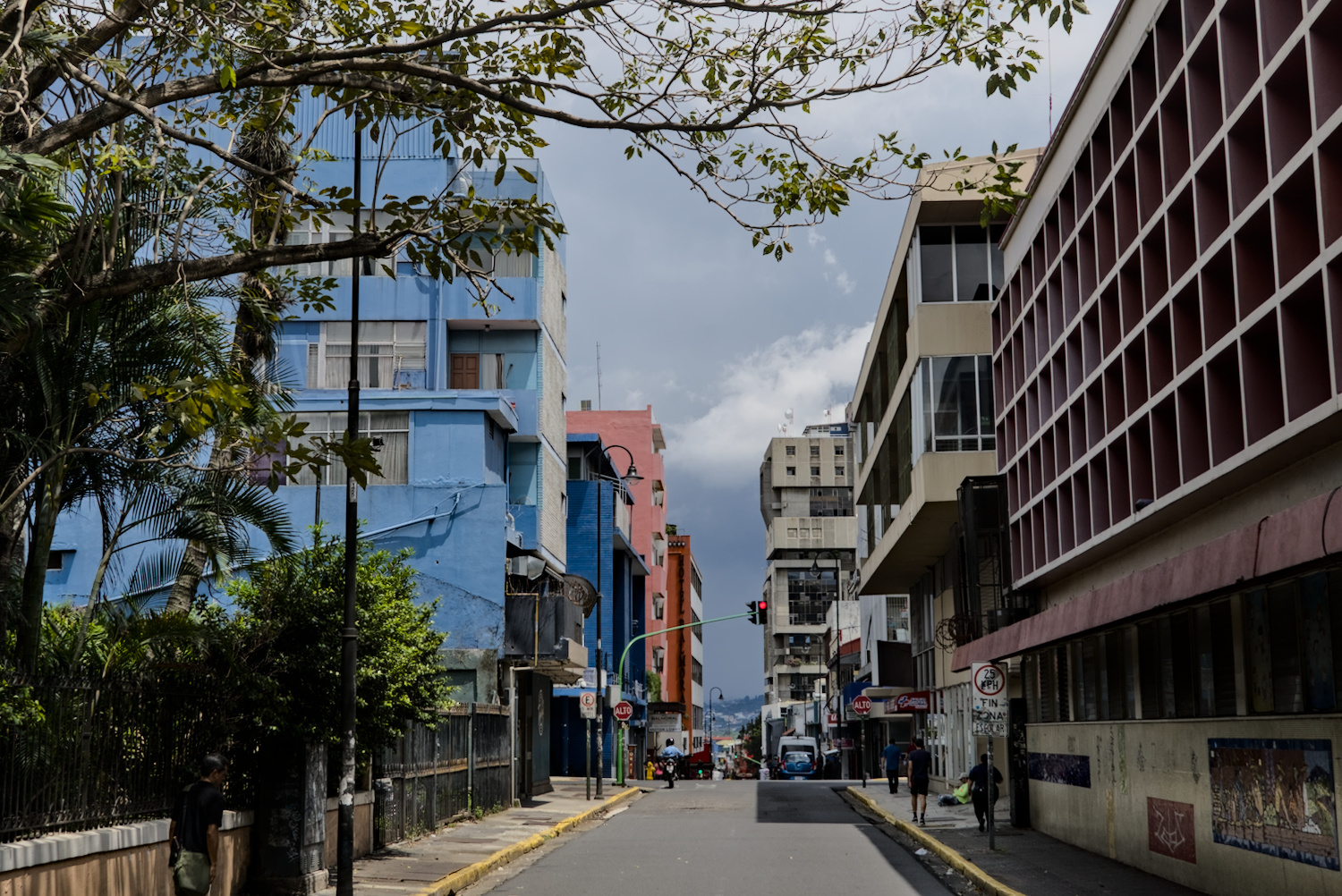
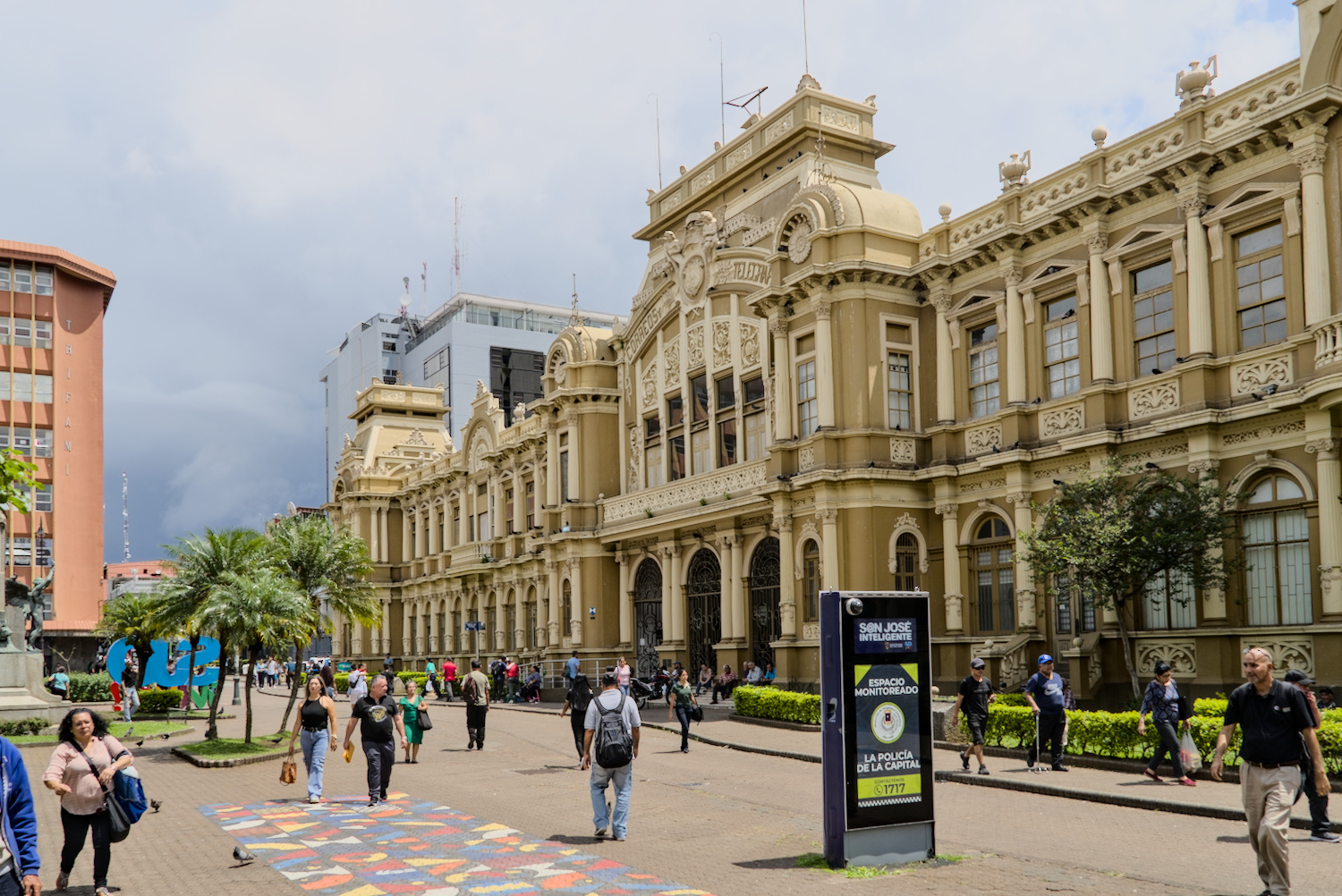
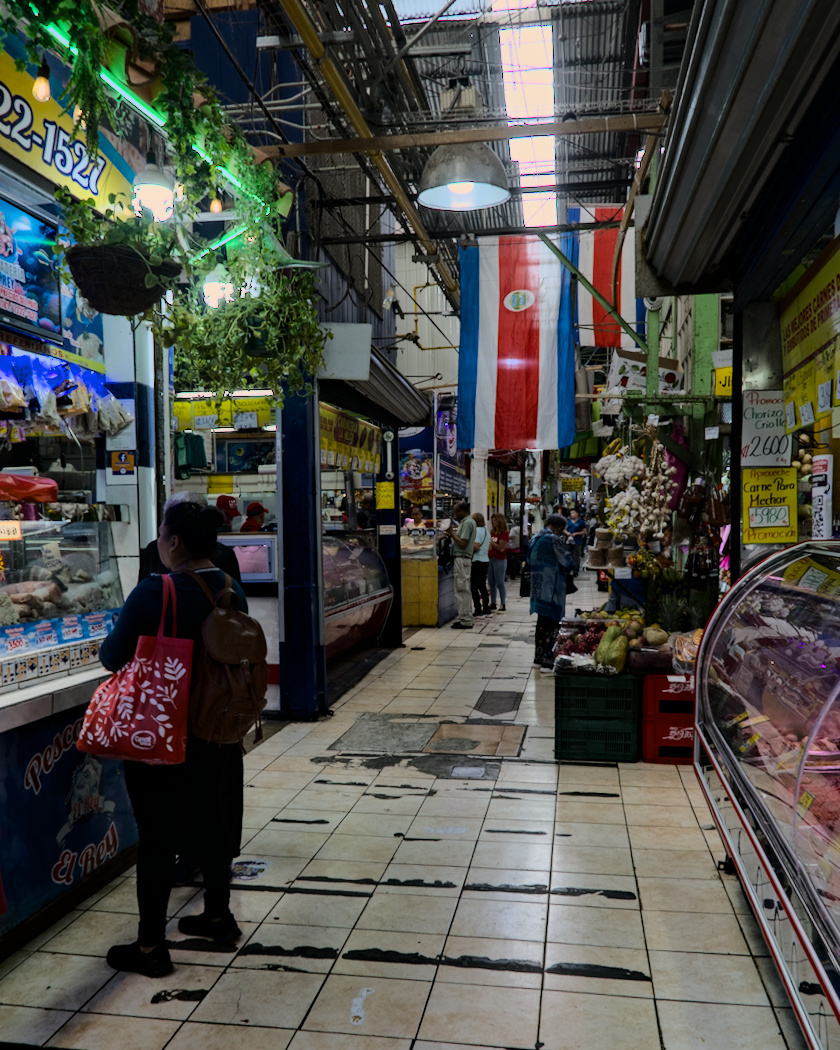
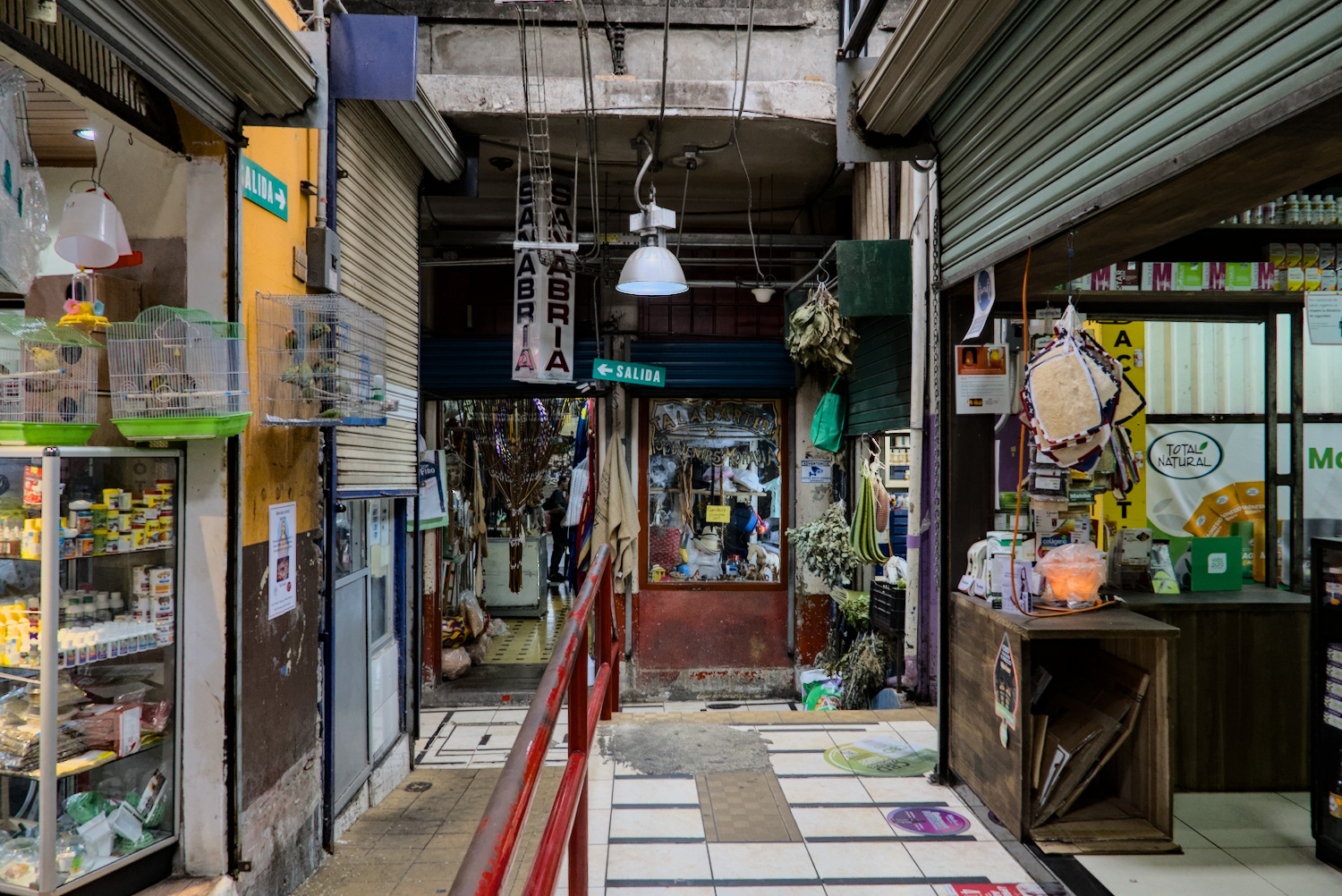
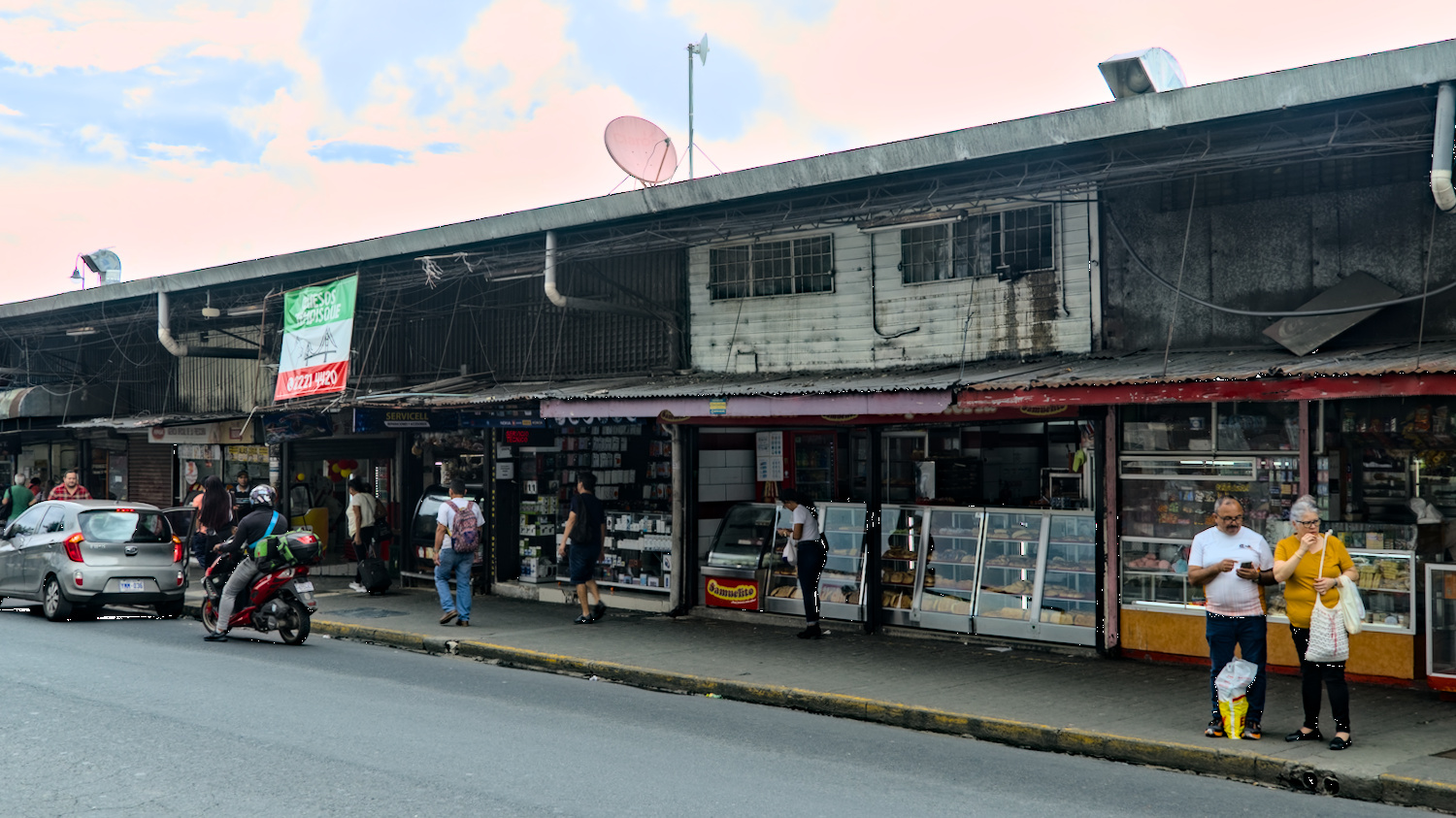
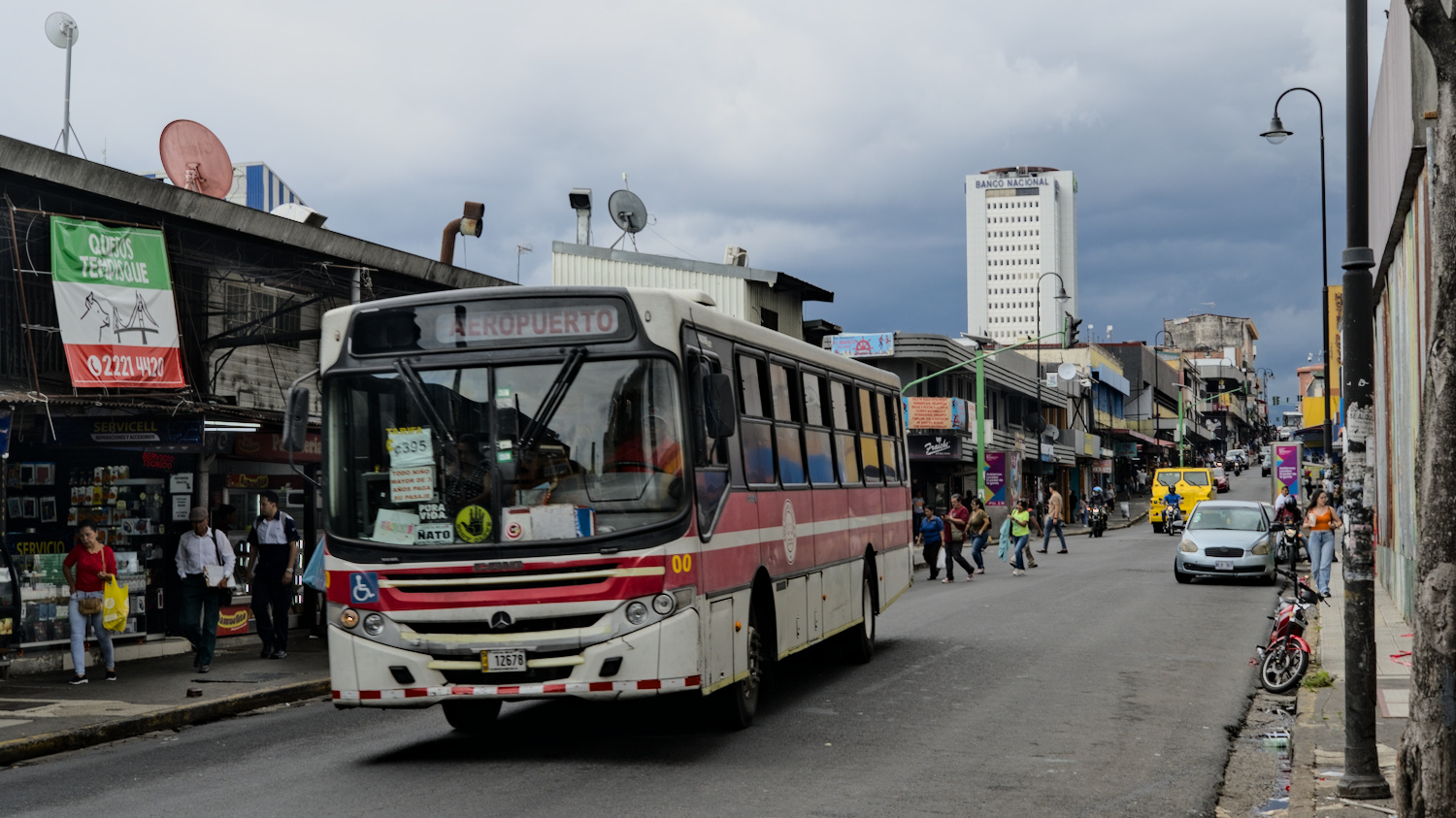
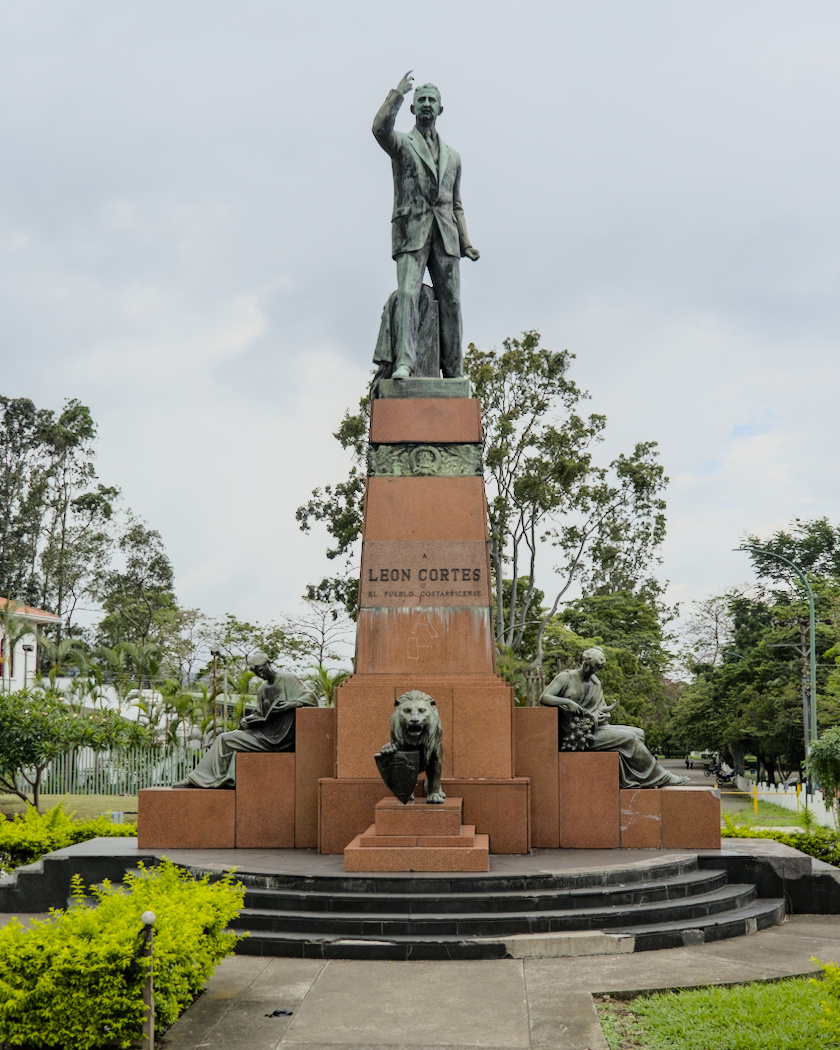
San José
Looking at the pictures I took in San José, I wonder whether I should shoot them for an advertising brochure for the city. Because to be honest, the capital of Costa Rica doesn’t look as good in reality as it does in the pictures. You can walk through the centre for two or three hours, always looking left and right, and you’ll always see lively, exciting scenes, but you’re unlikely to find a really cosy part of the city. There is no cohesive colonial old town, the architecture seems to be a patchwork and many of the neighbourhoods didn’t seem very inviting to me. Apart from two or three museums, there don’t seem to be any other exciting places for tourists; you could say it’s a completely unhyped, boring city in Central America. If that’s exactly what you’re looking for, you’ll find it in San José, but don’t expect too much.
The Marino Ballena National Park
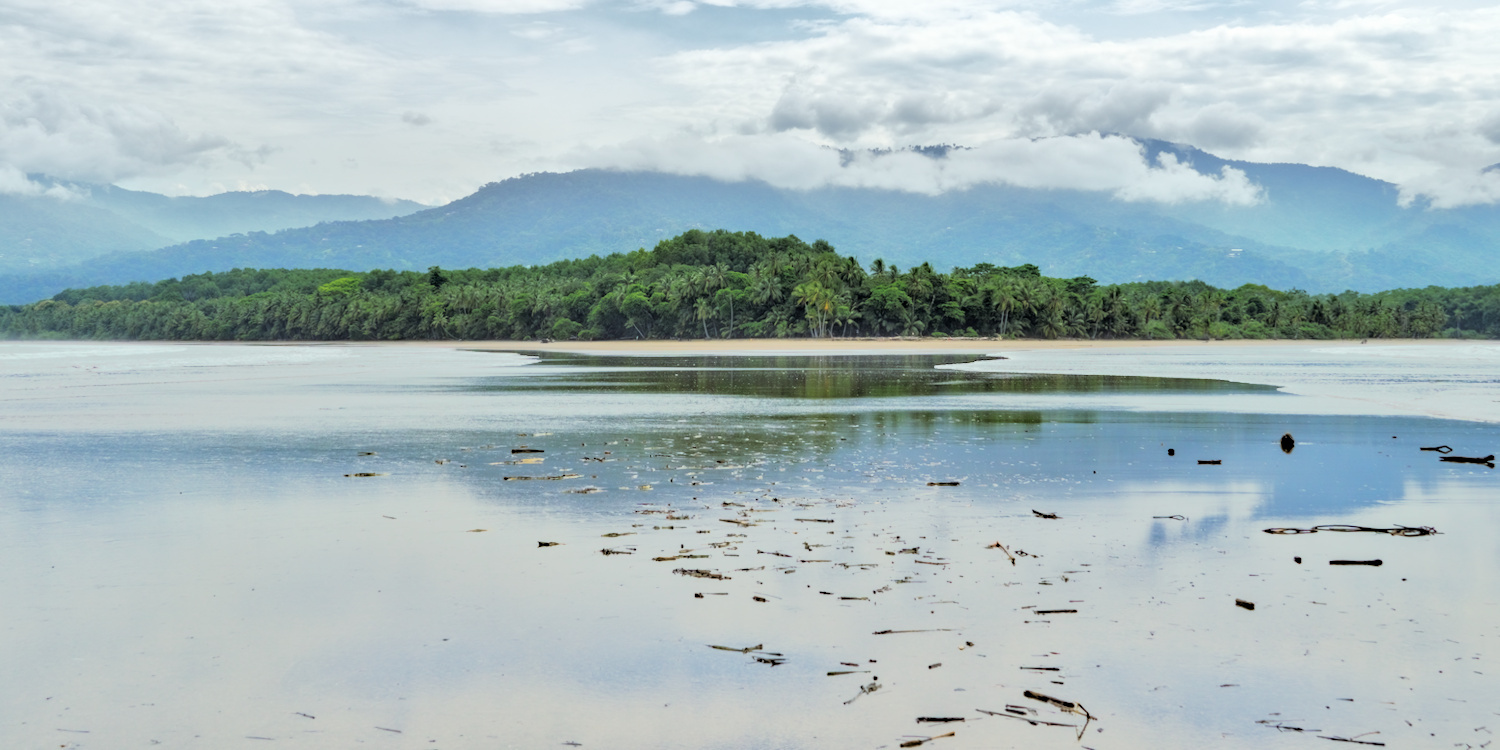
Marino Ballena National Park is a maritime national park with a few beaches on the Pacific coast. The park’s main attraction are the humpback whales, which come to the coast from July to October to breed. But it was only the beginning of June. So just a few beaches for which you have to pay an entrance fee? Not my cup of tea in theory. If there had been a list of specific destinations for Costa Rica, the Marino Ballena National Park would certainly not have been on it. And now, in hindsight, I am quite happy to have visited it.
By chance, I ended up in Uvita at the Luminosa Hostel – a place that was so cosy that I unexpectedly stayed there for a few days. Uvita is one of the access points to the national park and now that I’ve been there for a few days, I thought I’d take a trip into the park. The best time to visit the park is at low tide, because when the water recedes, a spit of sand and rock emerges from the water that looks like a whale’s fin when viewed from above. Nature had timed it perfectly, because low tide was just in the morning, when the light was perfect for taking photos and the clouds were still thick. And damn was I blown away by the beauty of this beach. A long, extremely clean and unspoilt-looking sandy beach with a lush green and dense strip of palm trees in the background. There was also a small stream meandering into the sea, with a mangrove swamp spreading out to the sides and, of course, the spit of land slowly emerging from the sea, from where you could get an even better view of the beach on foot from the sea. From this perspective, the coastline looked quite magical with the mountains shrouded in cloud in the background, the dense jungle of palm trees and the reflections of the slowly receding water on the sandbank.
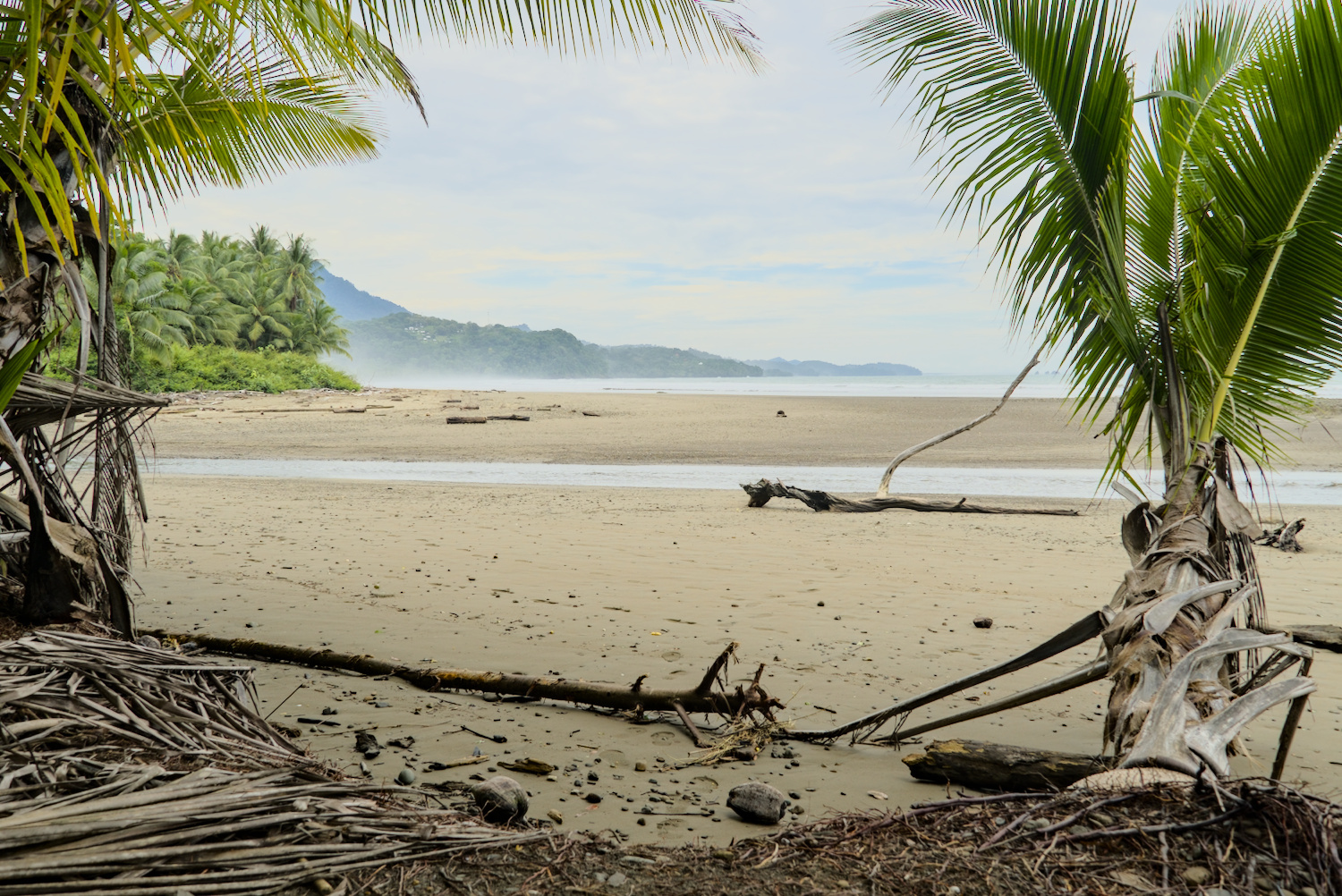
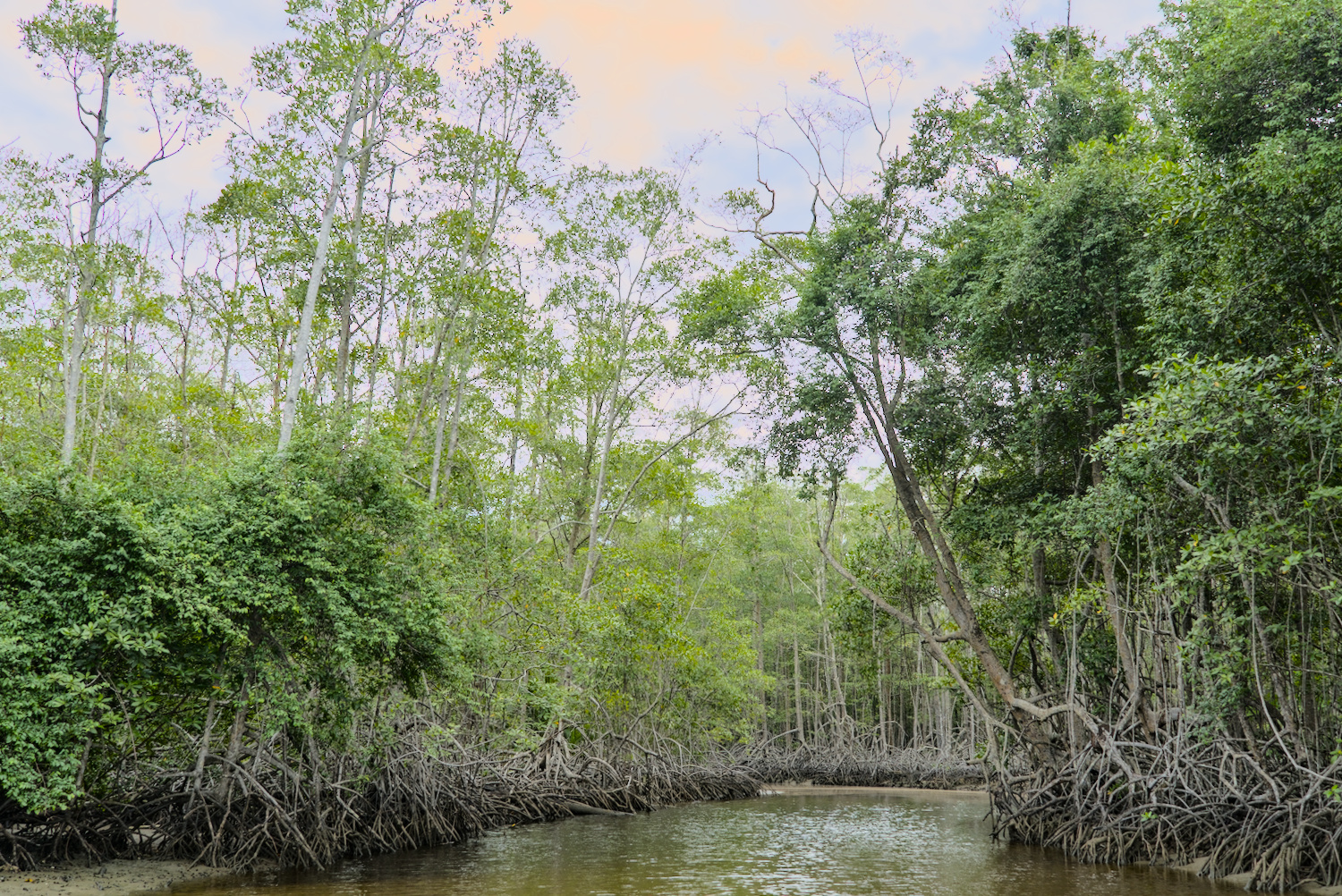
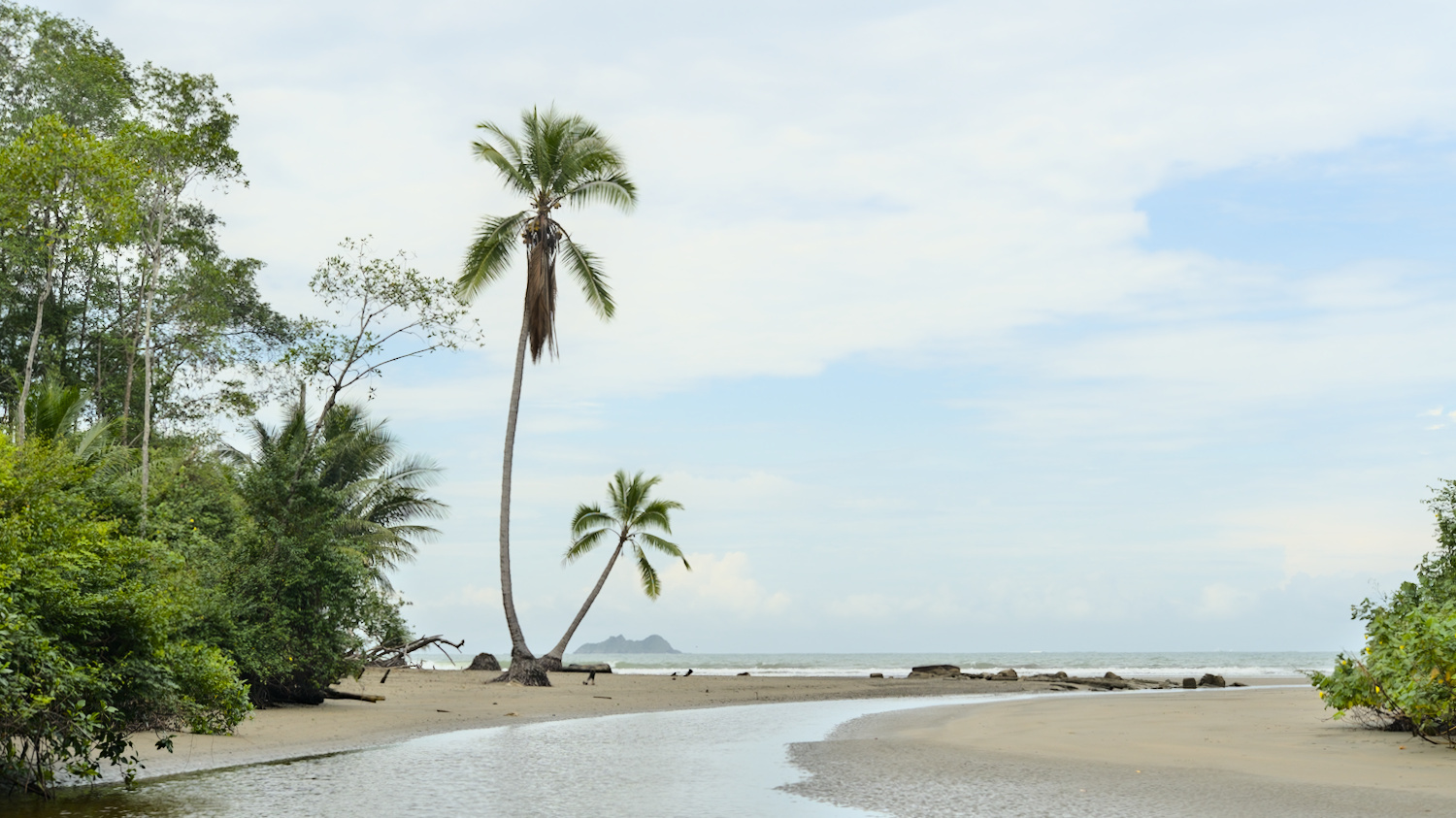
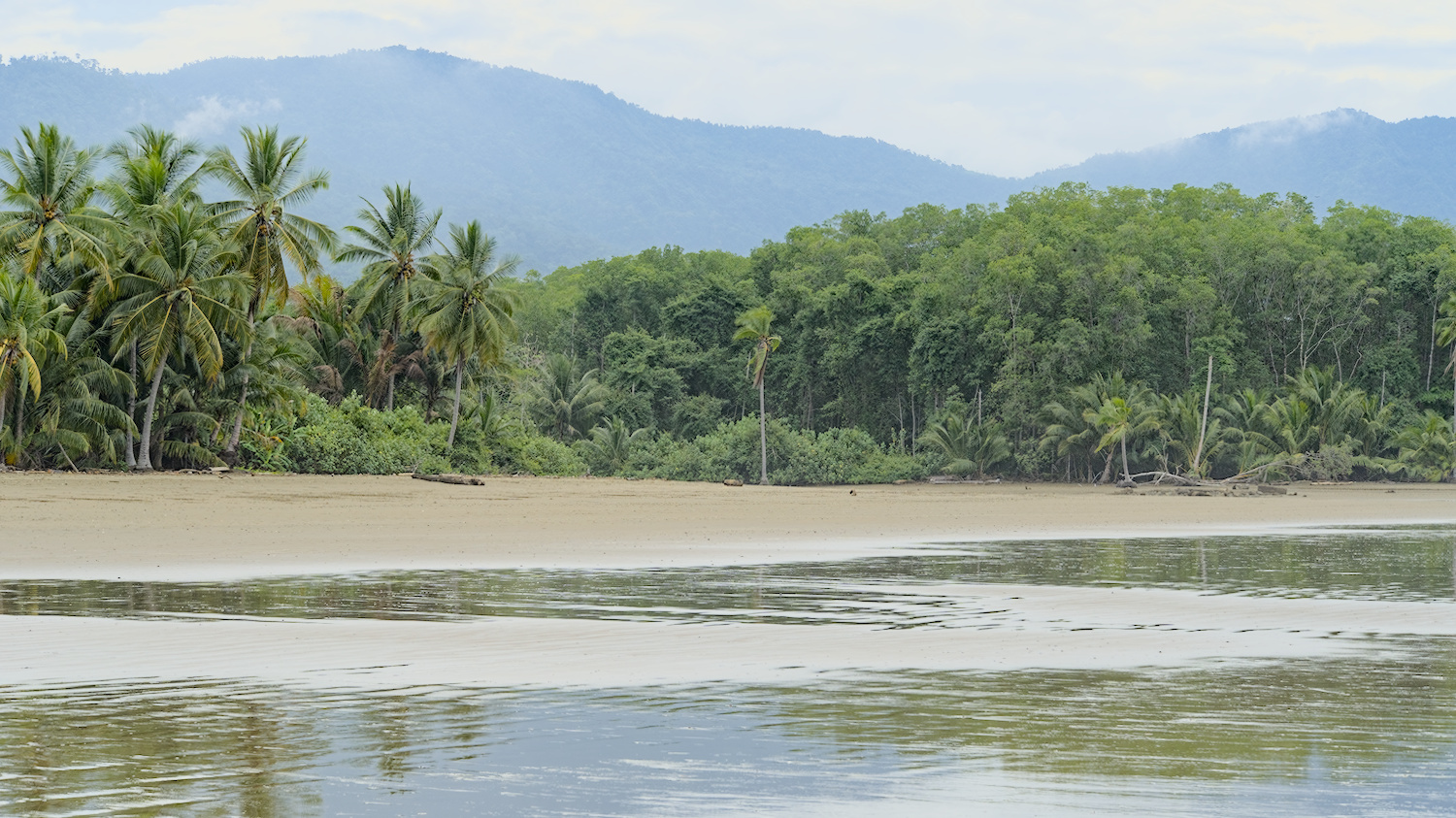
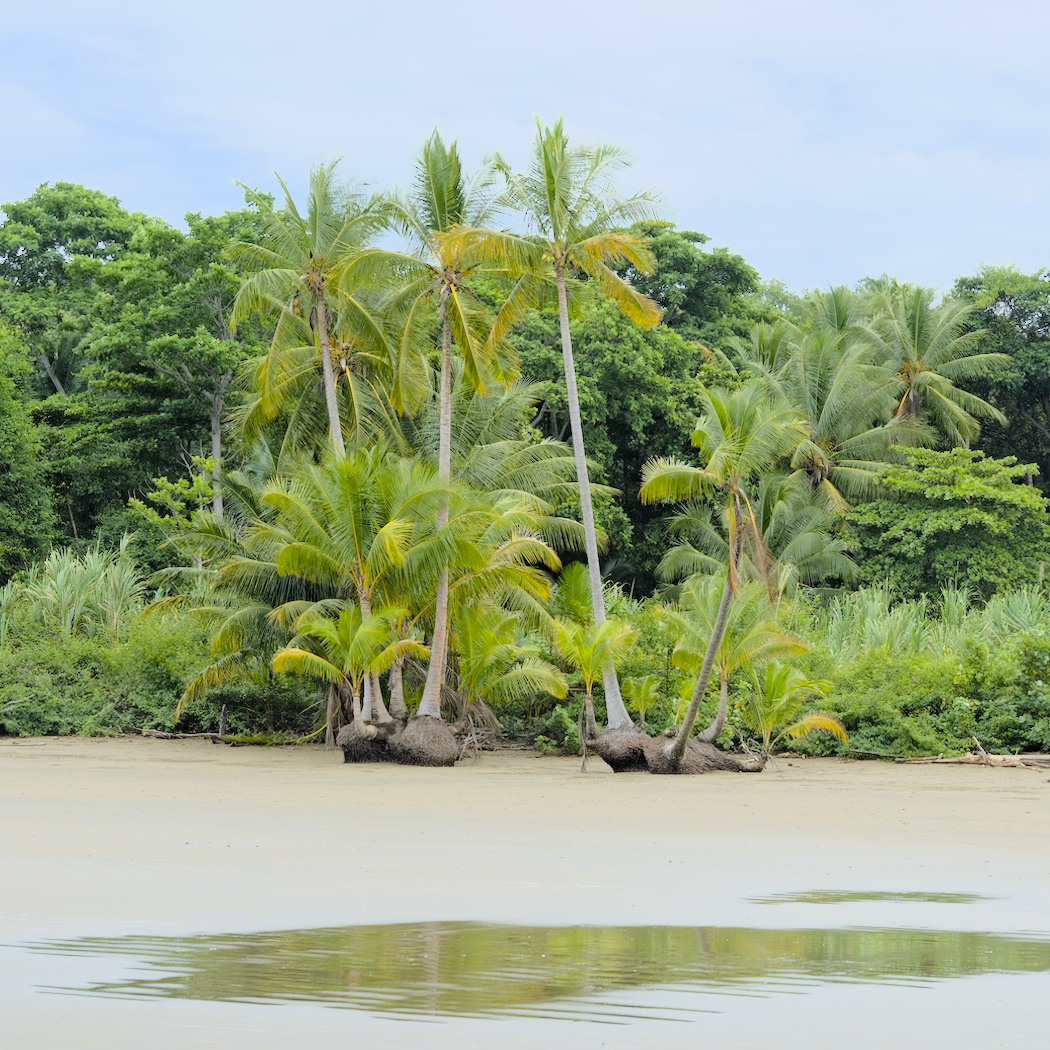
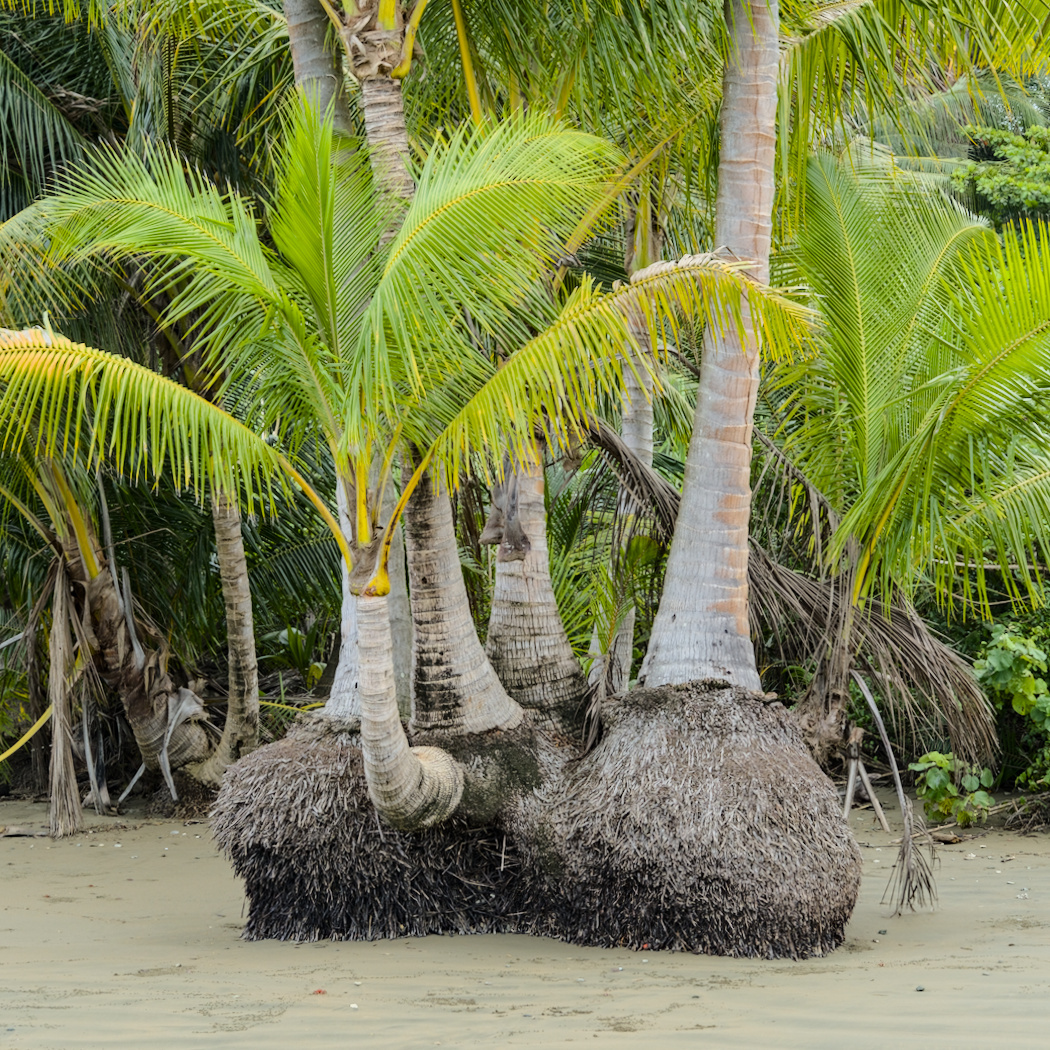
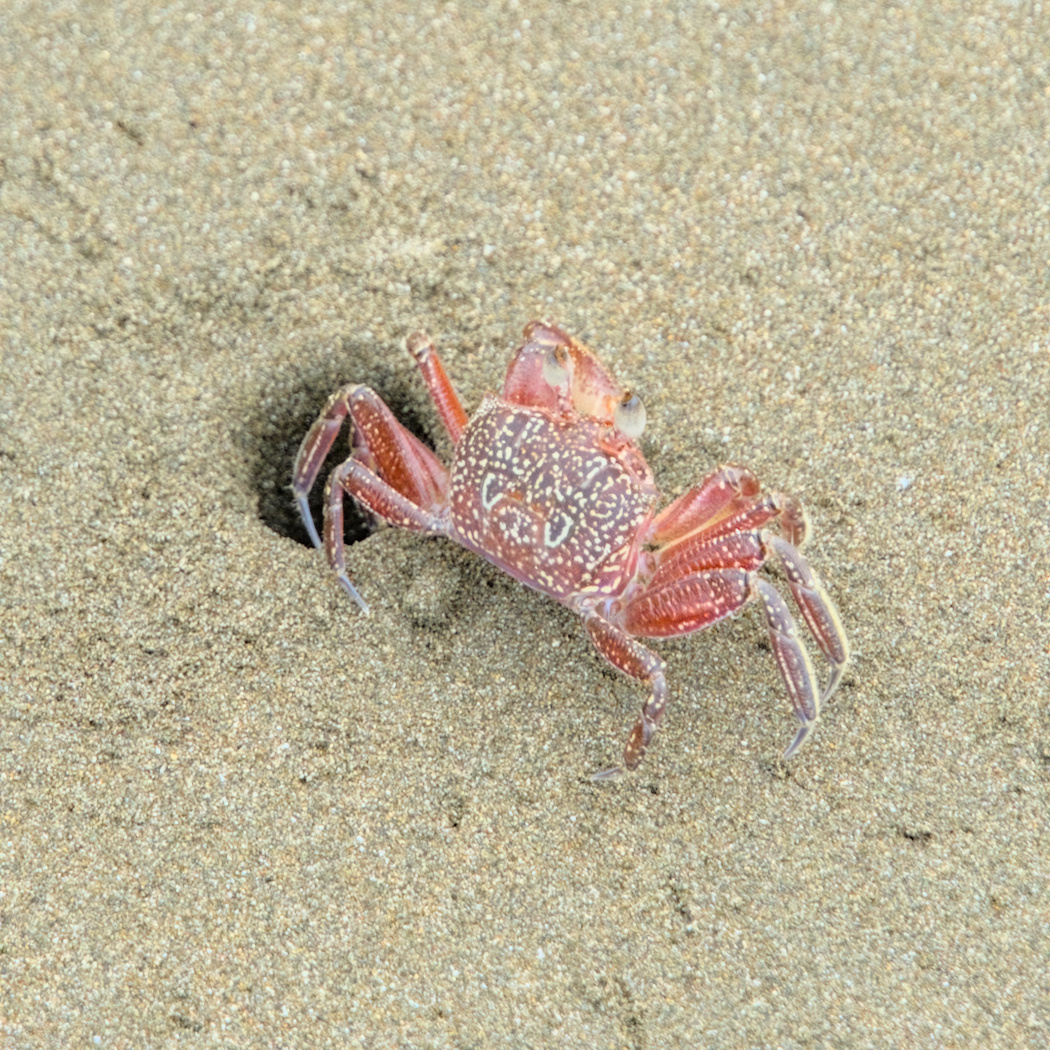
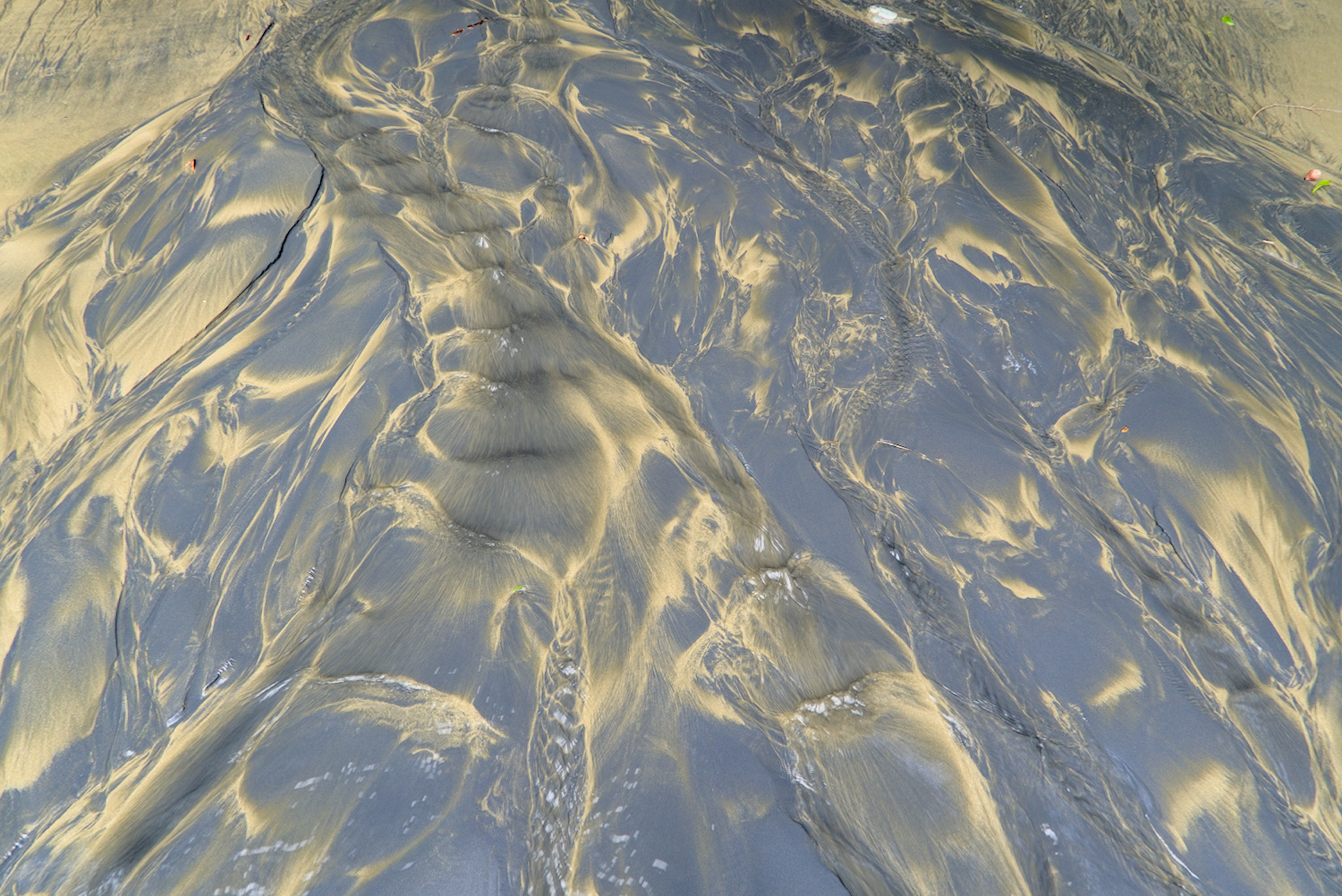

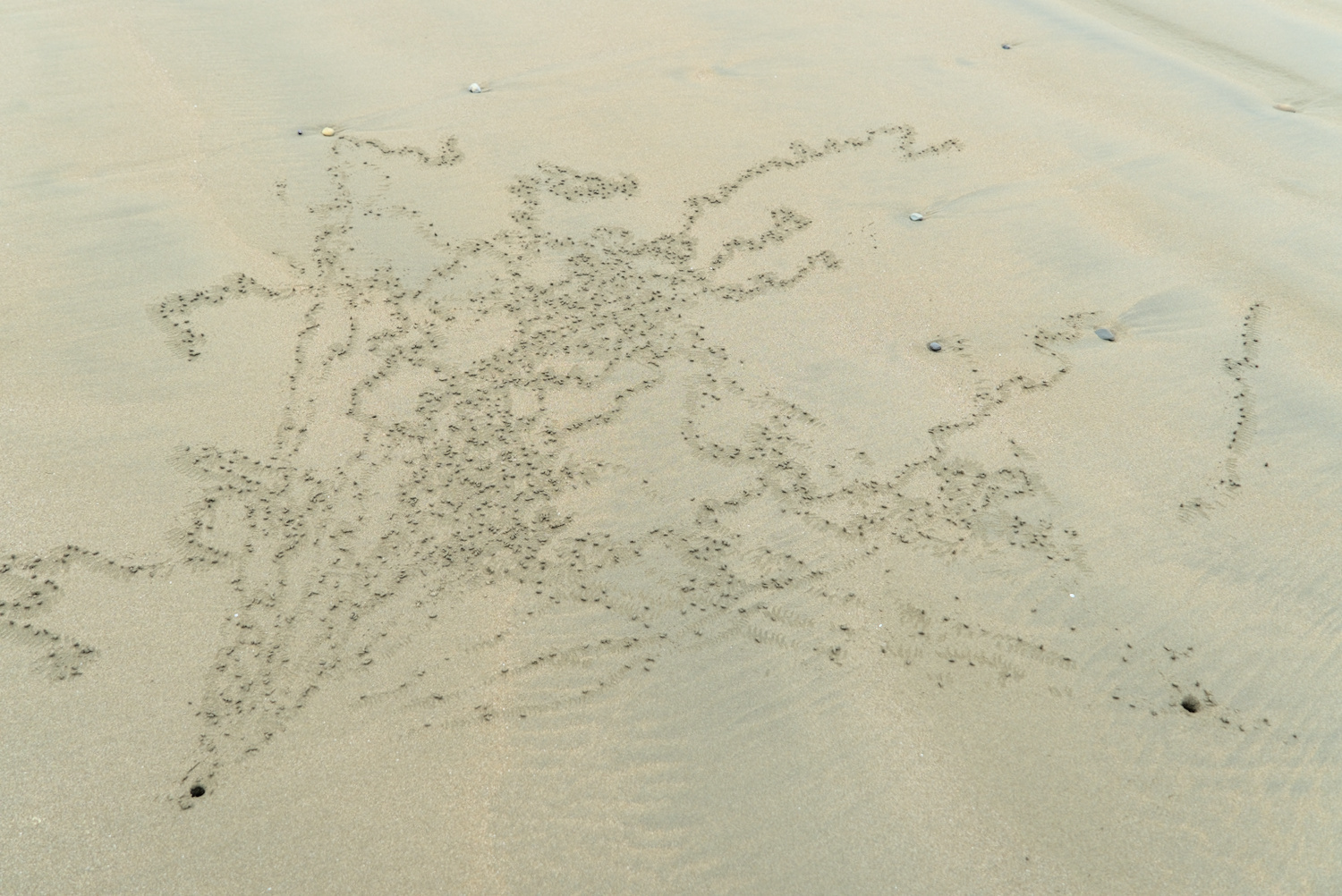
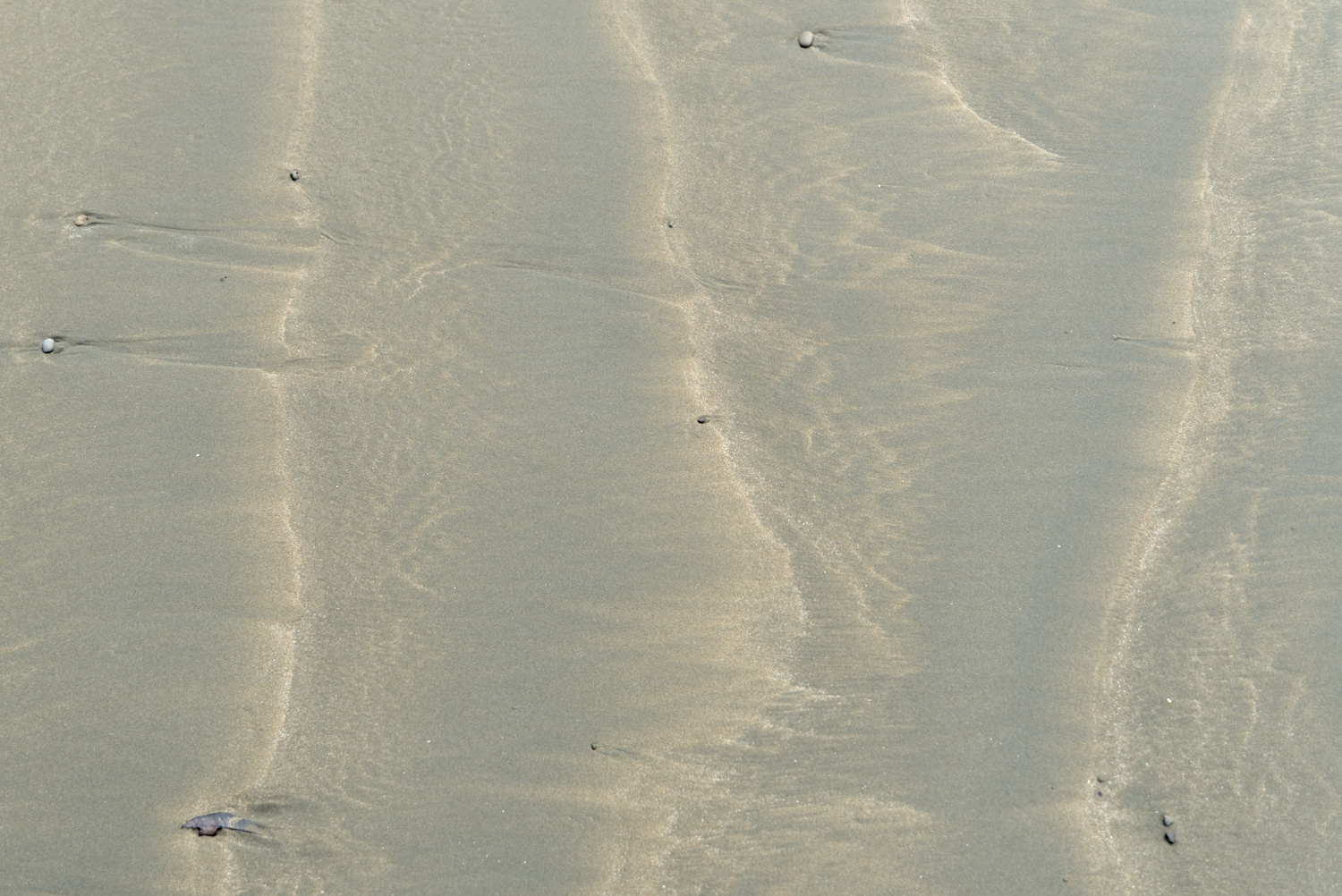
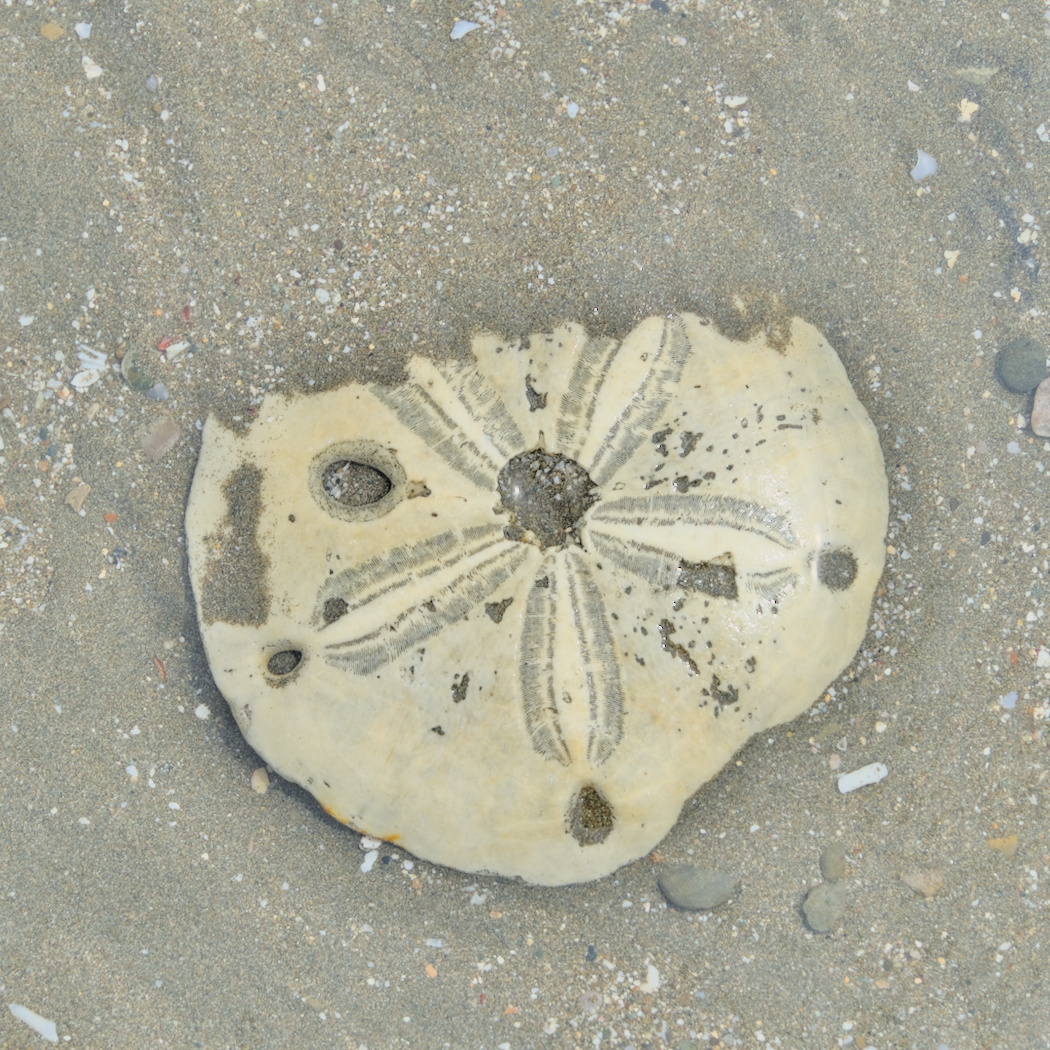
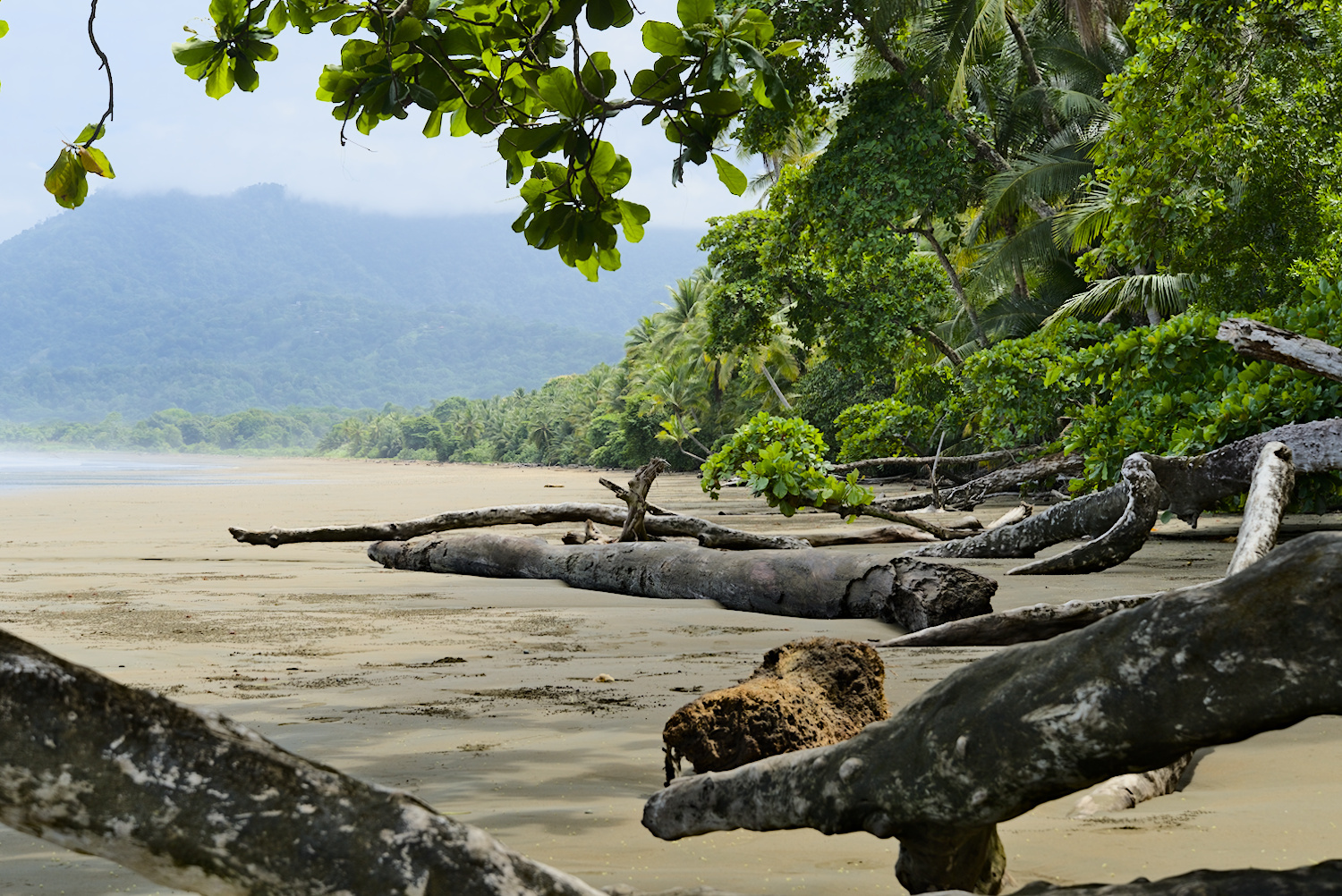
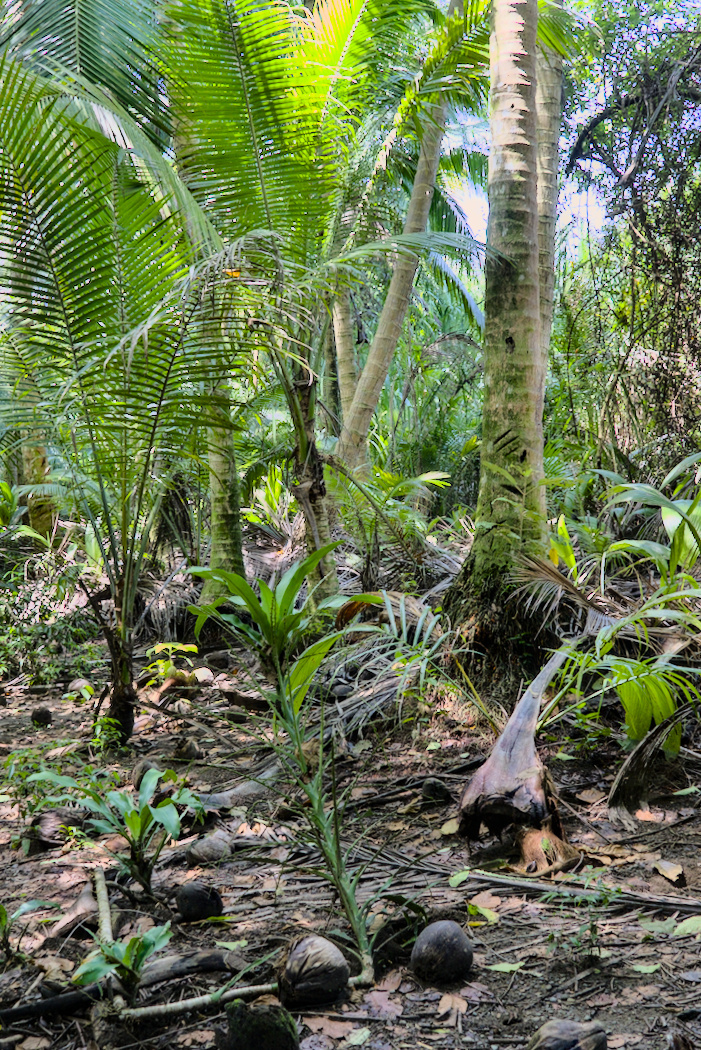
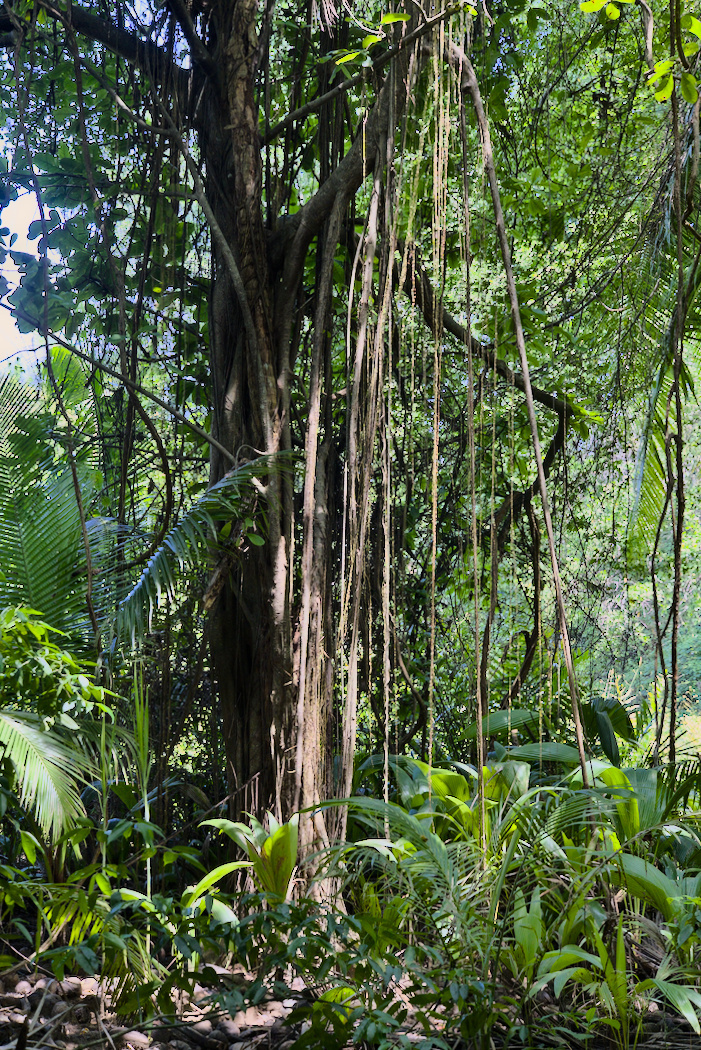
When I had finished visiting the beach in Uvita, I tried to get back to the hostel as quickly as possible to grab the bike. I was so fired up that I wanted to get to two more beaches in the park before the tide came back in. And it worked, even if it was pretty close. In fact, I ended up being completely alone there, apart from the white-faced capuchin monkeys that were swinging around above me.
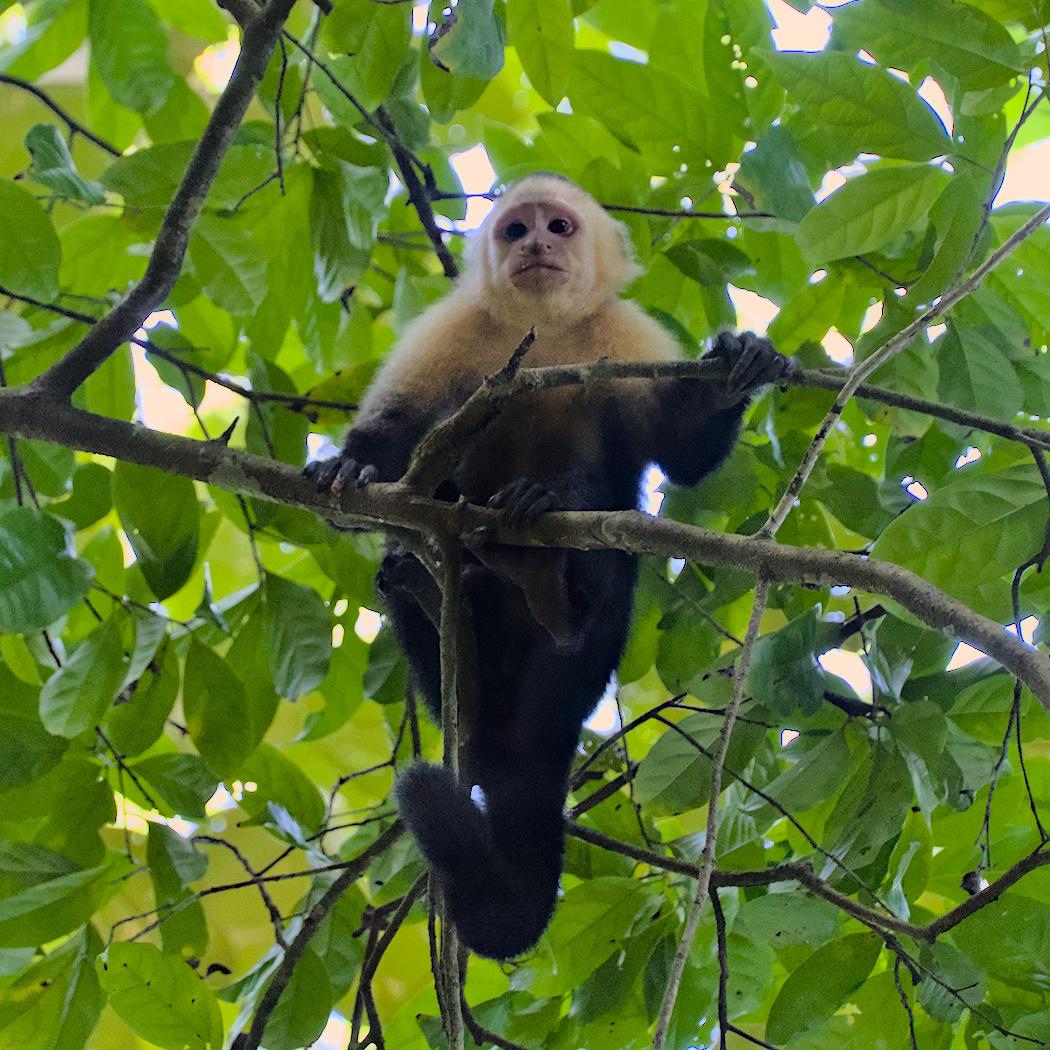
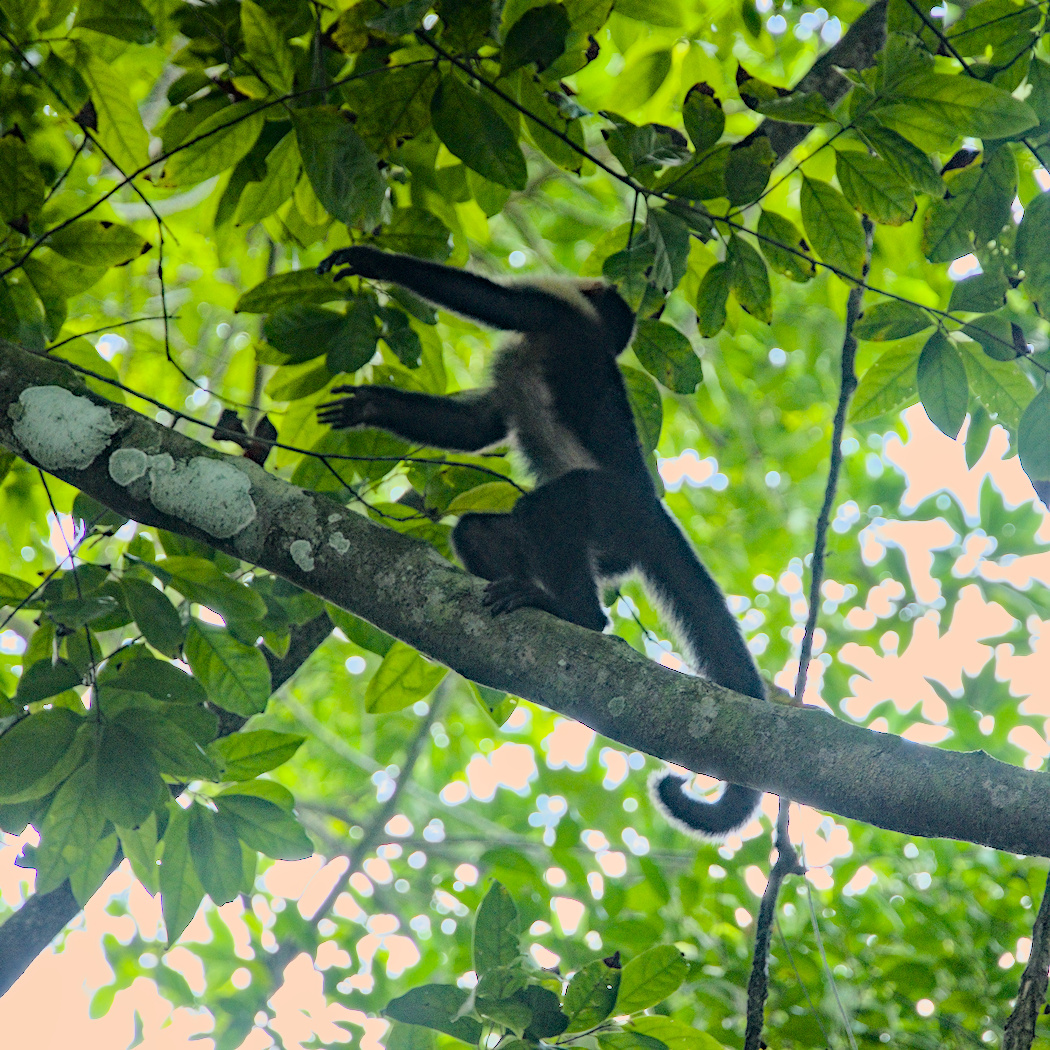
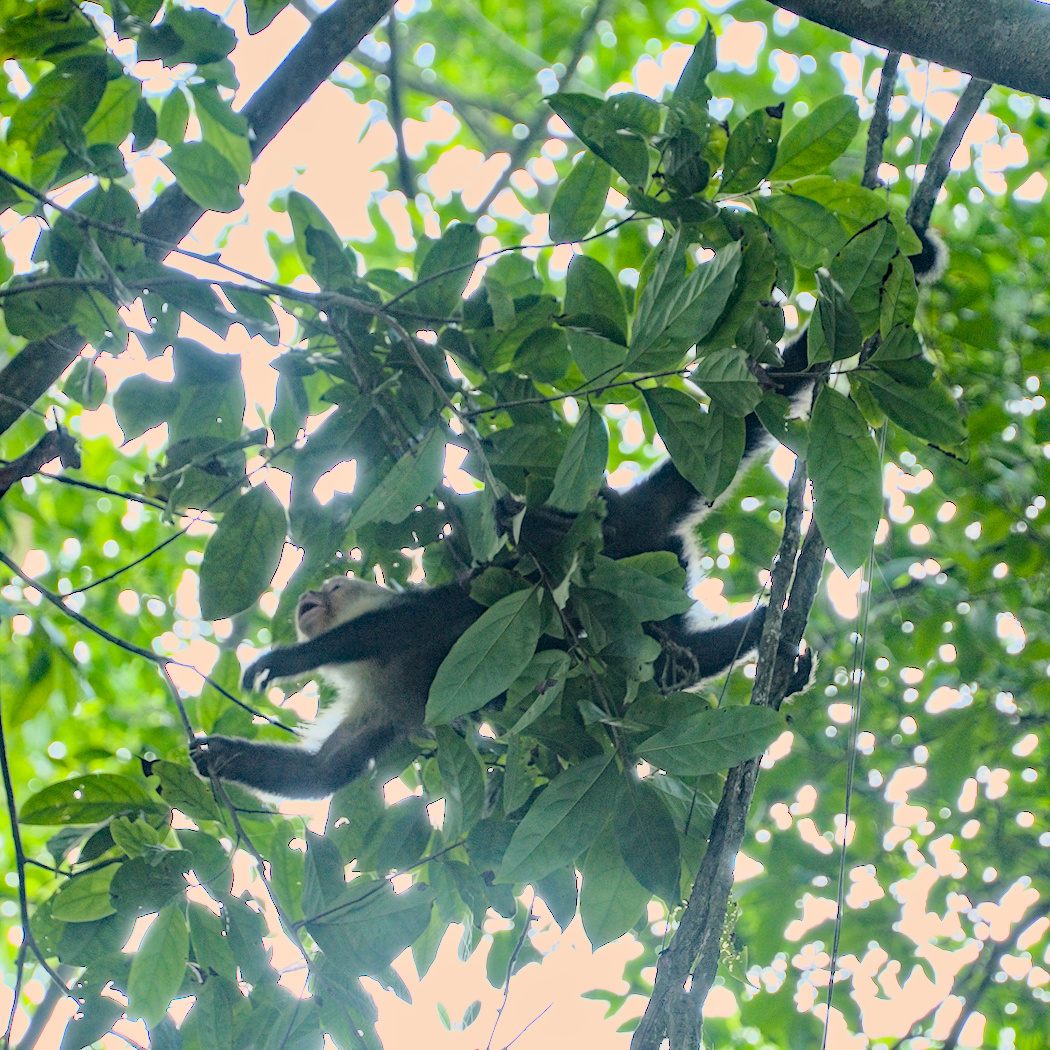
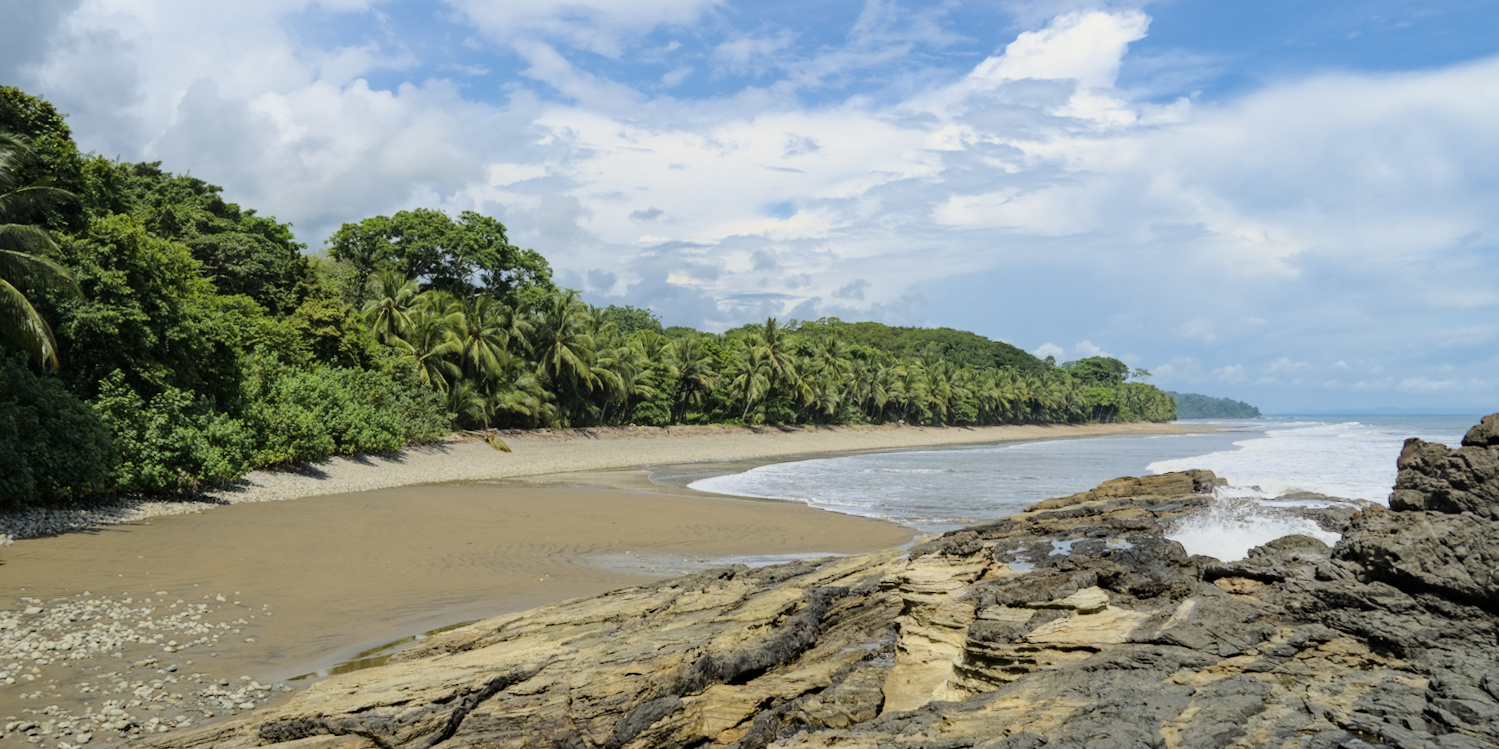
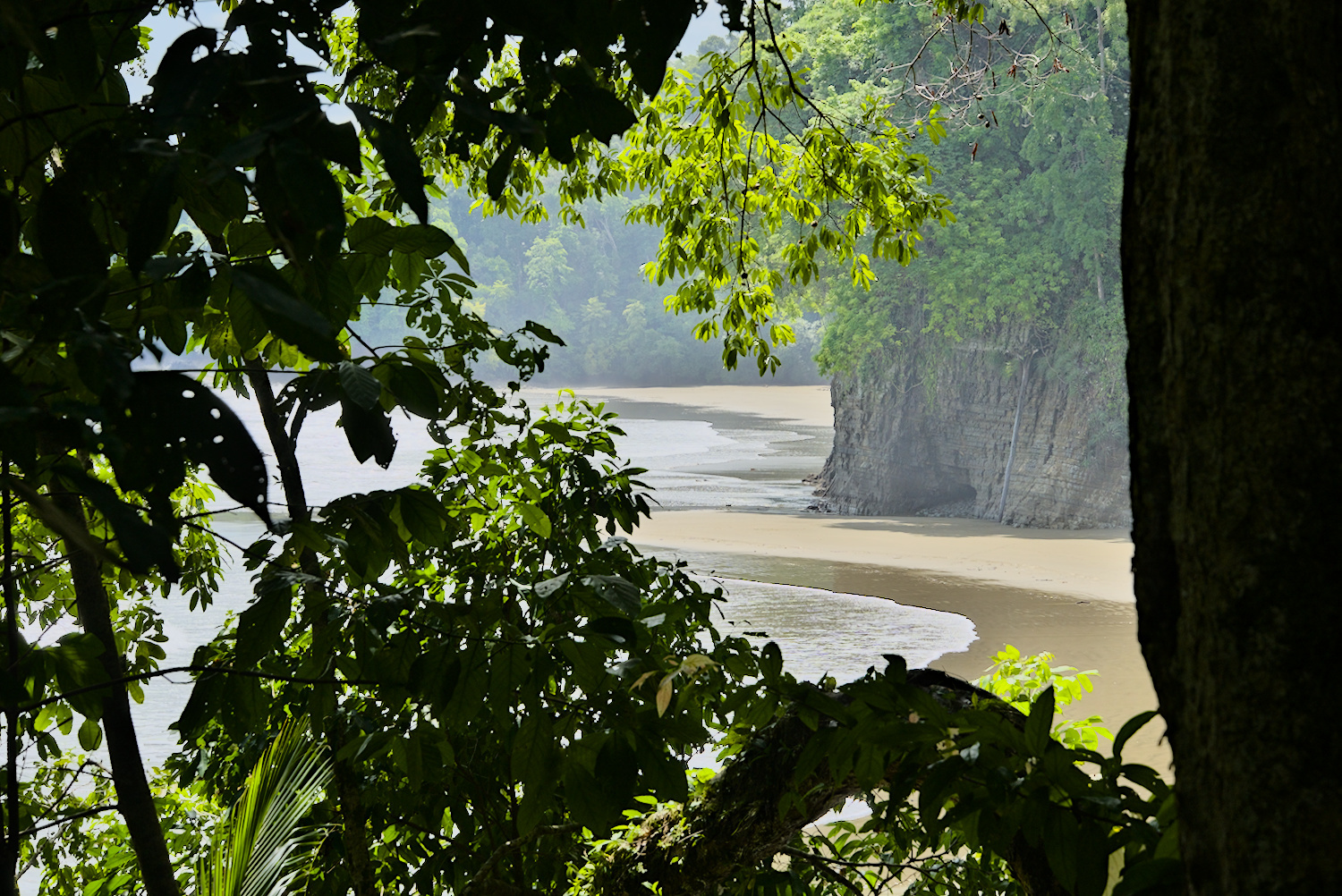
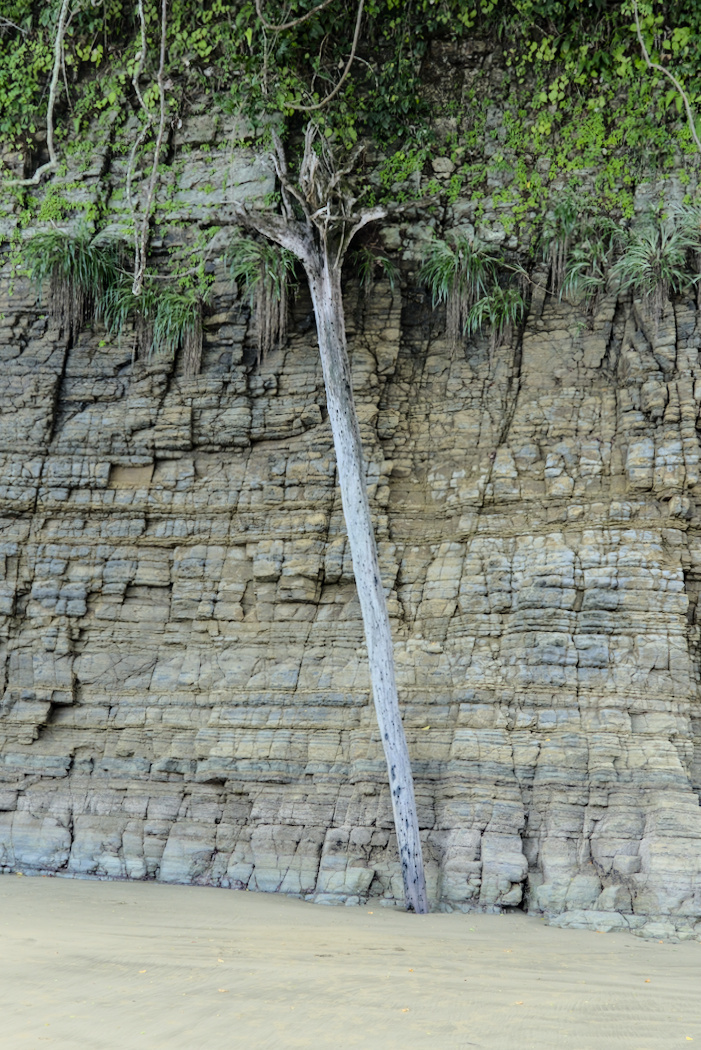
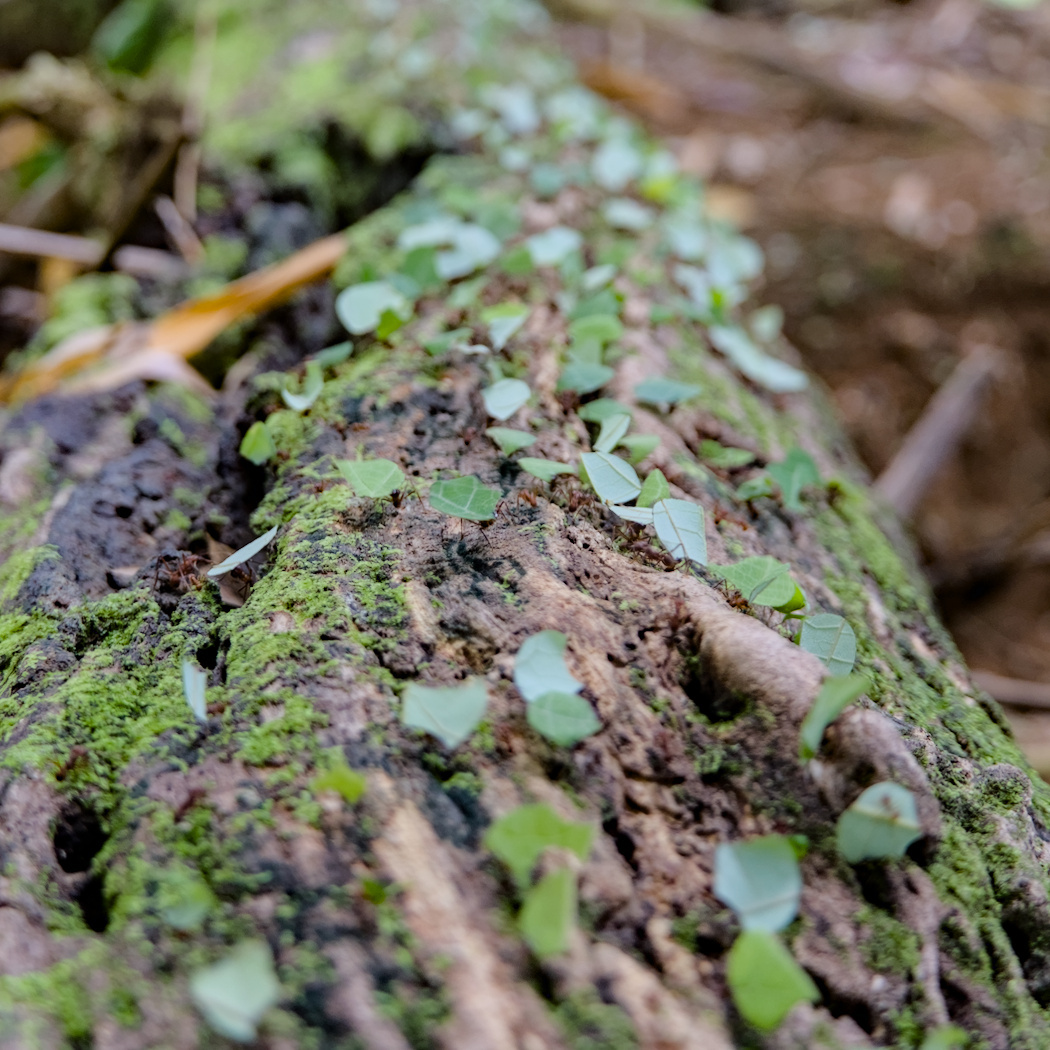
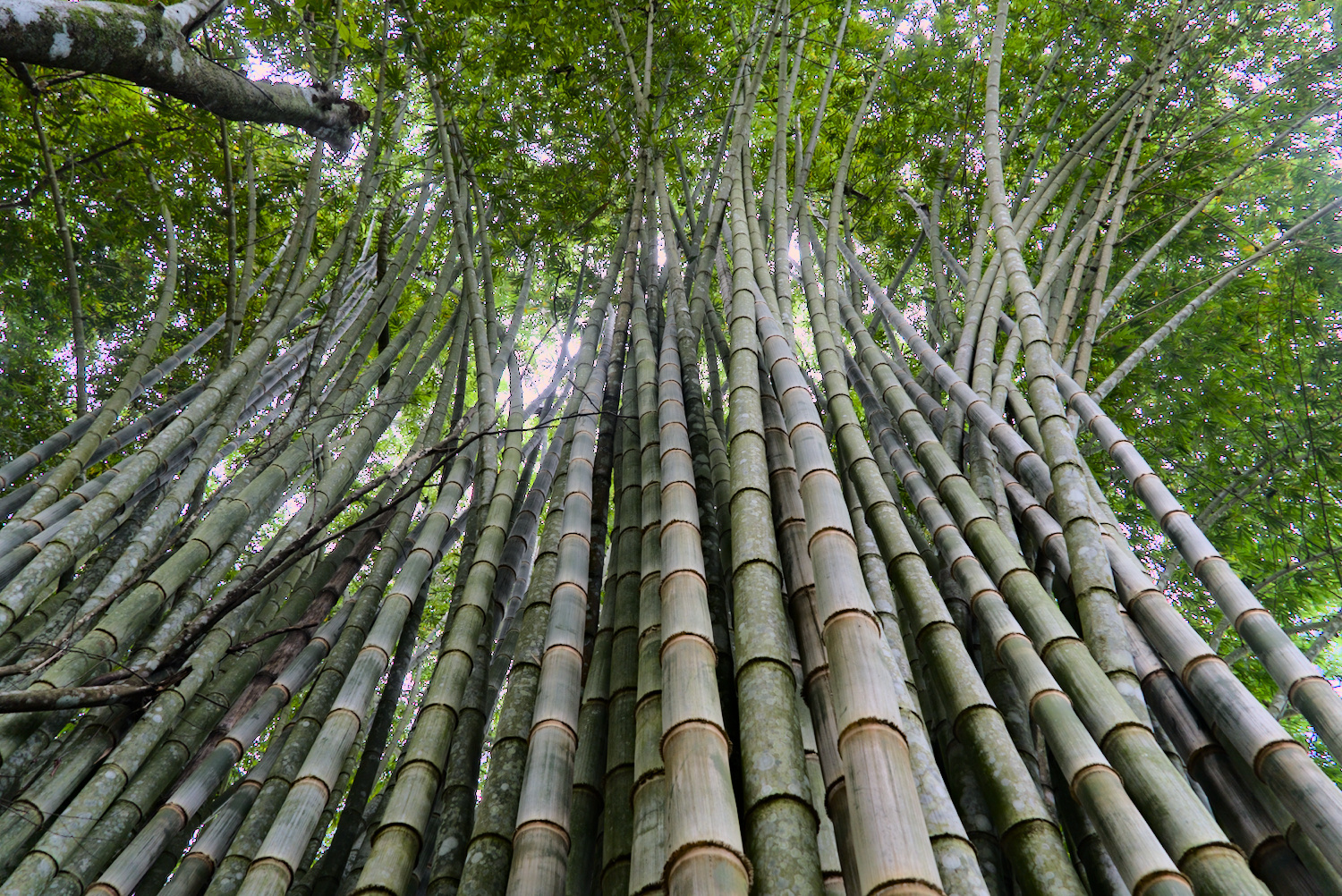
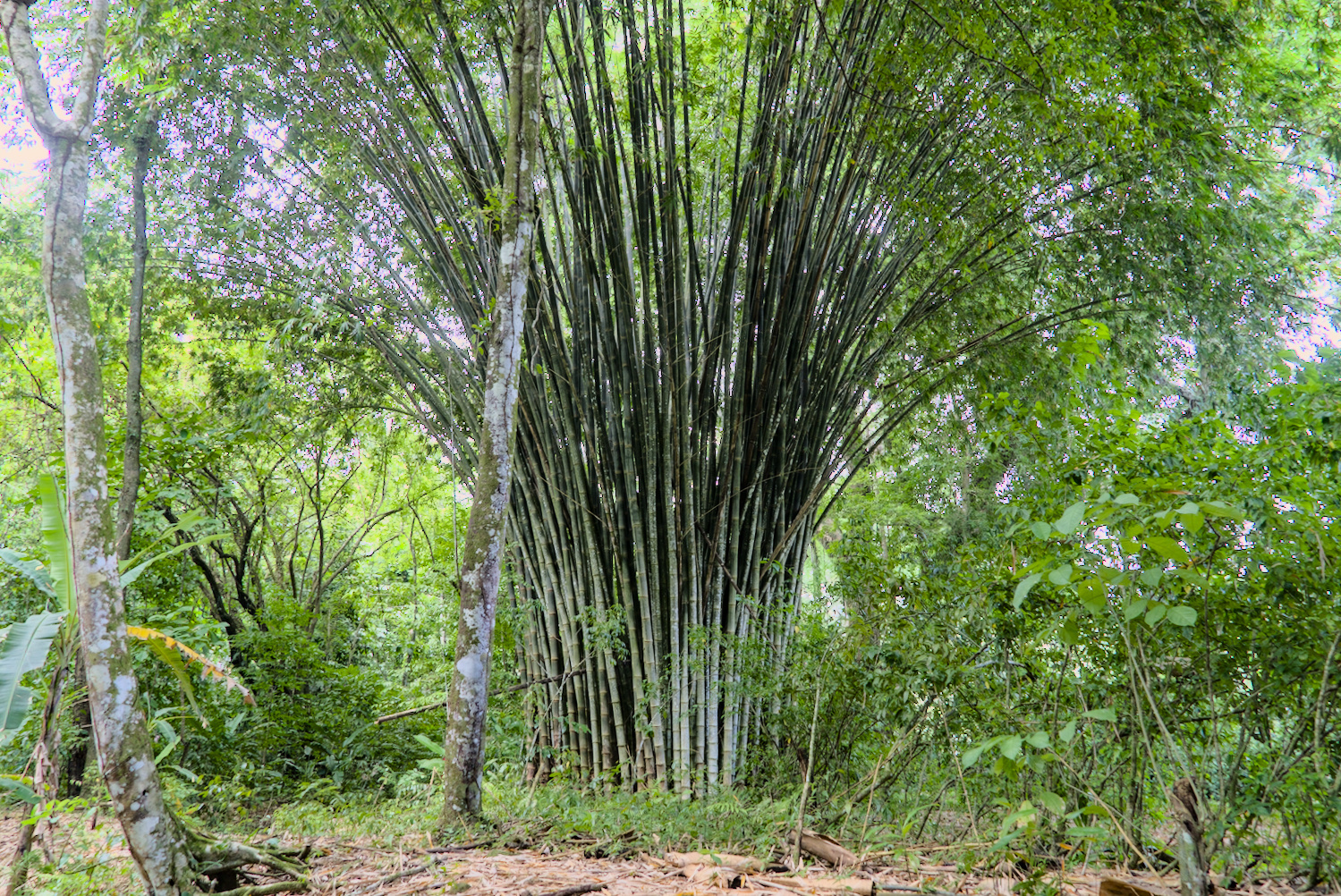
When it scratches on the tent at night
At another point on the route along the Pacific coast, I crossed the Río Grande de Tárcoles. And the bridge over the river is definitely worth a stop, not because of its architecture, but because of what happens underneath it. On a sandbank in the river, I was able to watch two mighty alligators sunbathing – an awe-inspiring sight and a good reminder to think carefully about where to set foot in these areas and where not to.
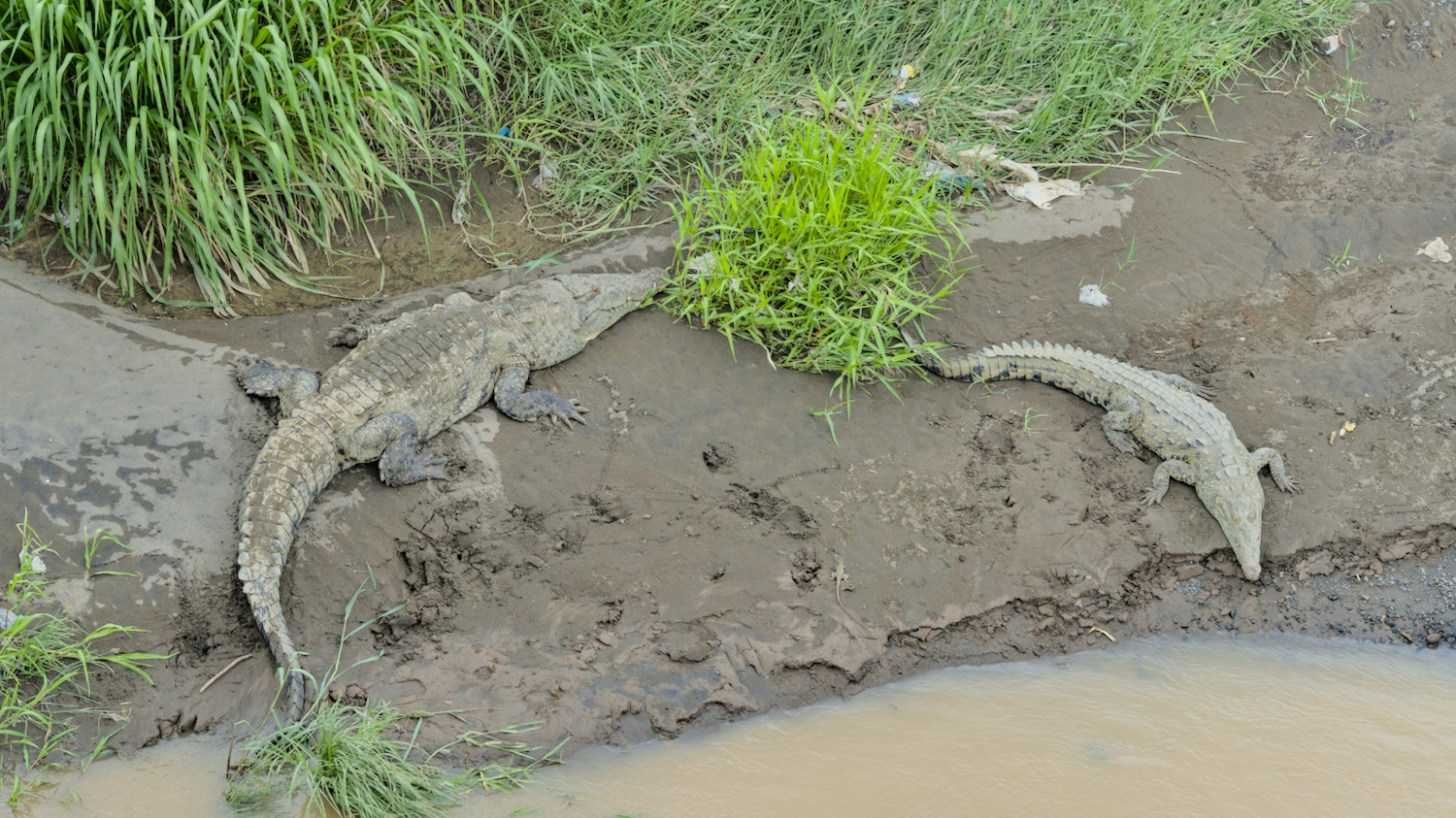
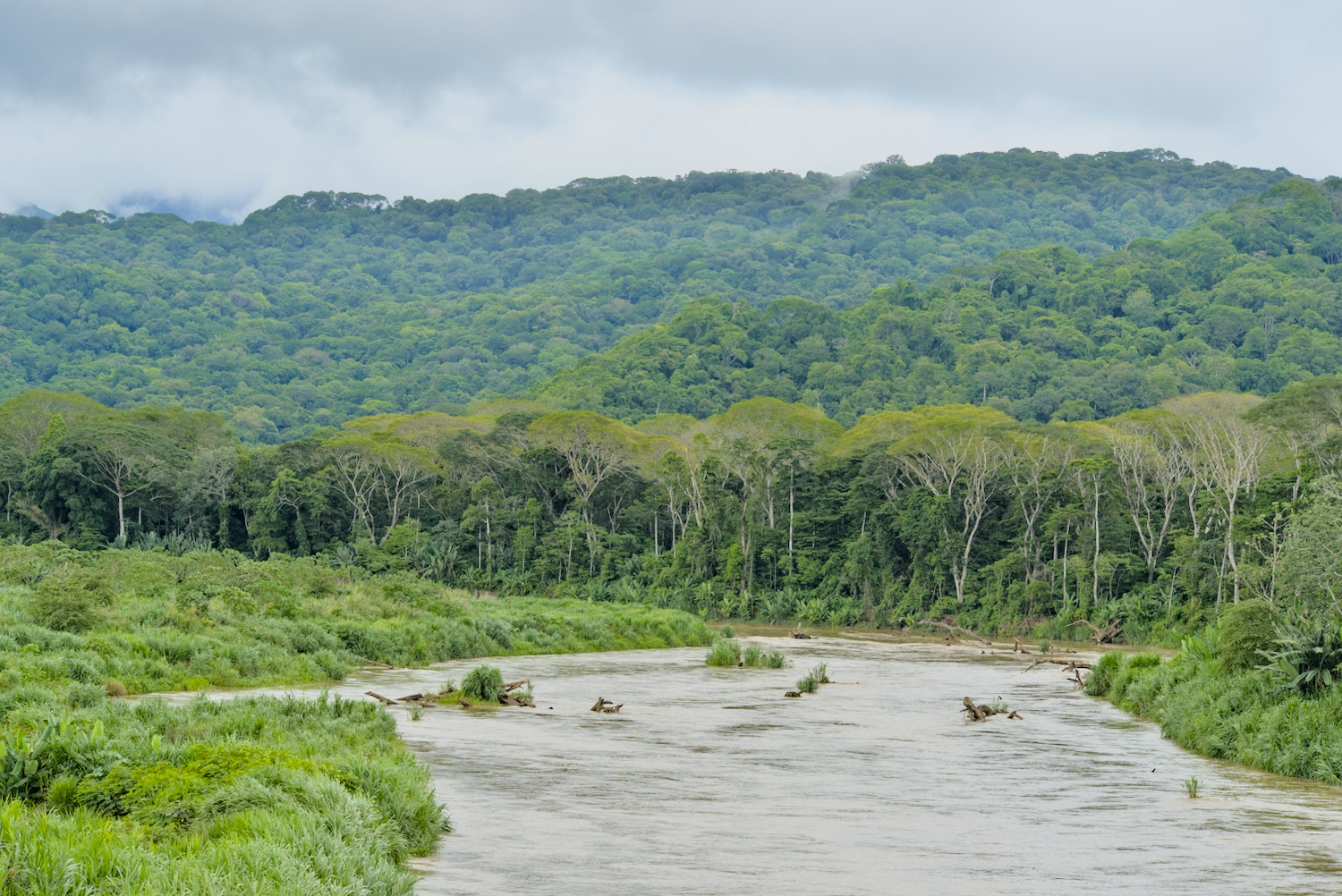
At Río Grande de Tárcoles.
Animals seem to lurk everywhere in Costa Rica, especially when you don’t expect them. I had pitched my tent for the night on a picturesque beach and had already fallen asleep to the sound of the waves. But then suddenly there was an unusual noise – something was scratching at the tent. I switched on my head torch and carefully opened the zip to see what it was, but couldn’t find anything. Shortly afterwards, the noise returned and now I saw movement under a corner of the tent. Was someone trying to get in from underneath? I stuck my head out again and discovered a crab crawling out from under the tent. So Mr Cycle Traveller had unsuspectingly erected his palace directly above that of the locals – no wonder it was now scratching at the tent. And anyone who thinks that a small crab can’t make that much noise has never had a much smaller cockchafer in their tent.
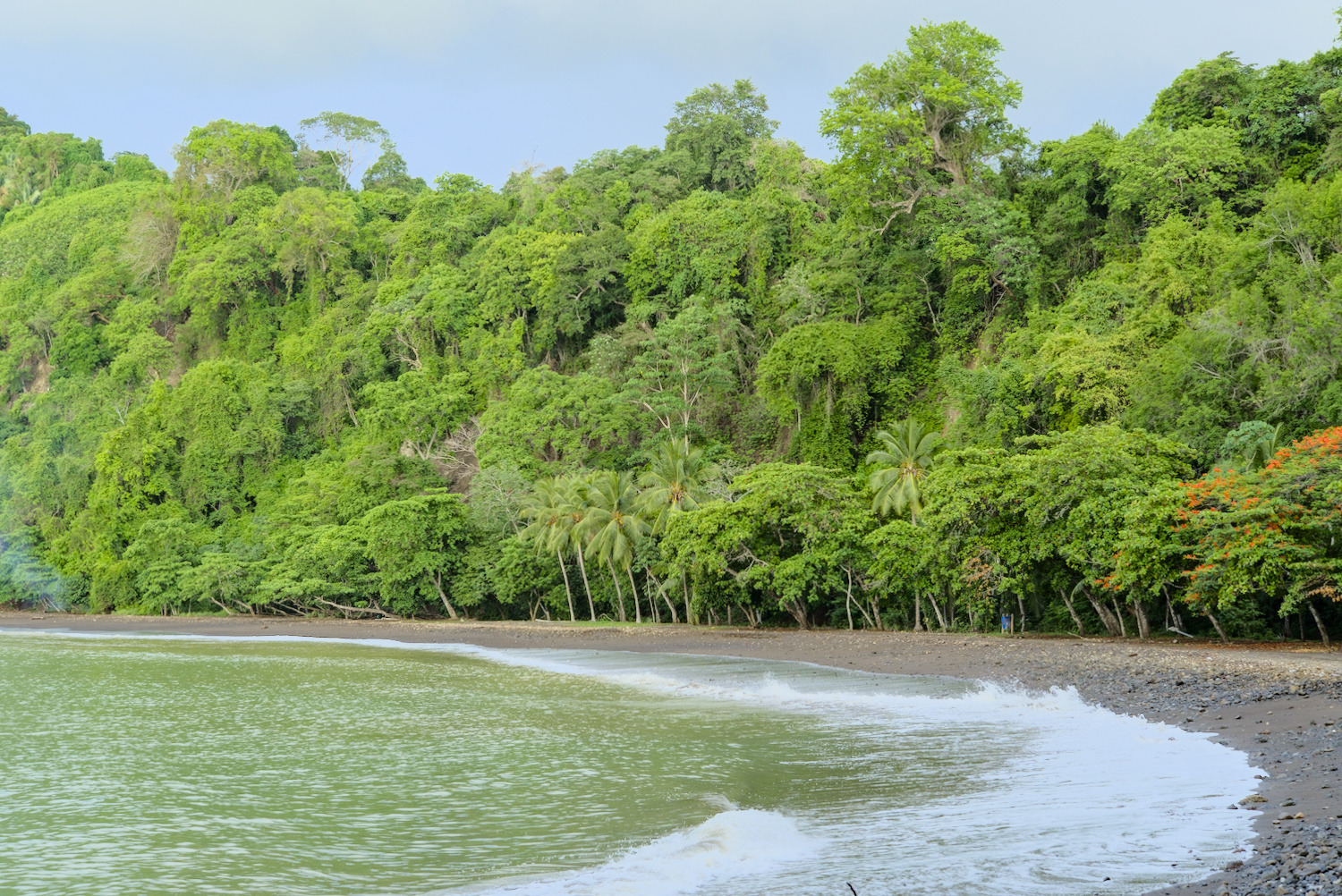
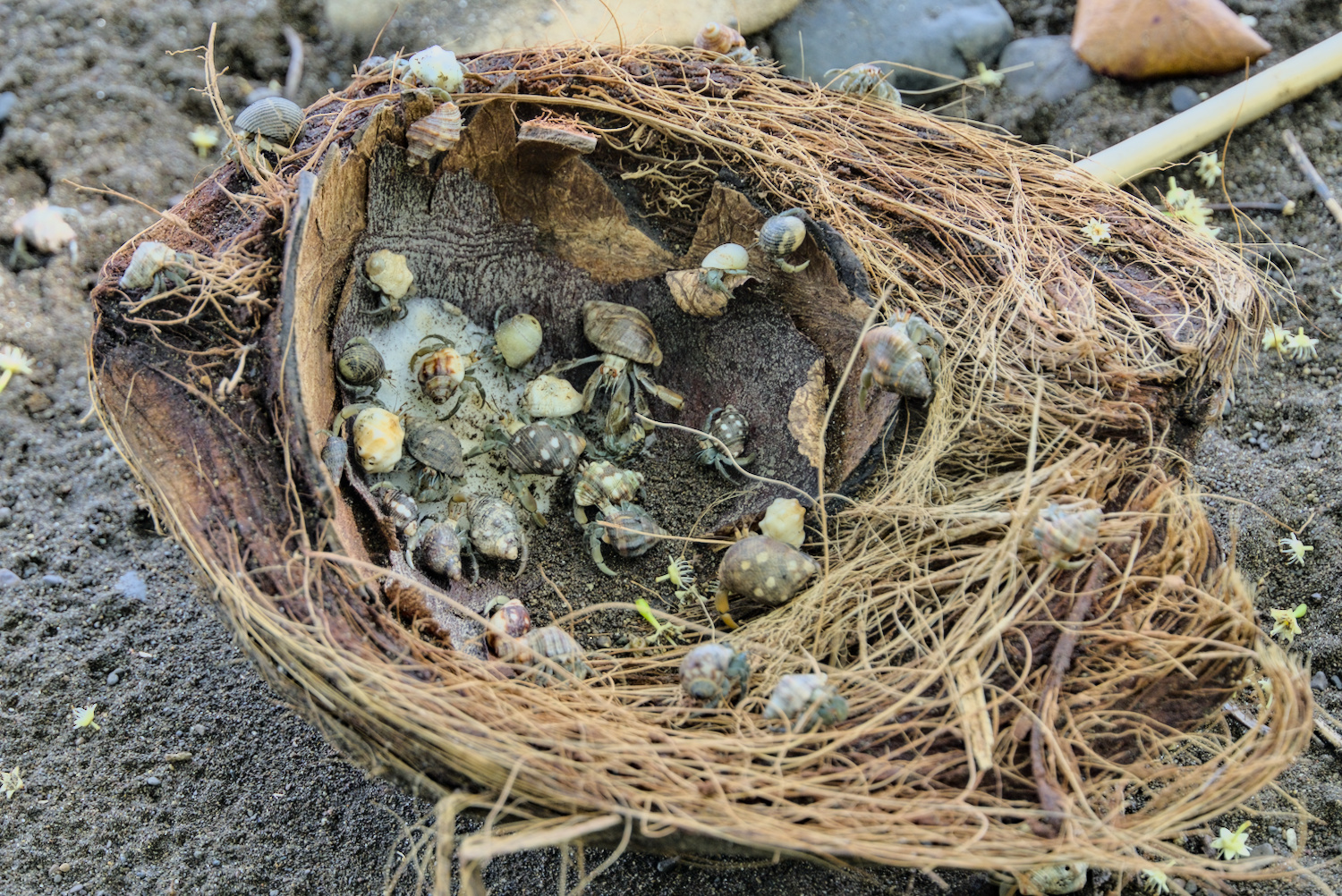
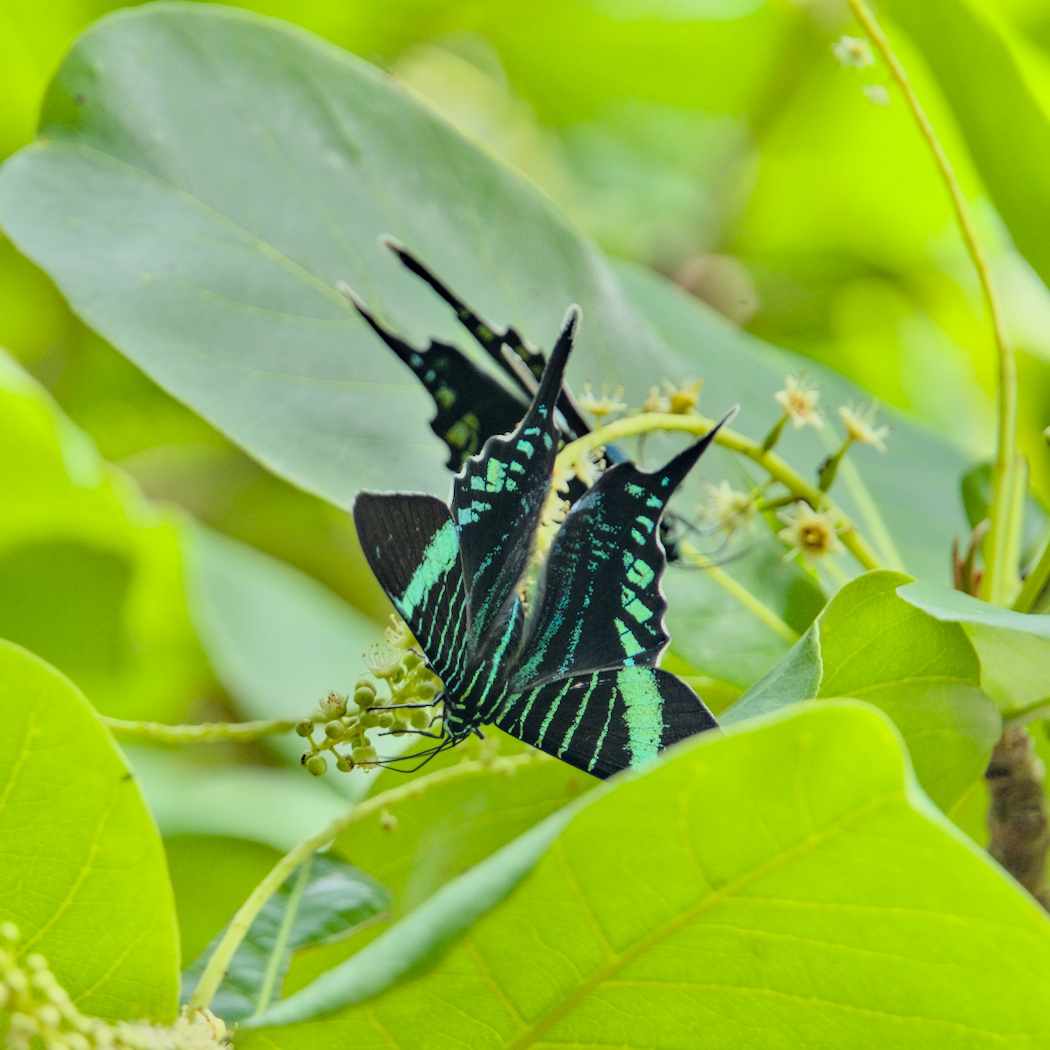
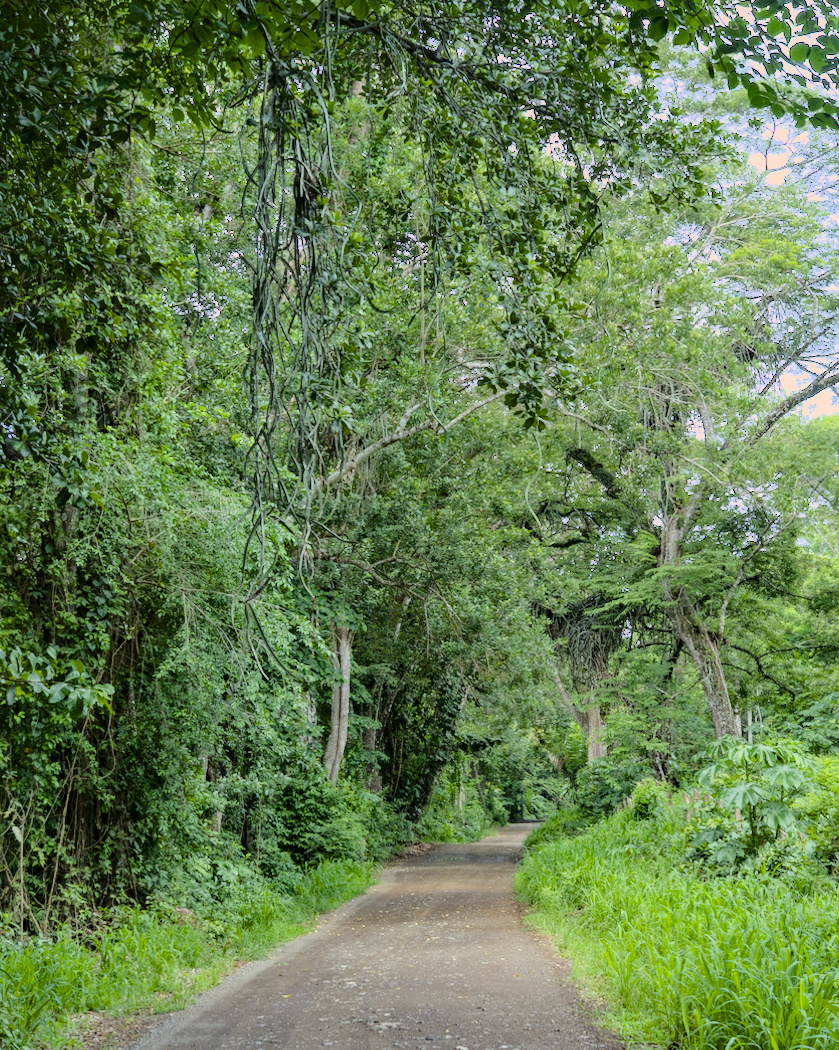
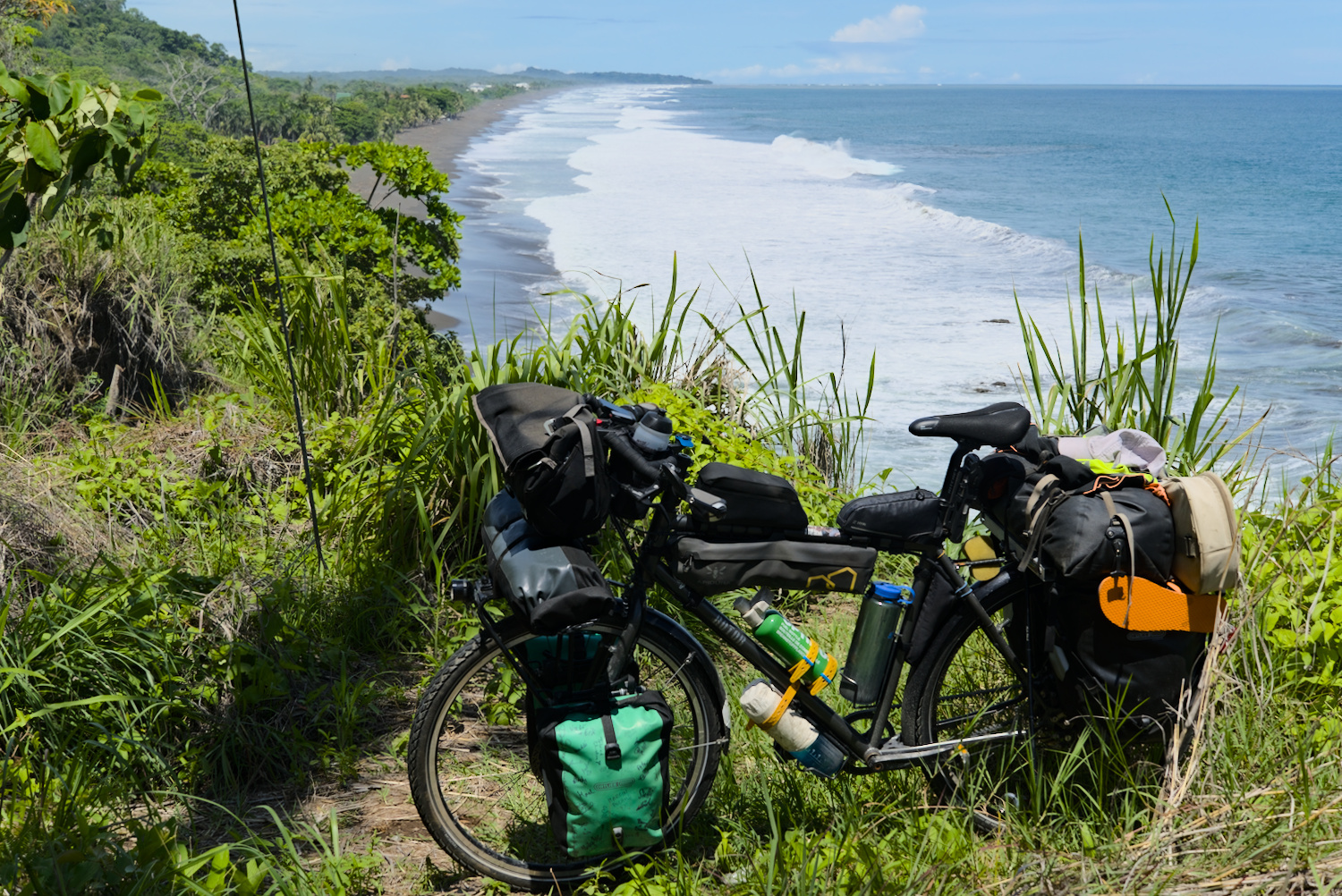
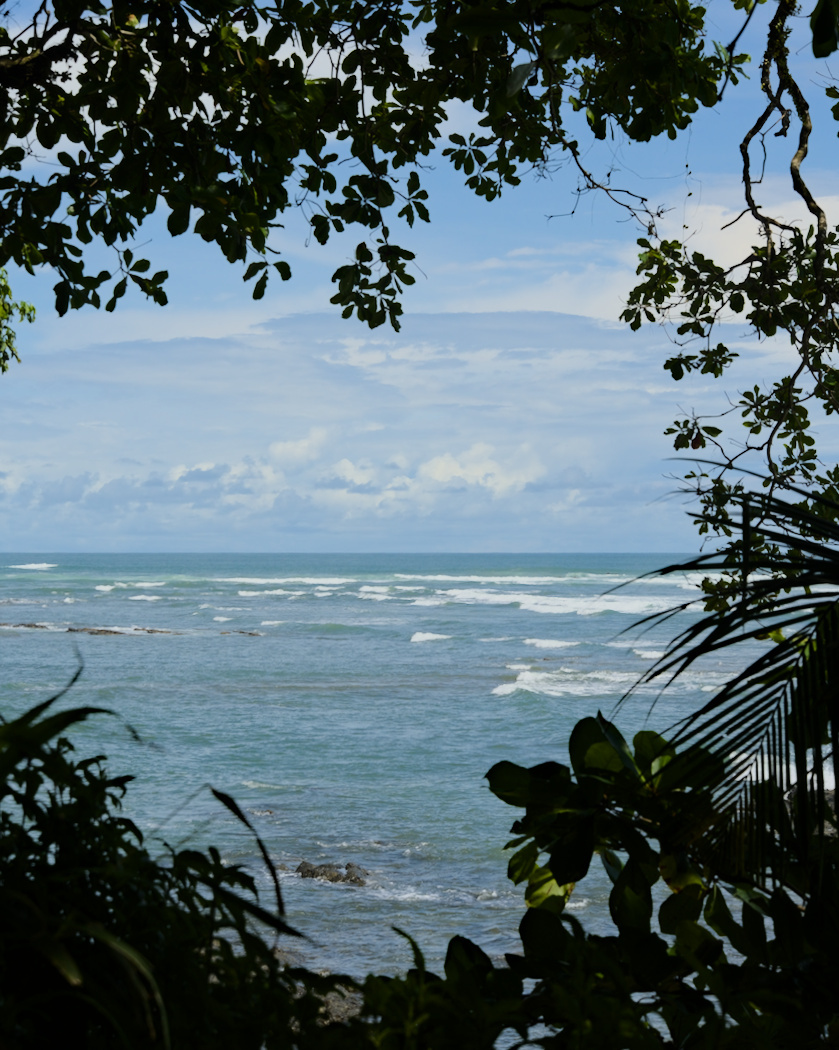
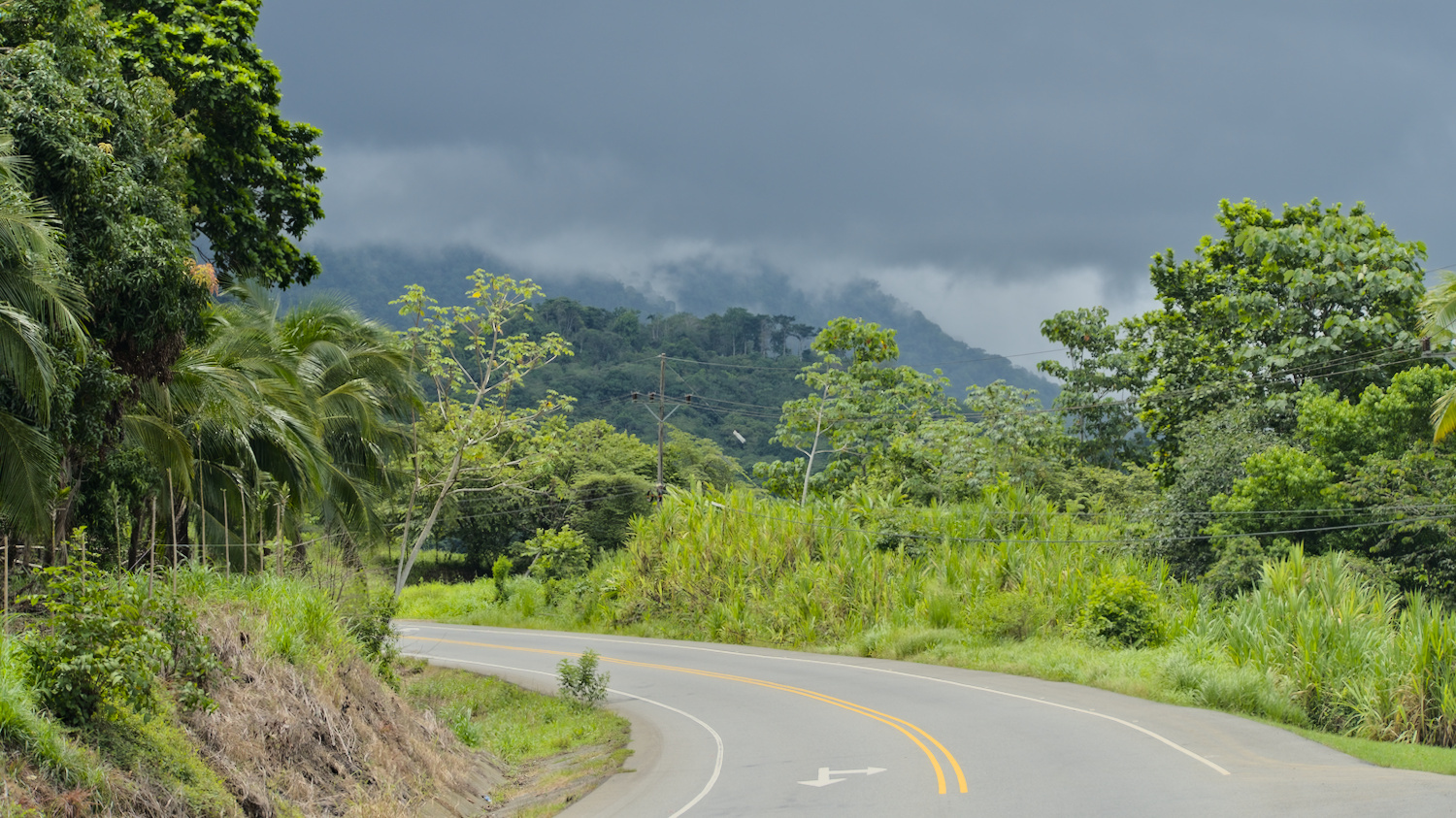
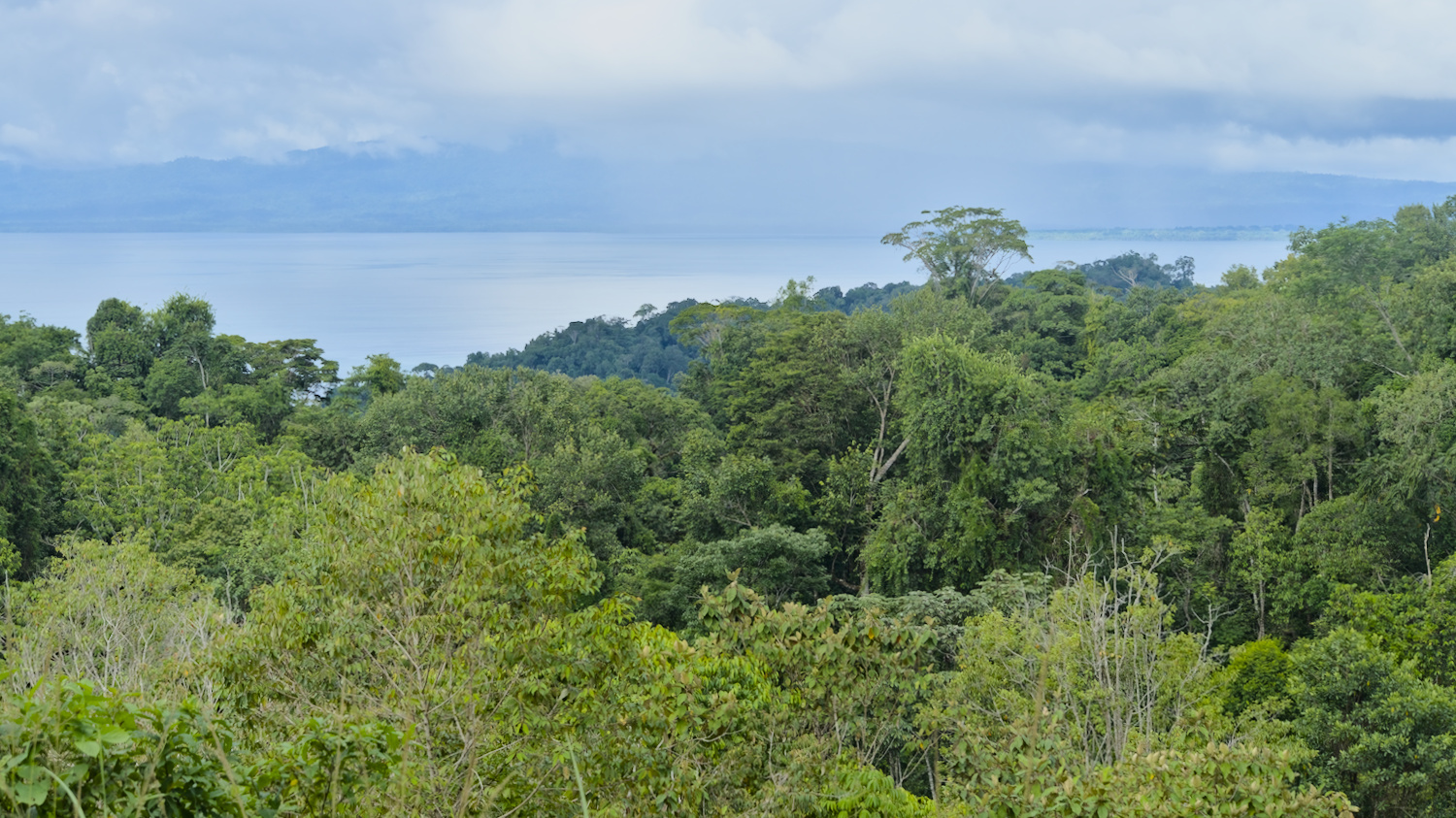
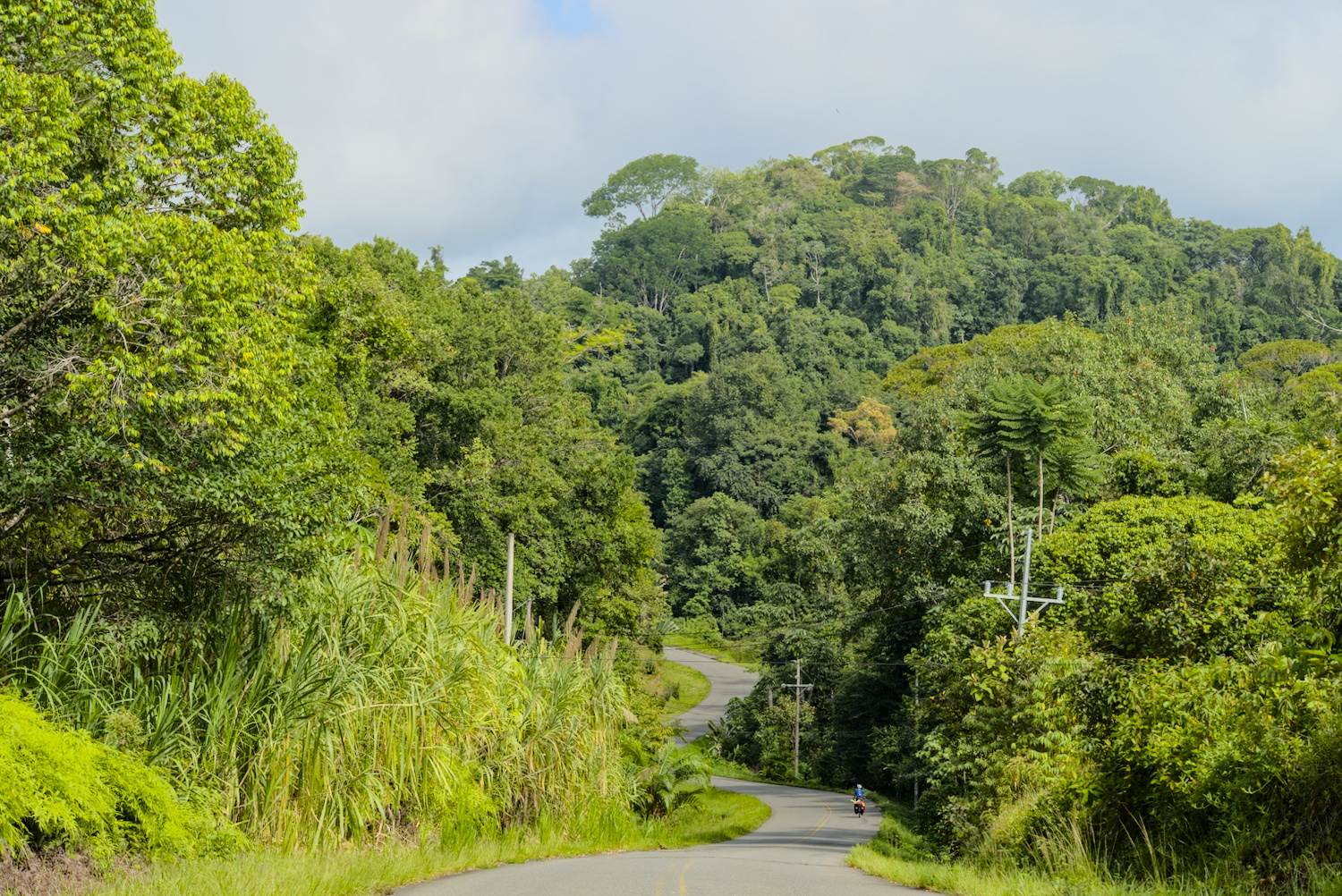
In contrast, my last fascinating wildlife observation in Costa Rica was completely silent. It was the penultimate day in the country and I was travelling in the company of François, a cyclist from Belgium. After a sweat-inducing climb, we were enjoying a refreshing swim in a bay on the Osa Peninsula when two mighty birds landed right on the shore: Toucans! I had already seen them flying from a distance in Mexico and Belize and here they were sitting right in front of our noses in the bushes on the shore. I tried to leave the water as slowly and inconspicuously as possible to get my camera. But see for yourself:
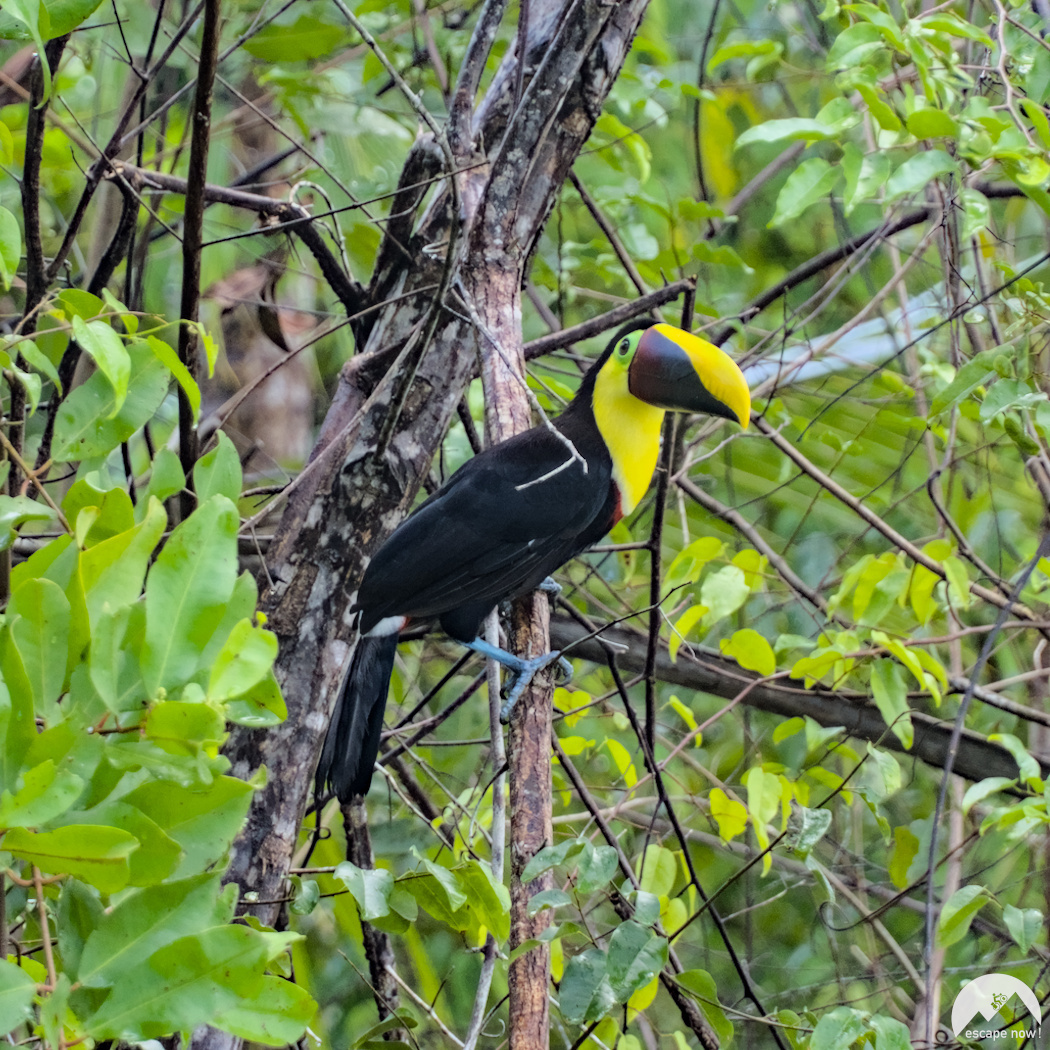
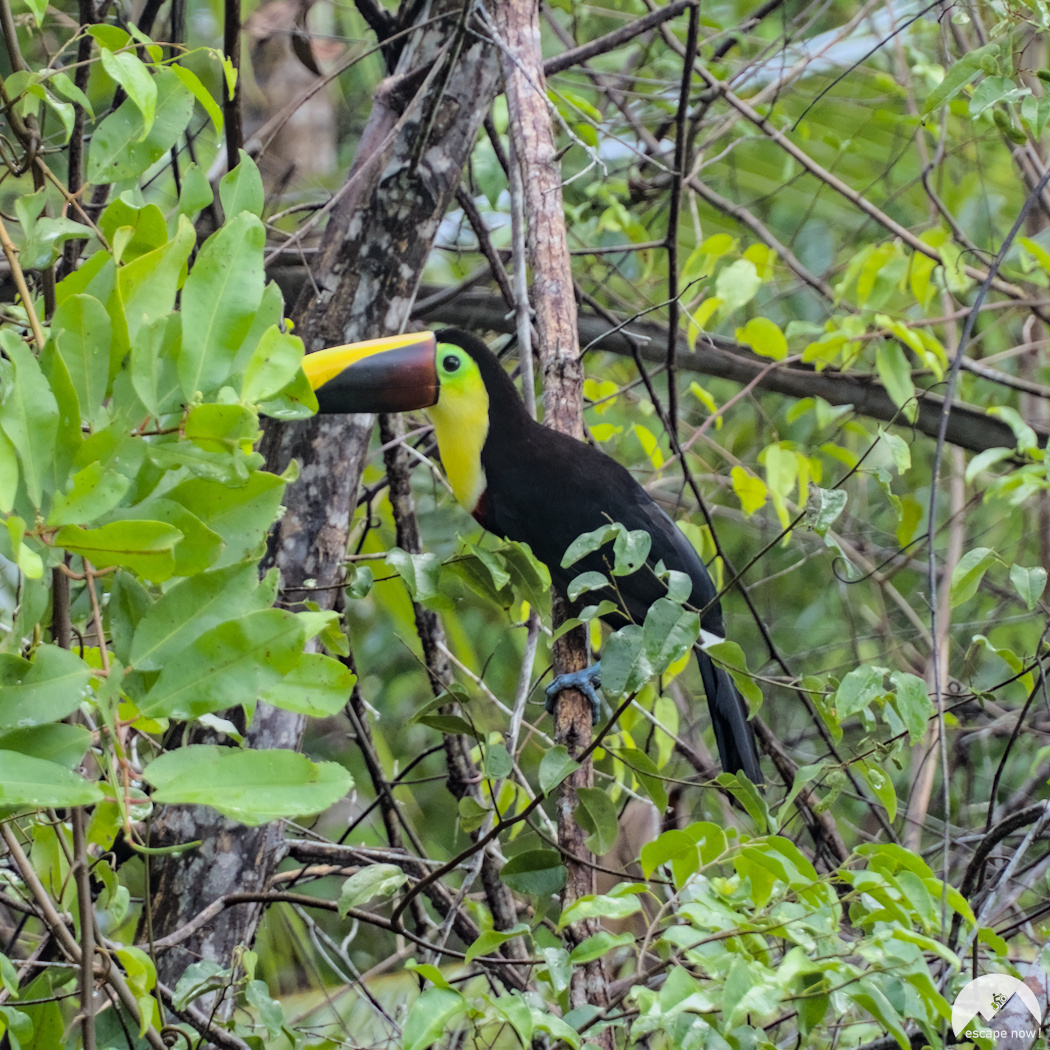
Costa Rica surprised me with its intense green landscapes, the countless animals and the rather tidy overall impression. With a somewhat more opulent travel budget, guided tours for targeted animal observation in the various national parks are definitely worthwhile.
Travel time: May/June 2024
- Wikipedia: Costa Rica[↩]
- The Costa Rica News: The Environmentally-Friendly Costa Rican Economy[↩]
- Wikipedia: Conservation in Costa Rica[↩]
- UN Enviroment Programme: Costa Rica named ‘UN Champion of the Earth’ for pioneering role in fighting climate change[↩]


Leave a Reply